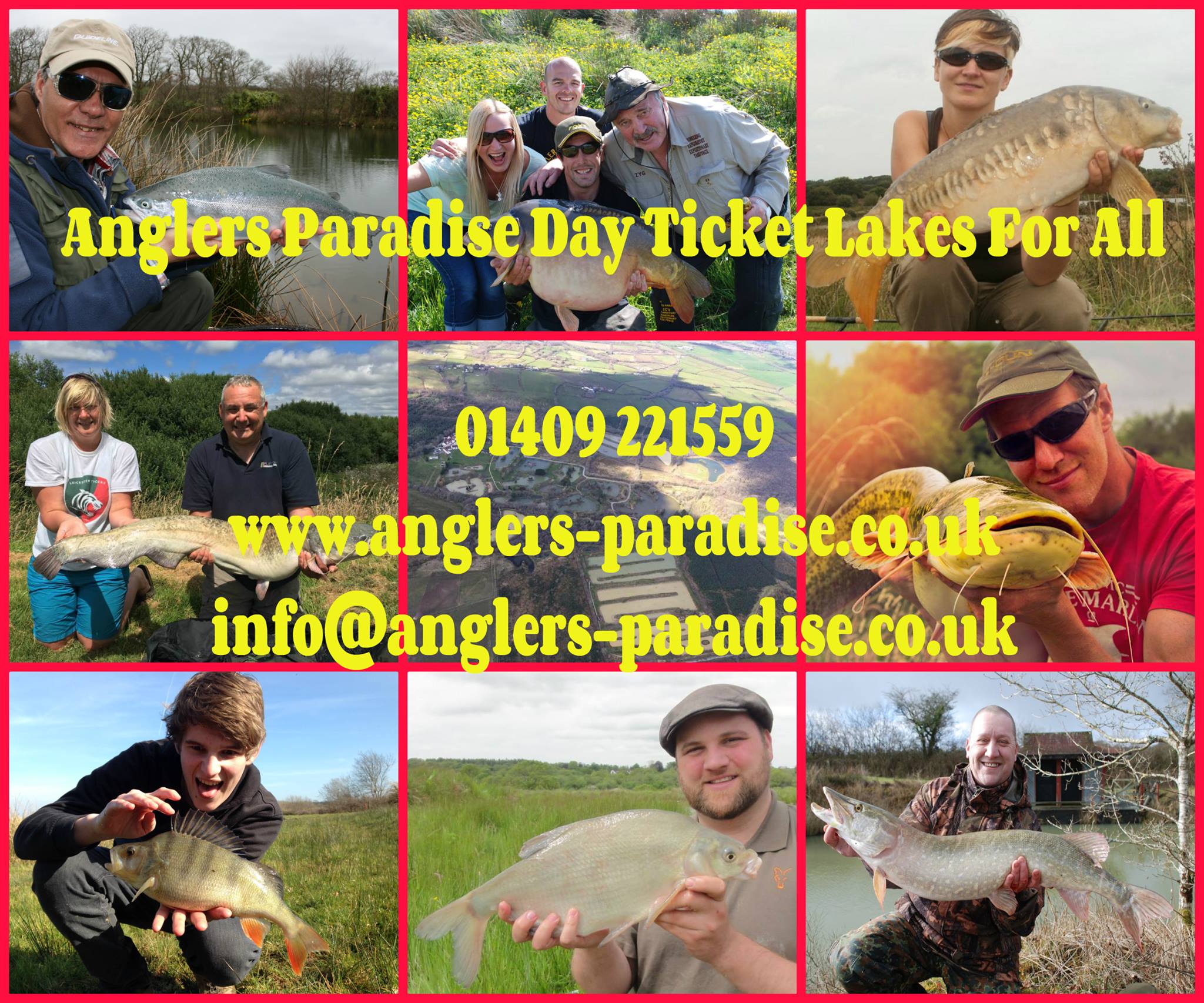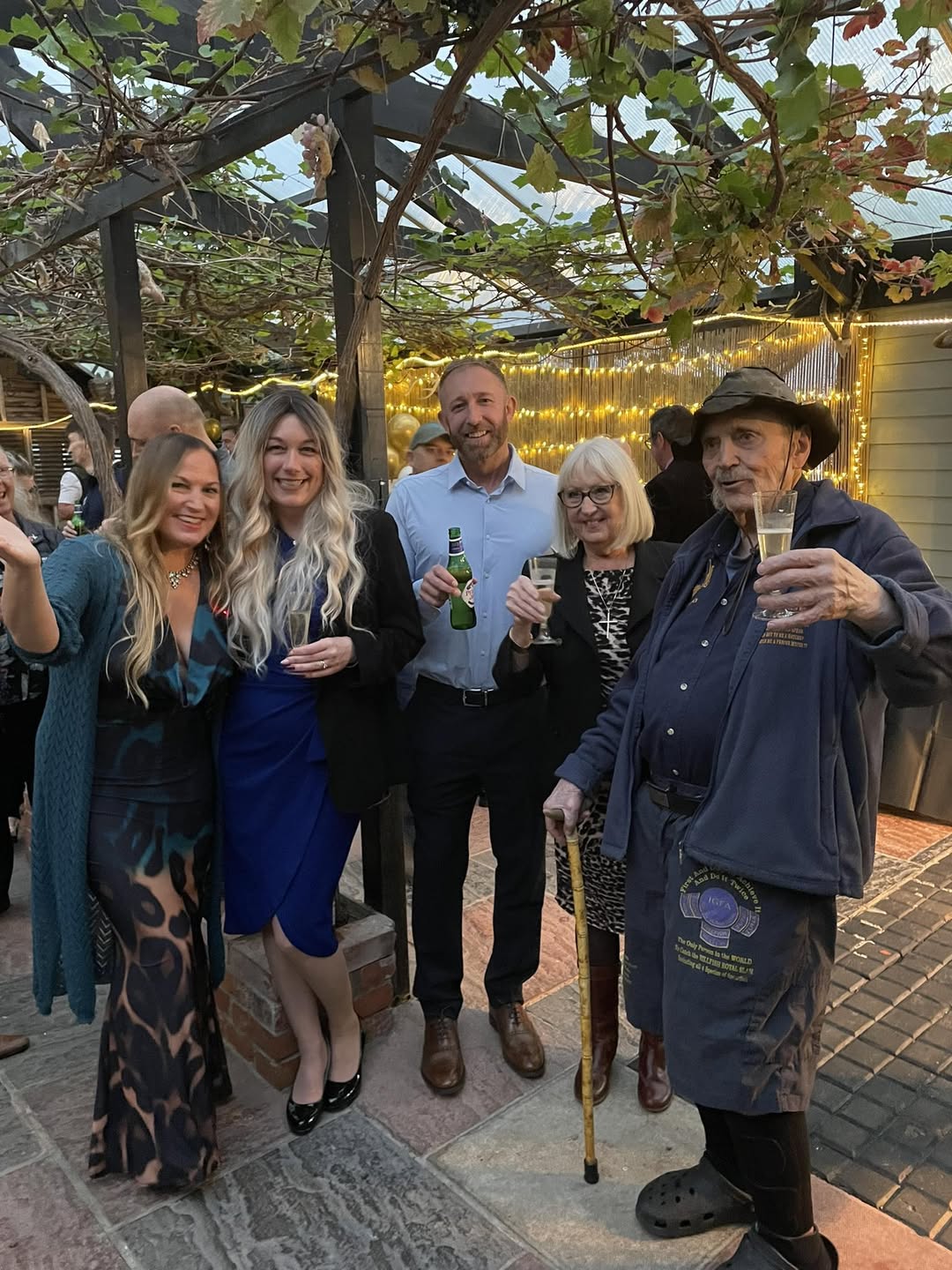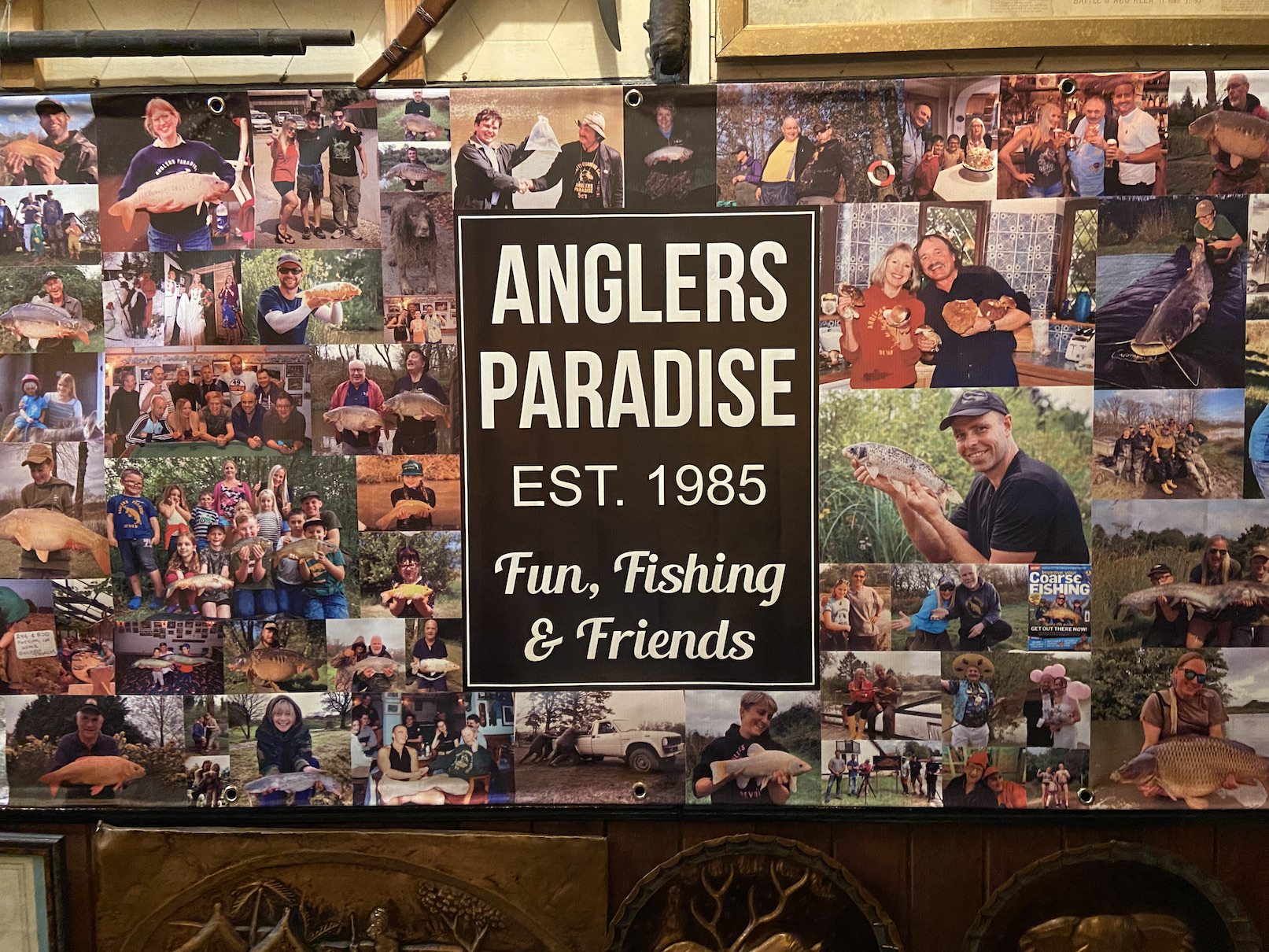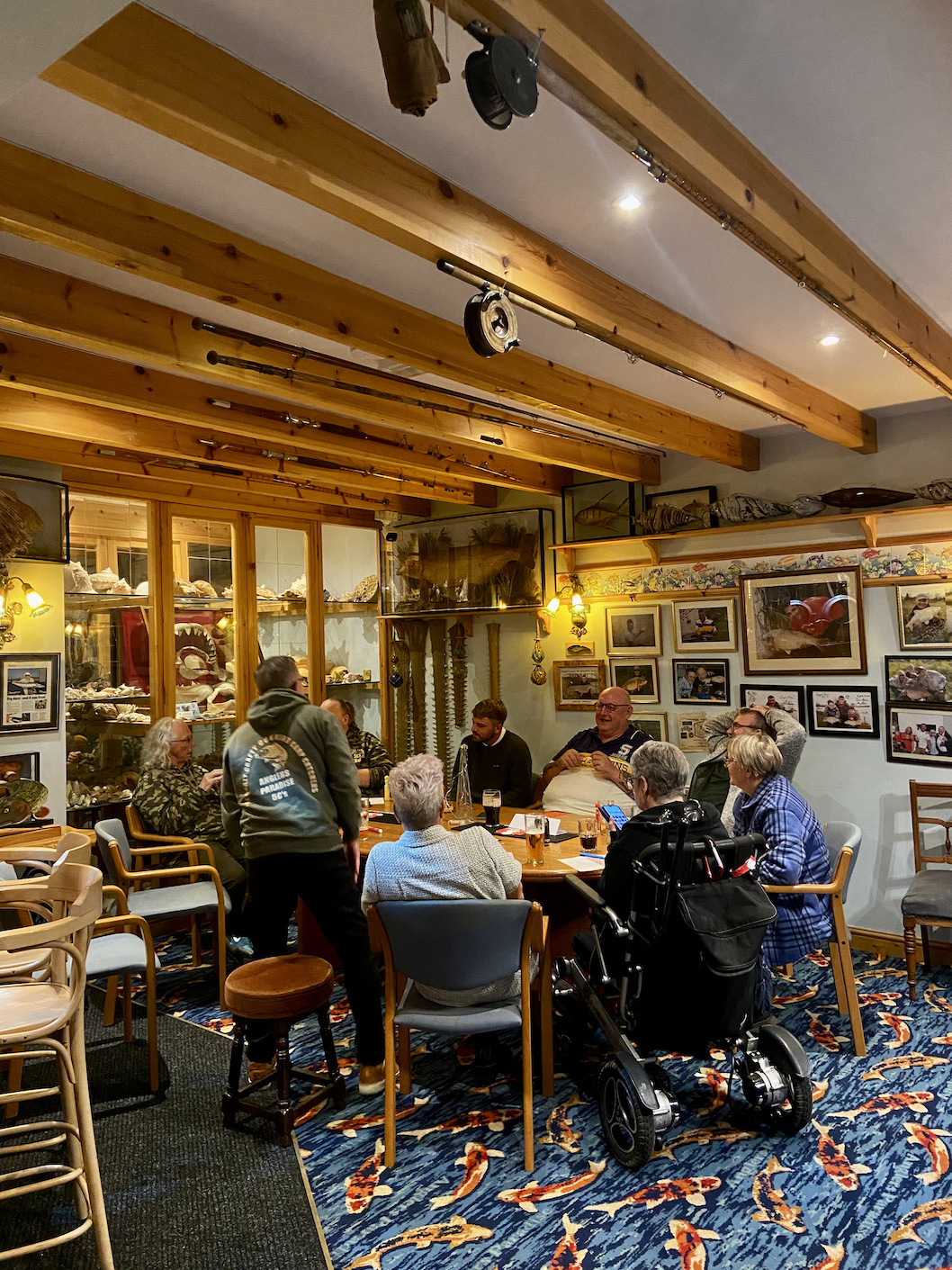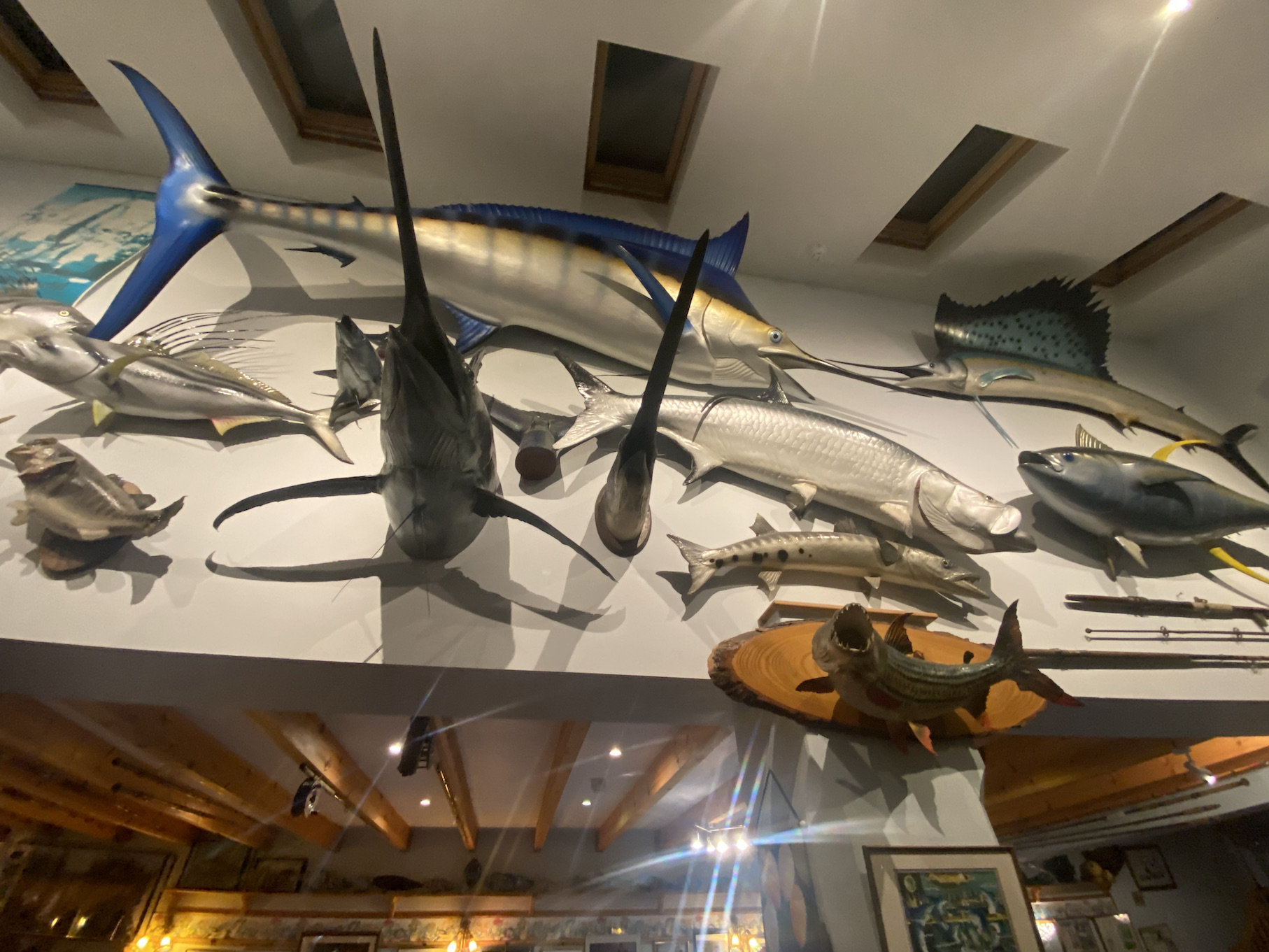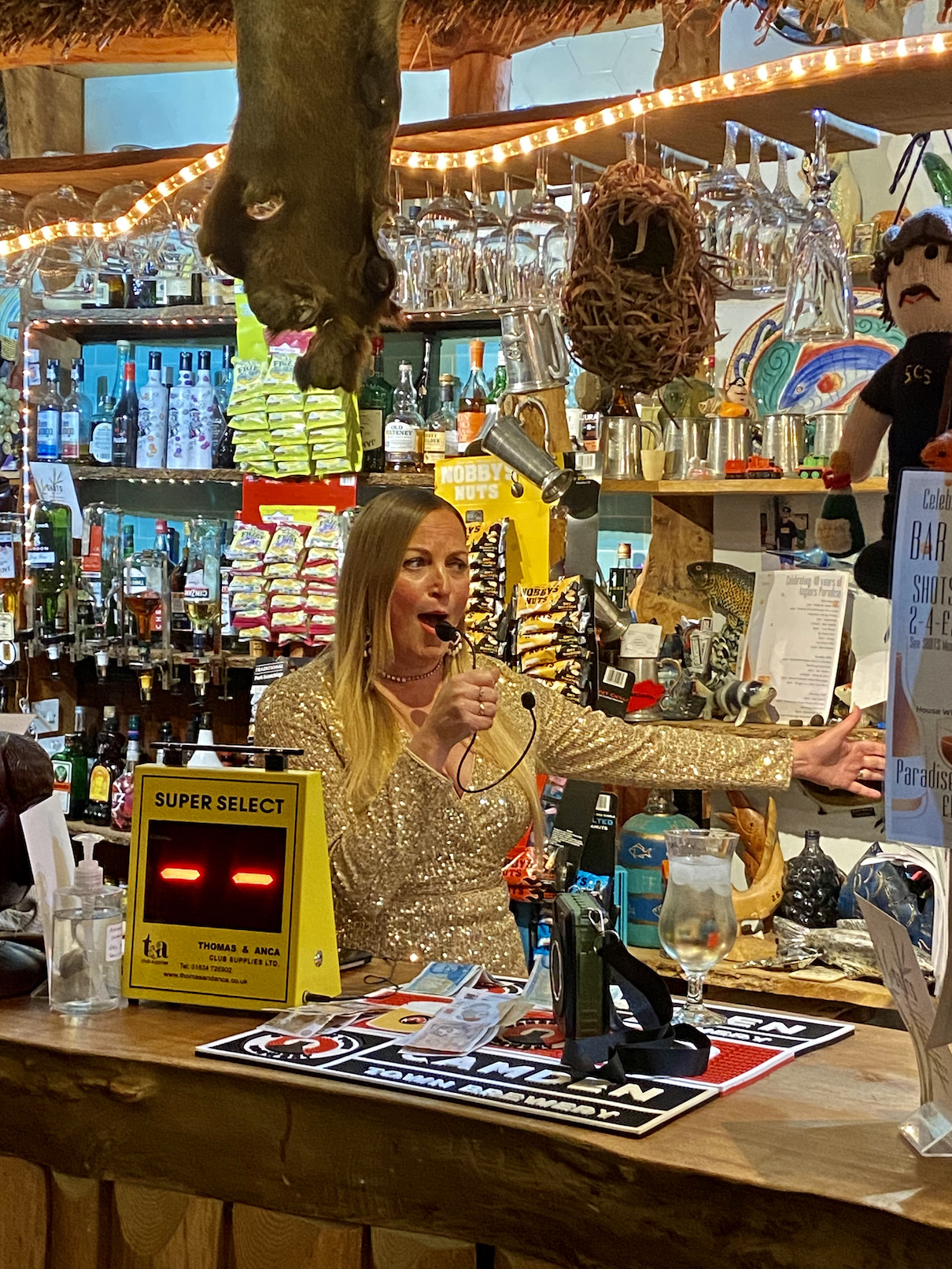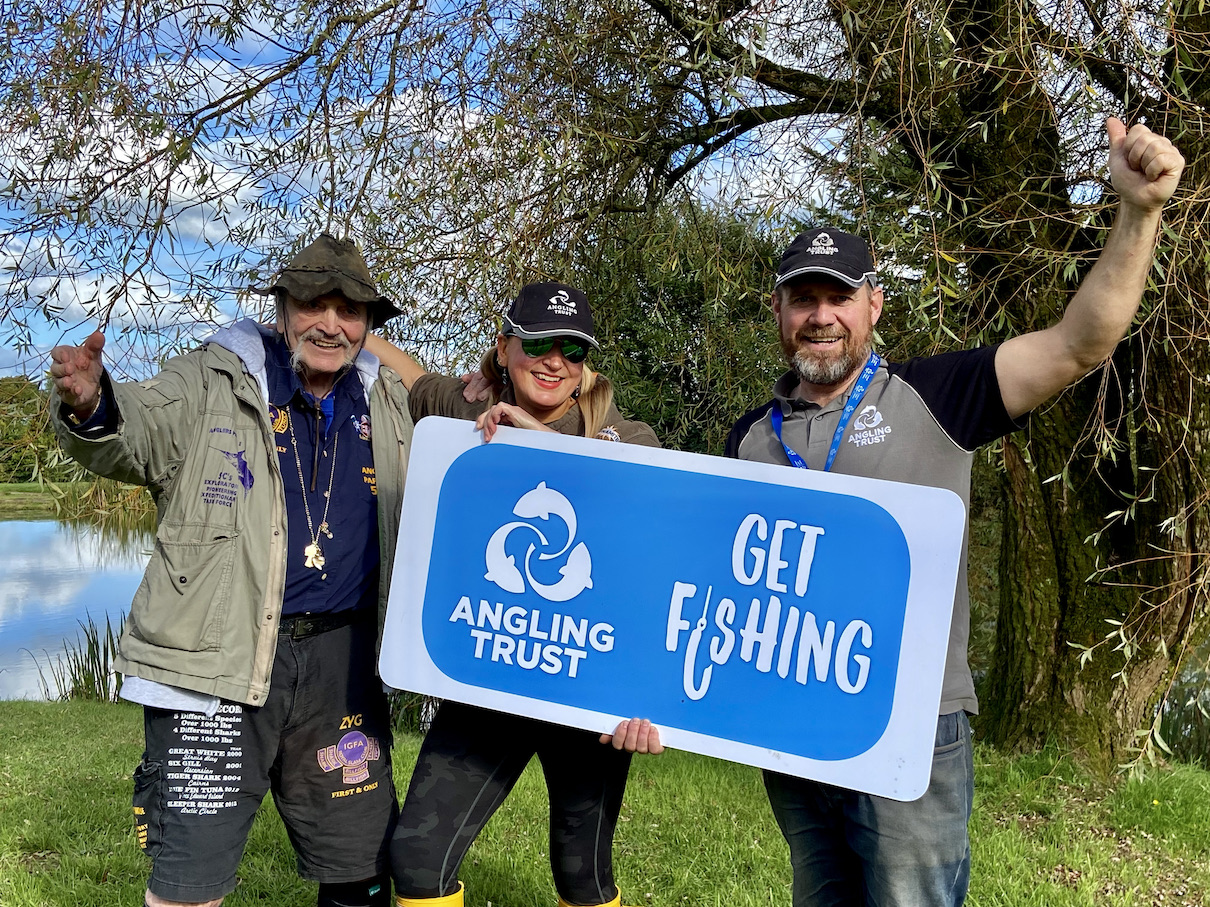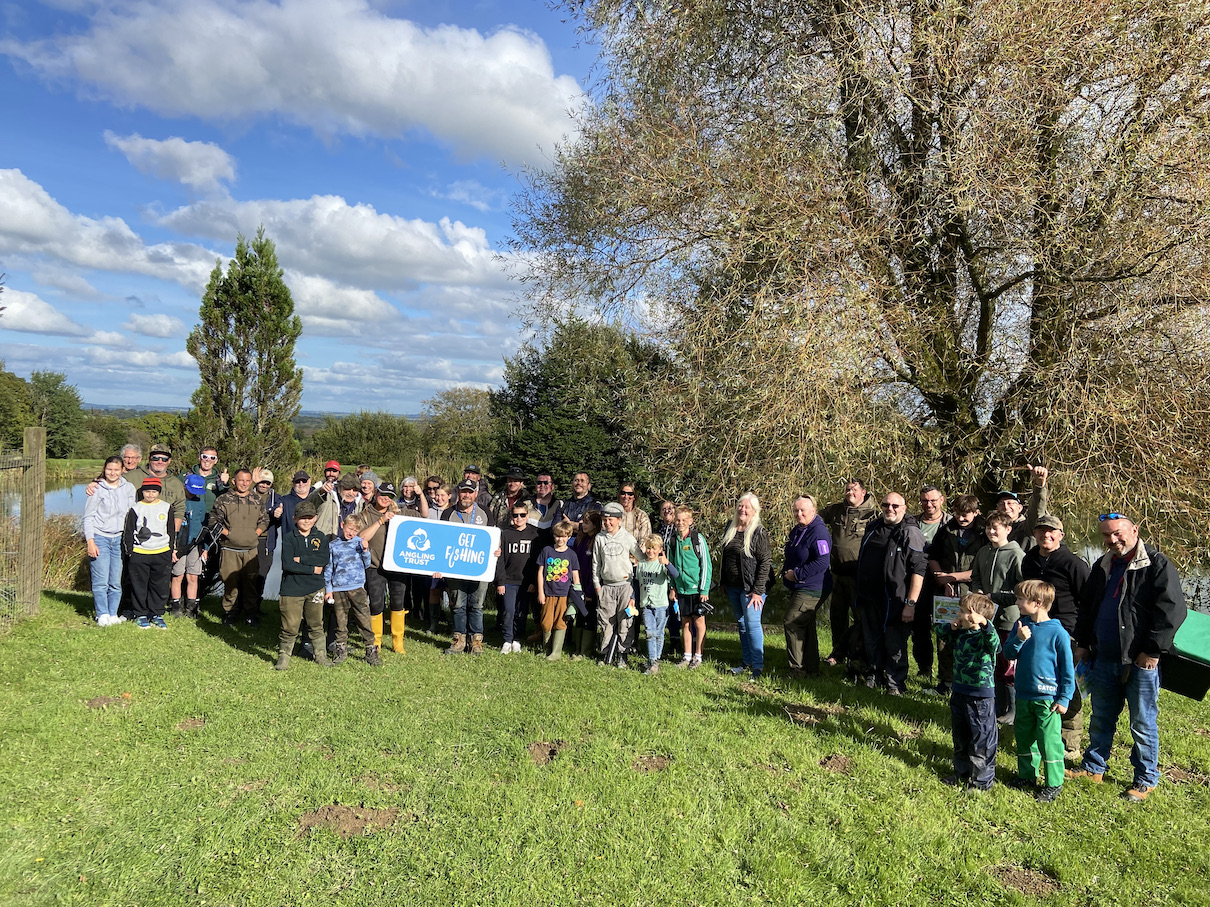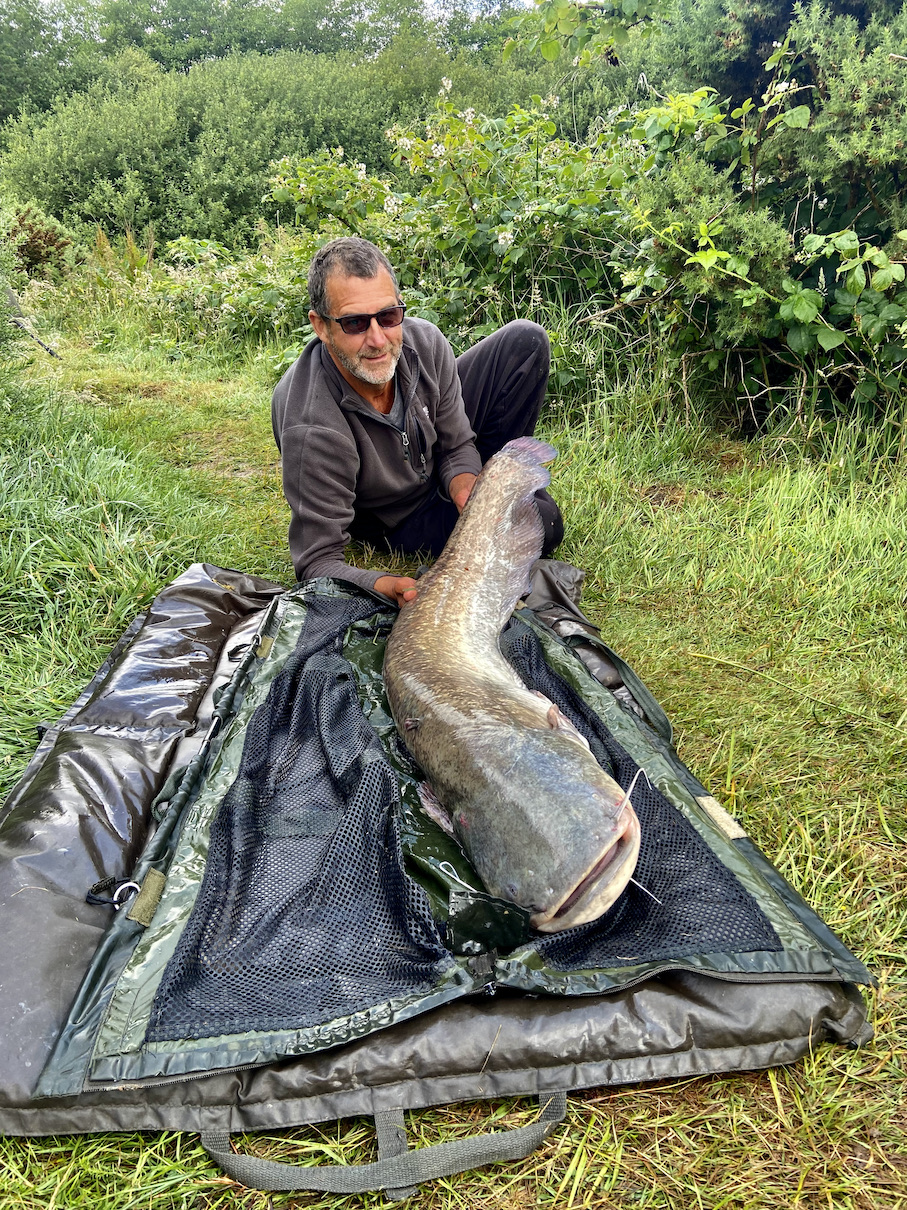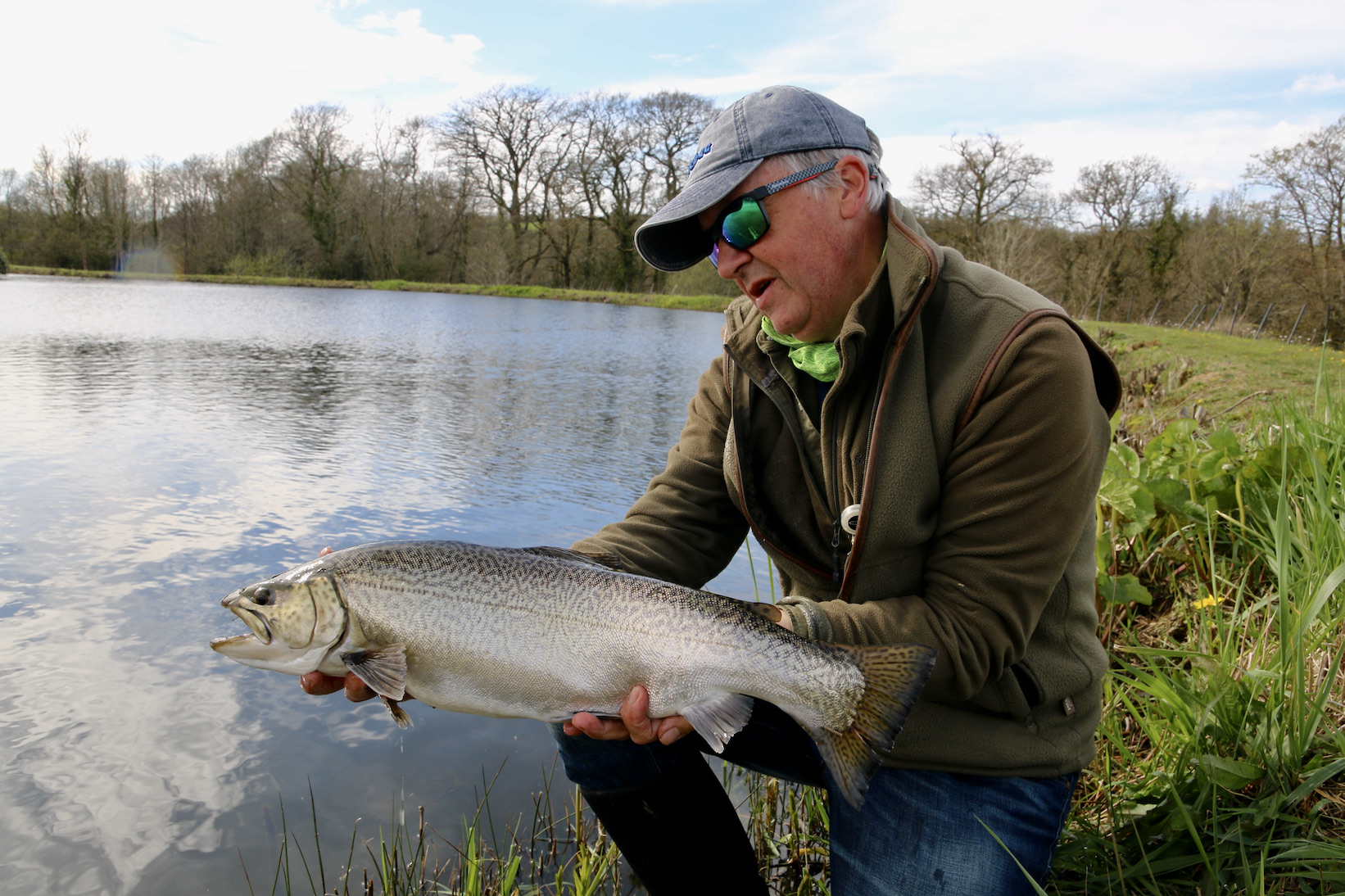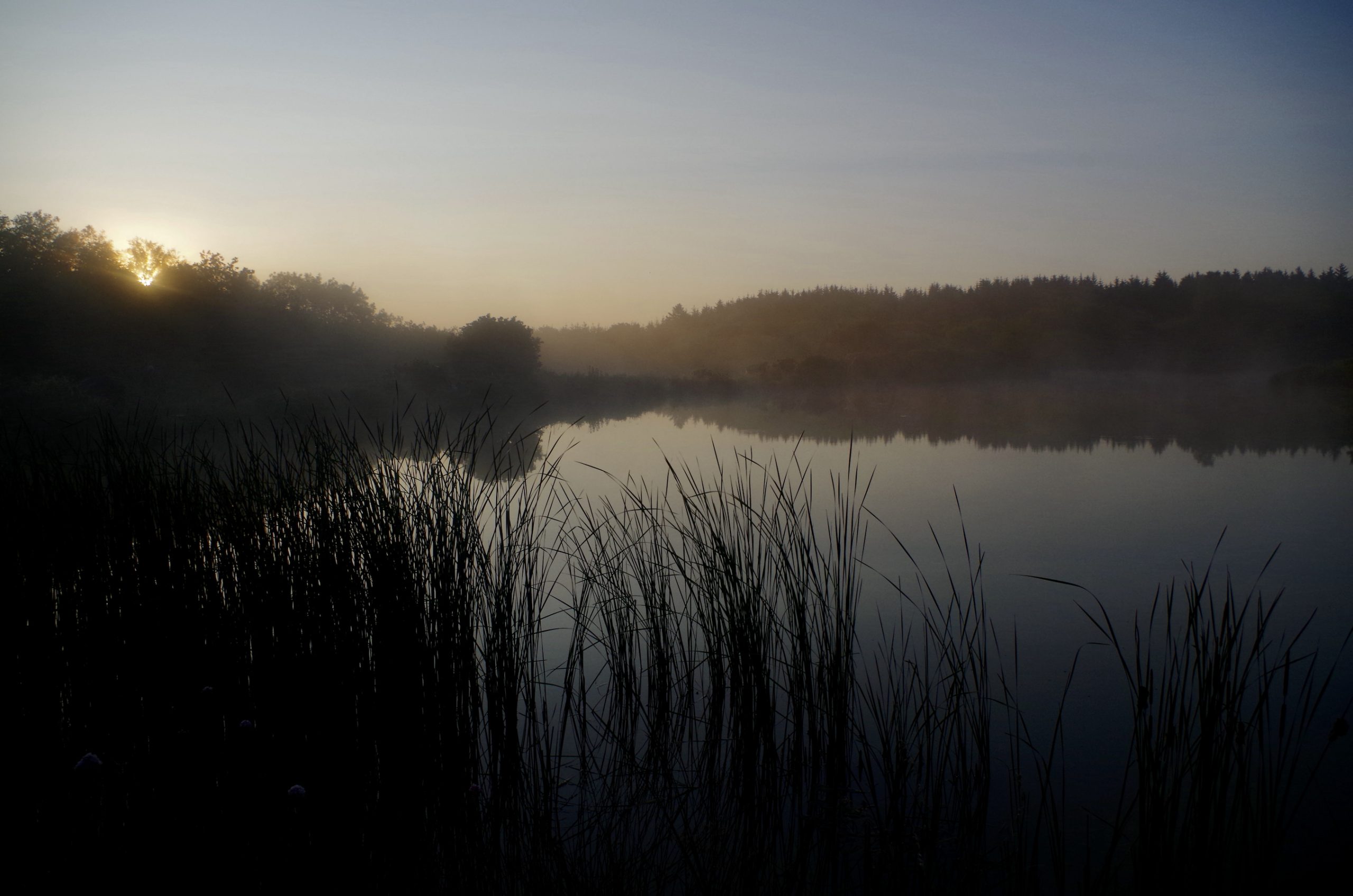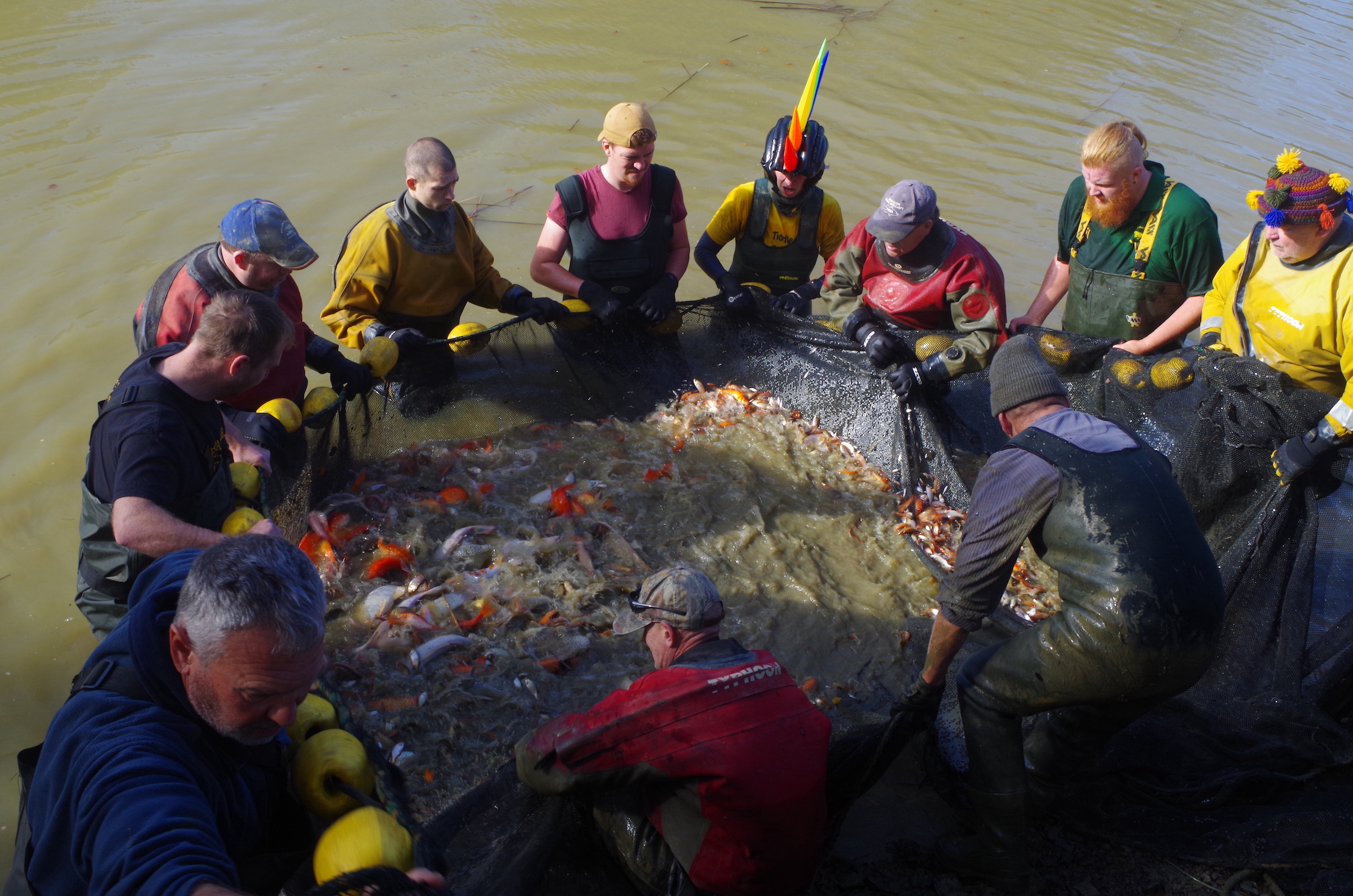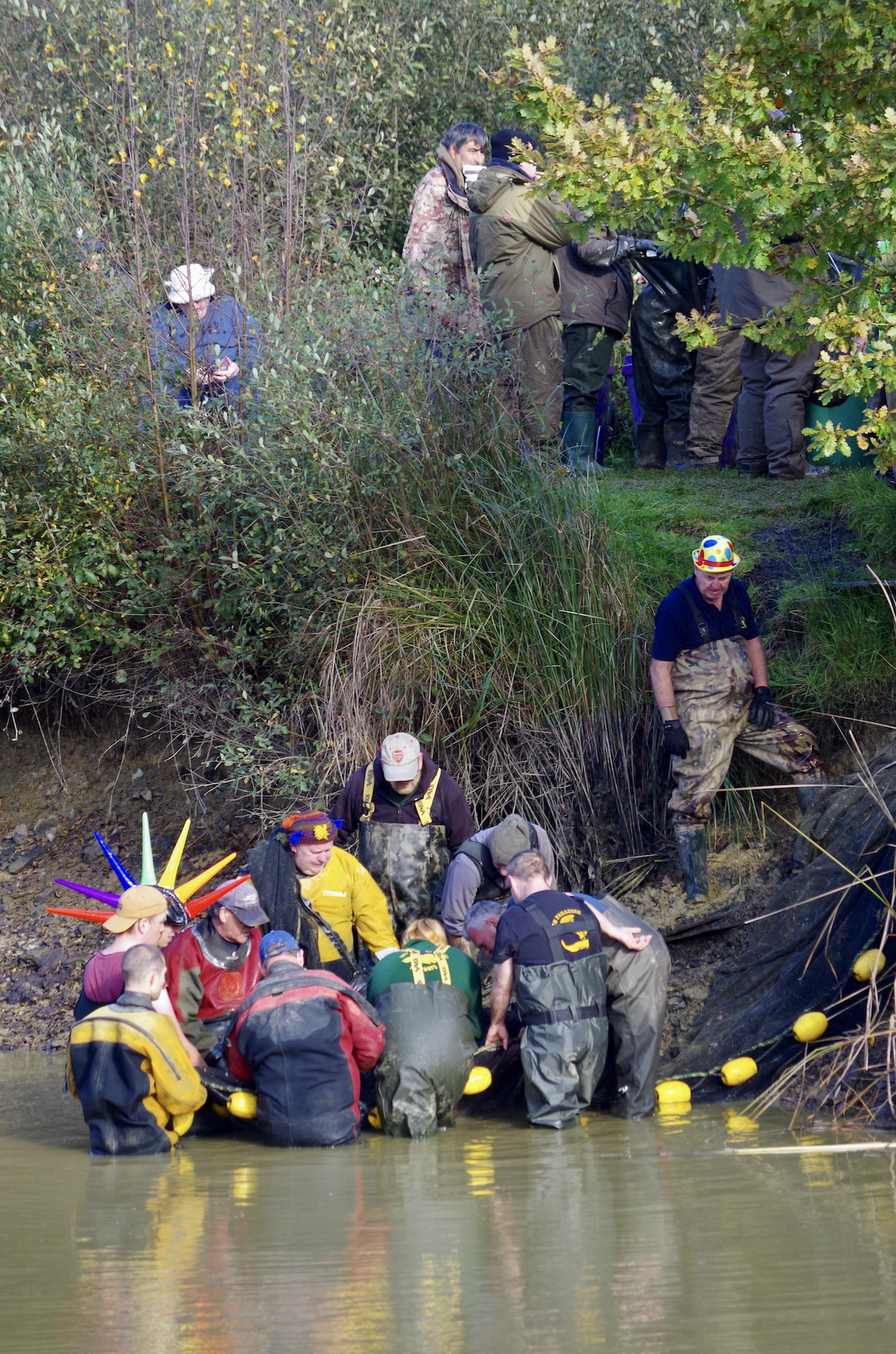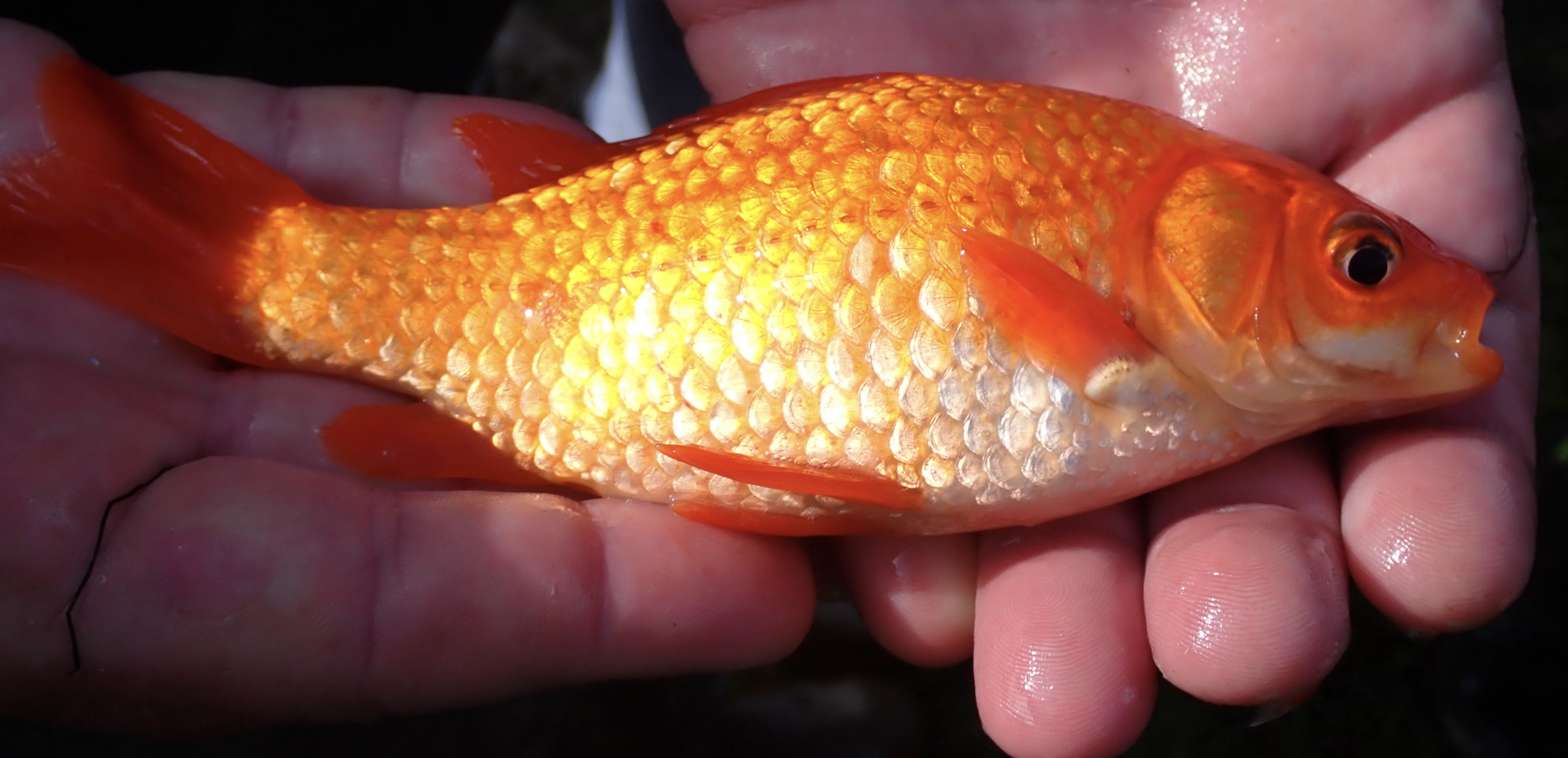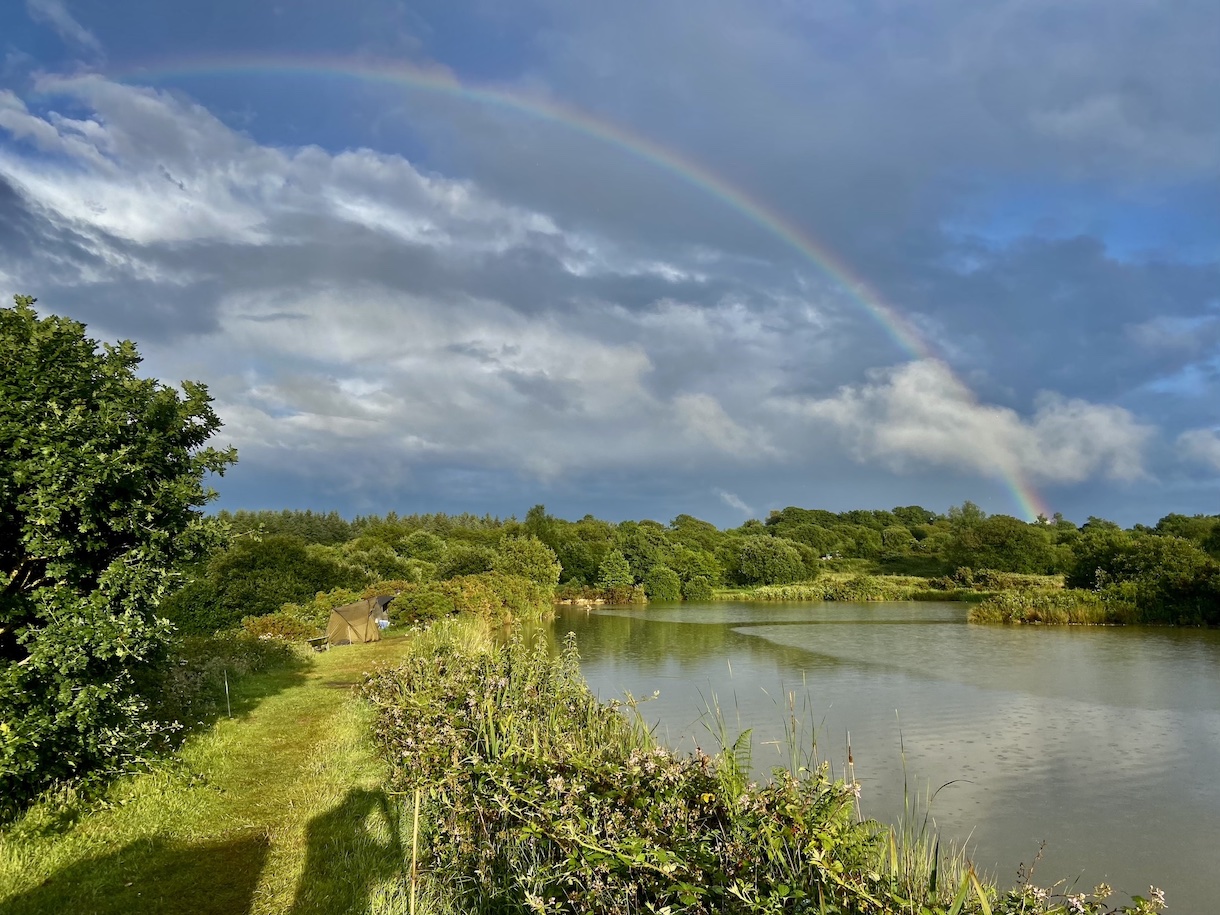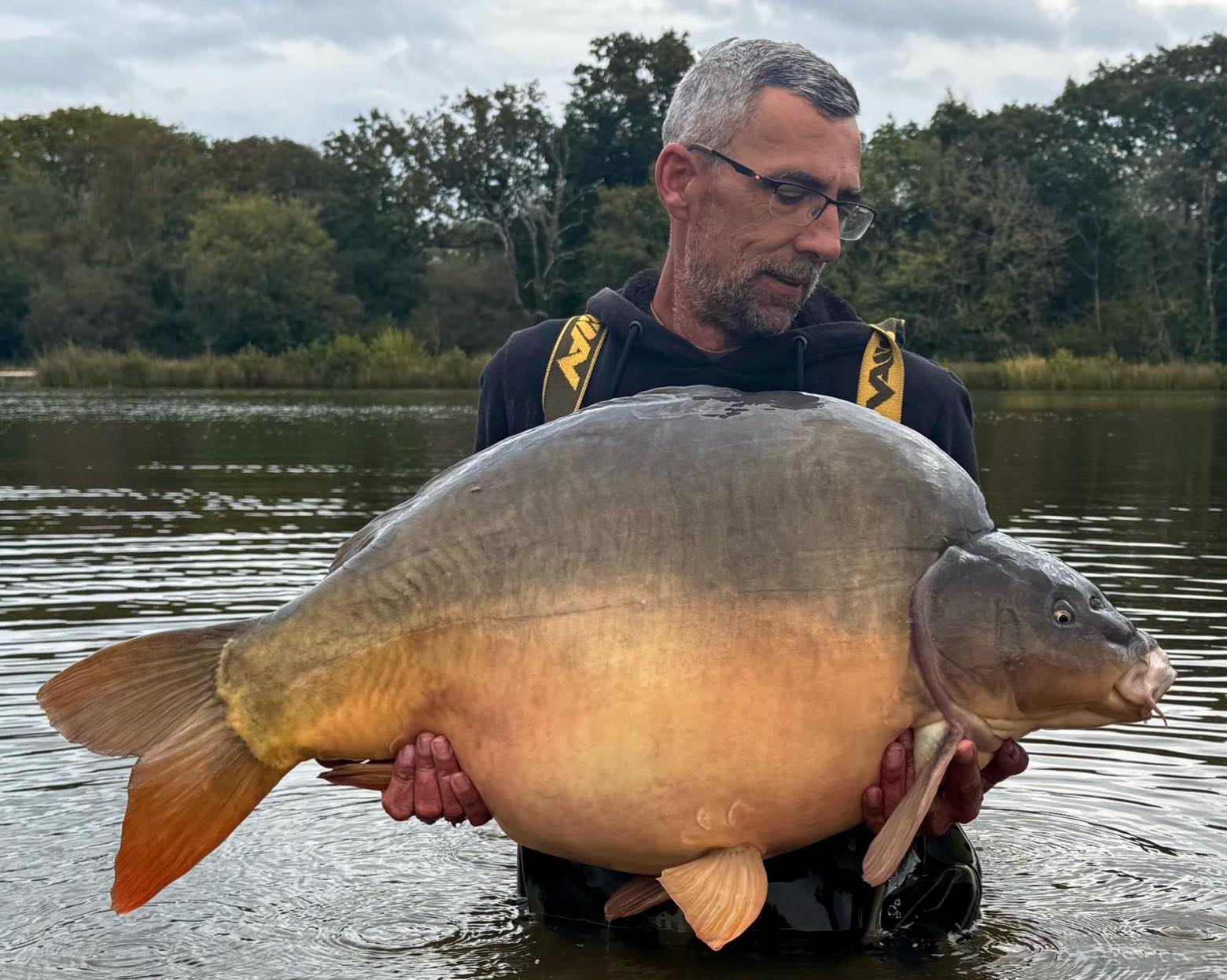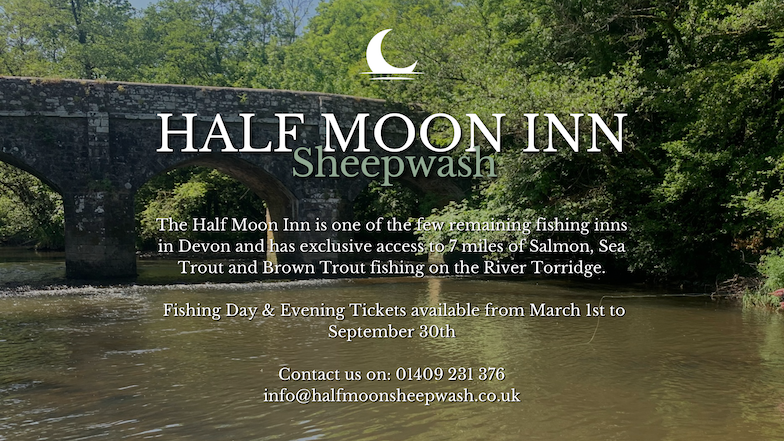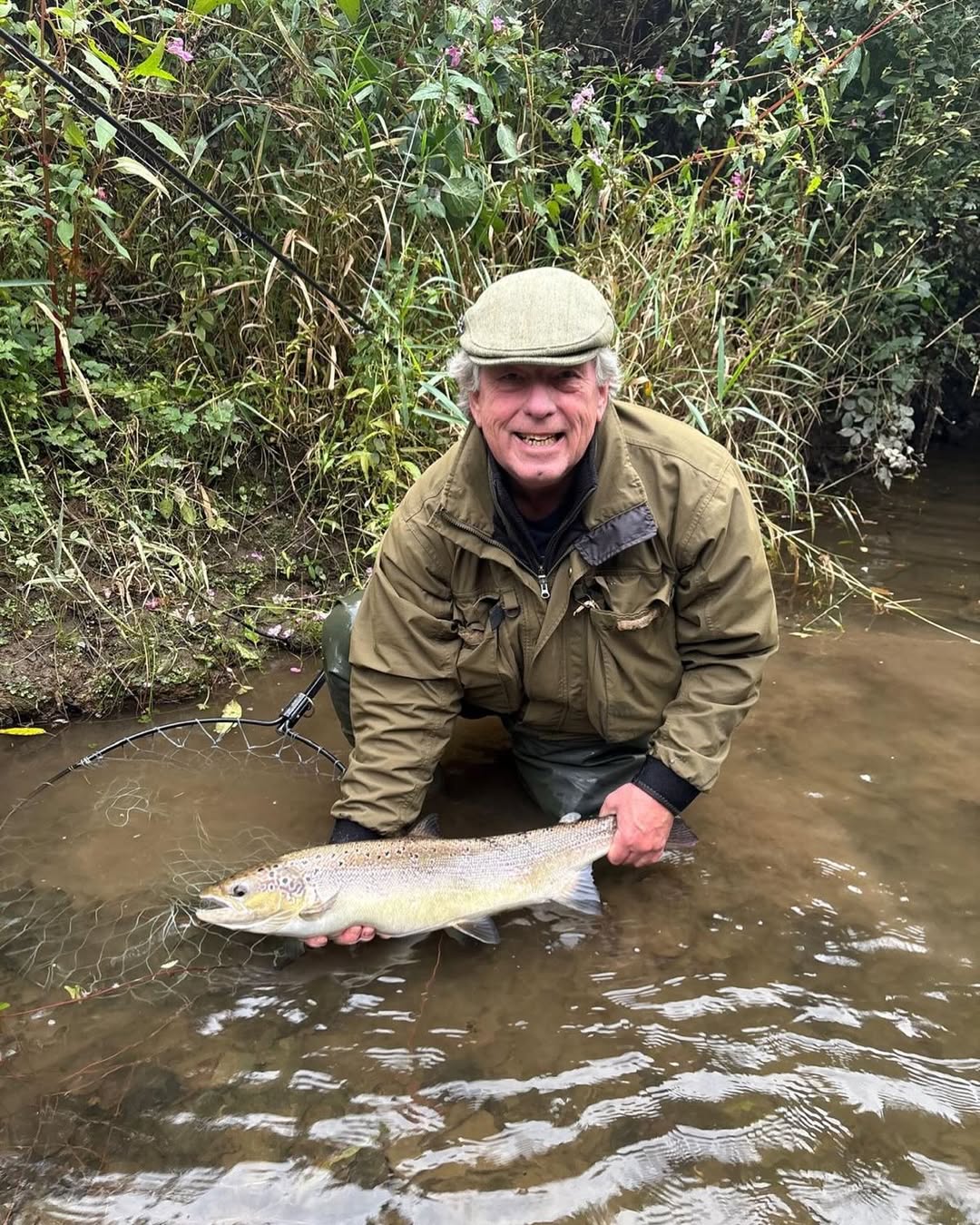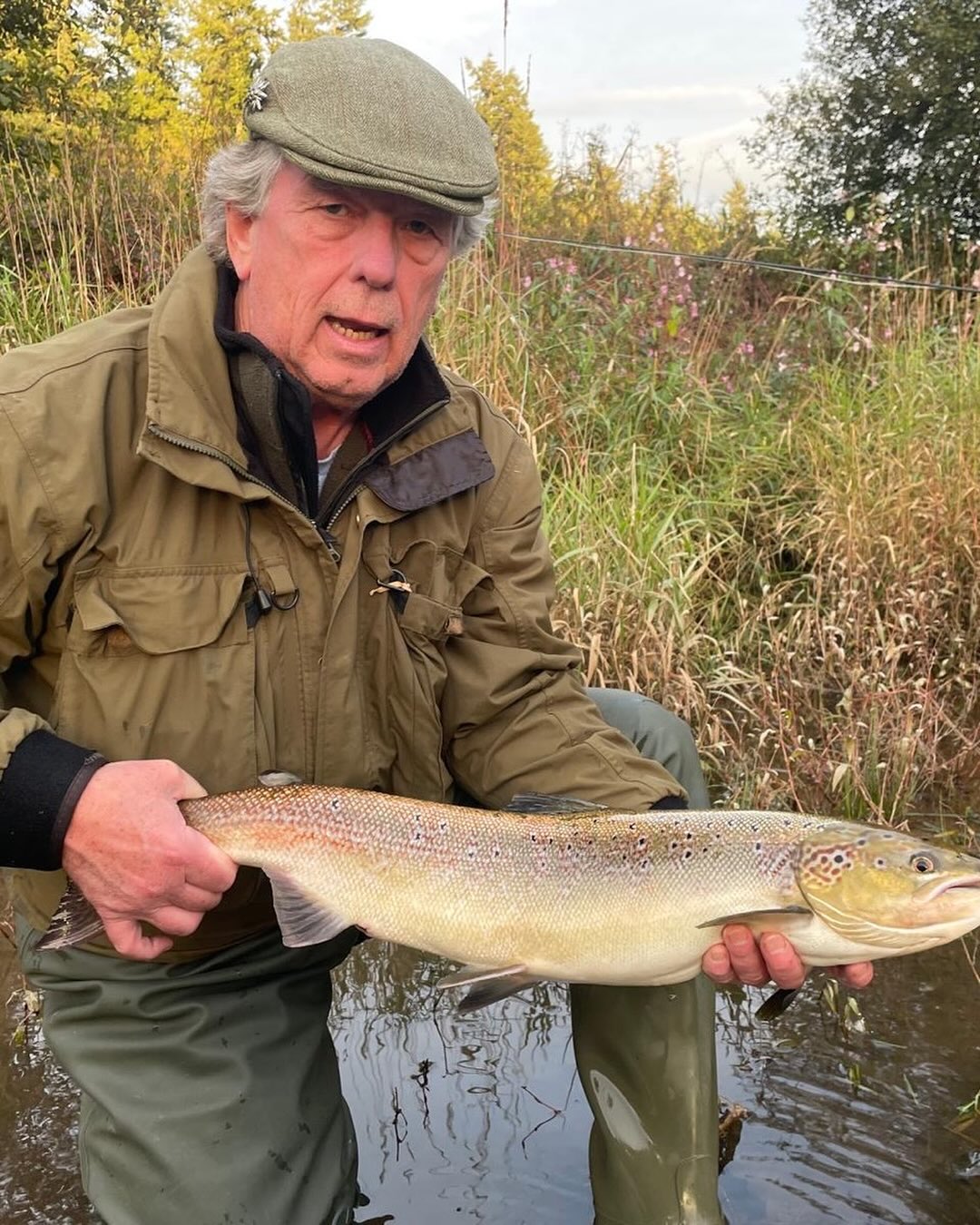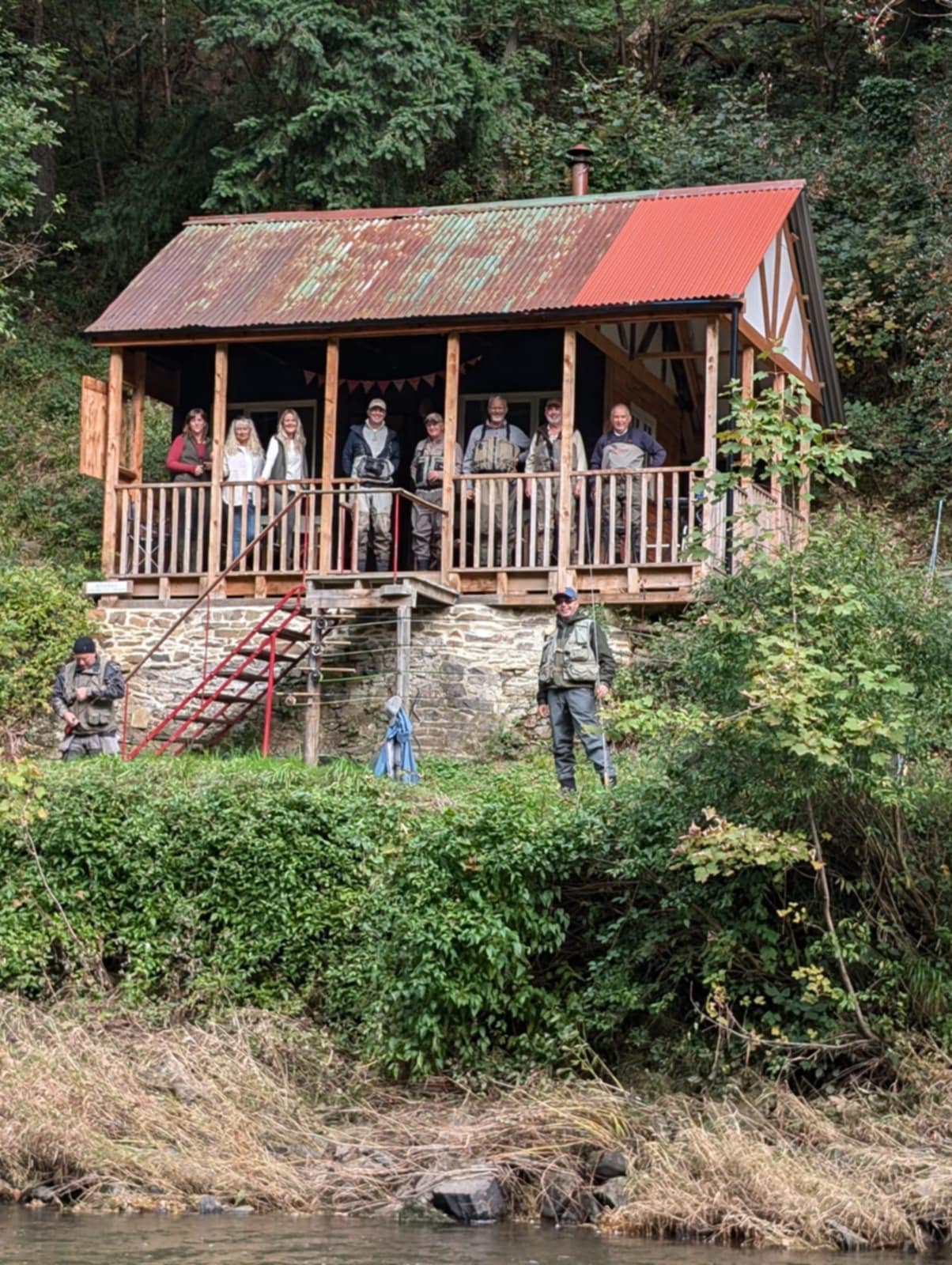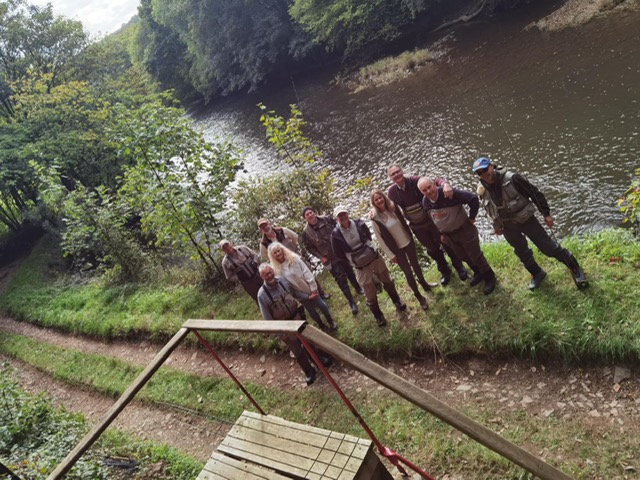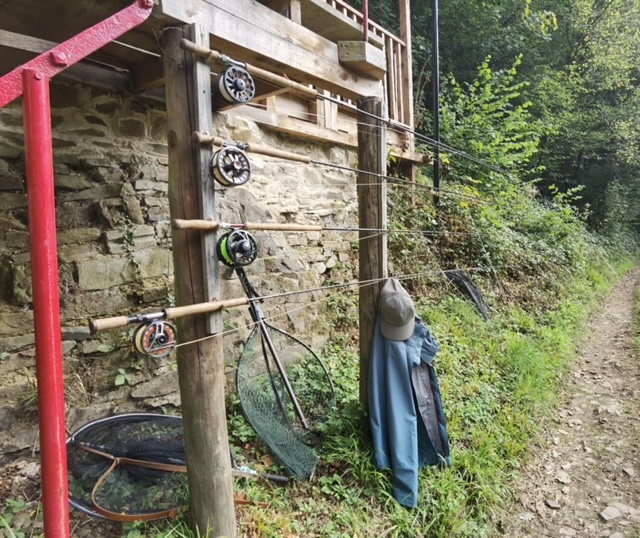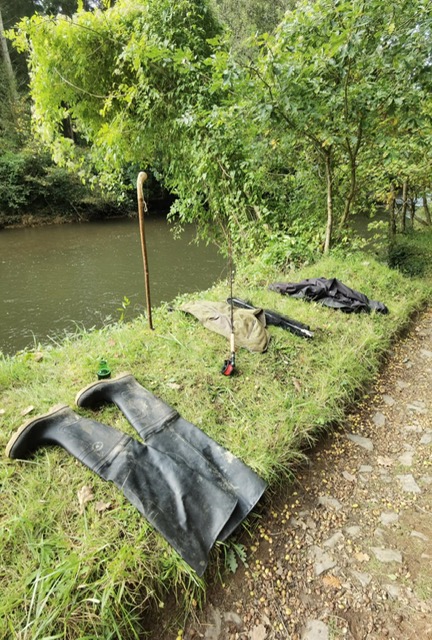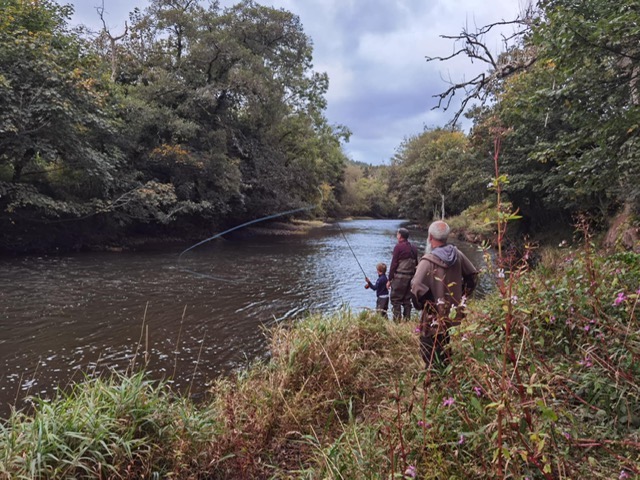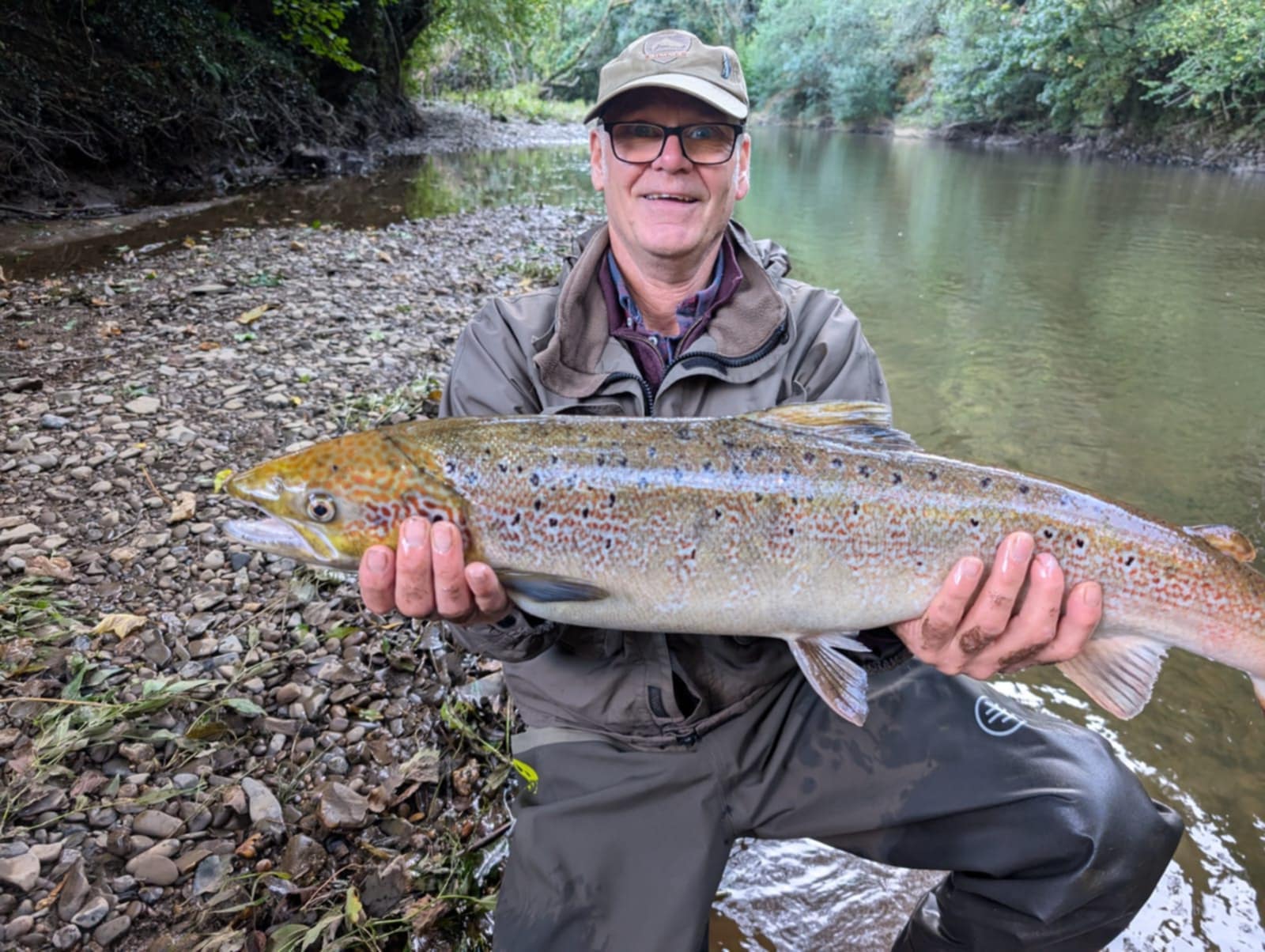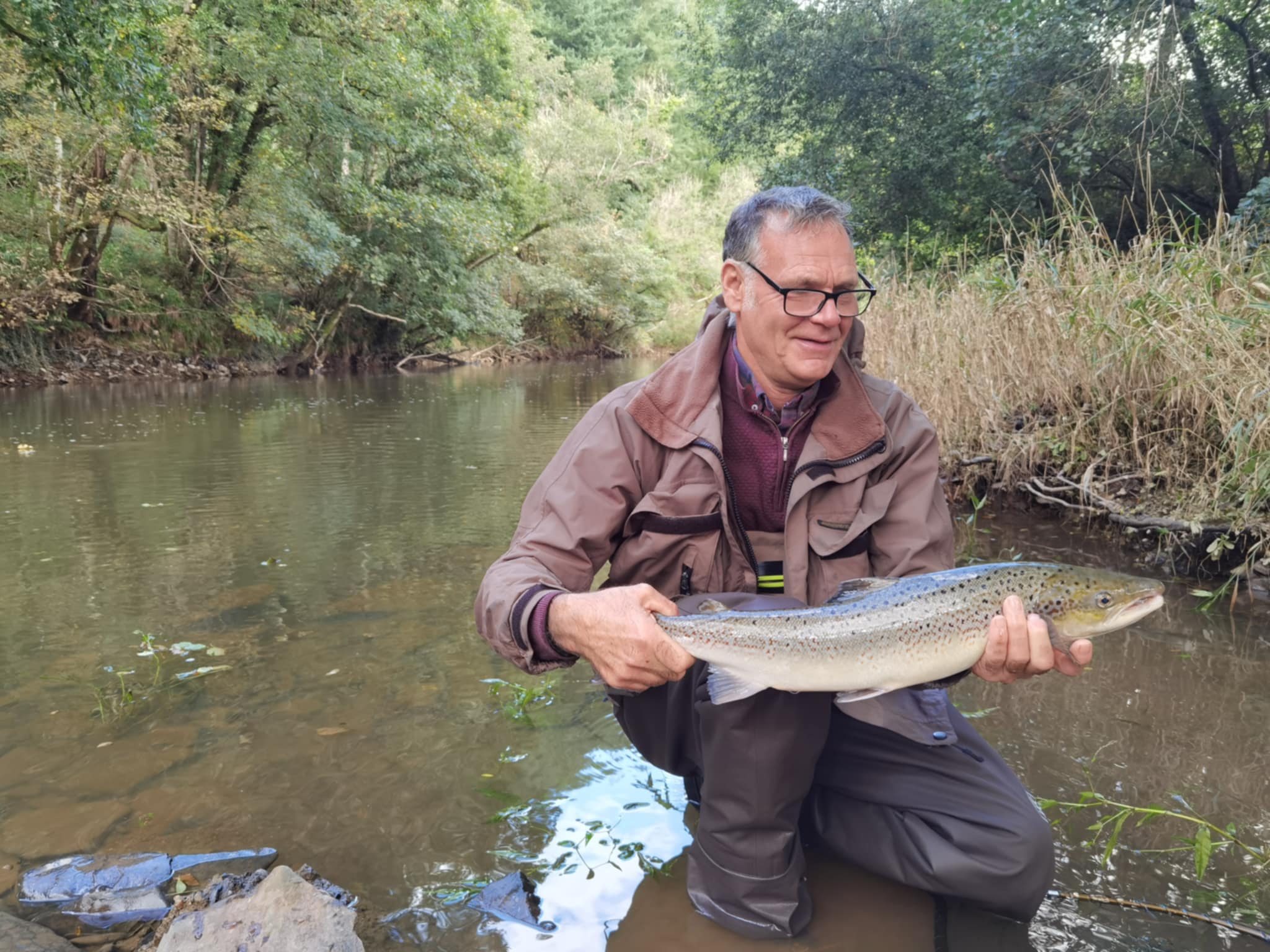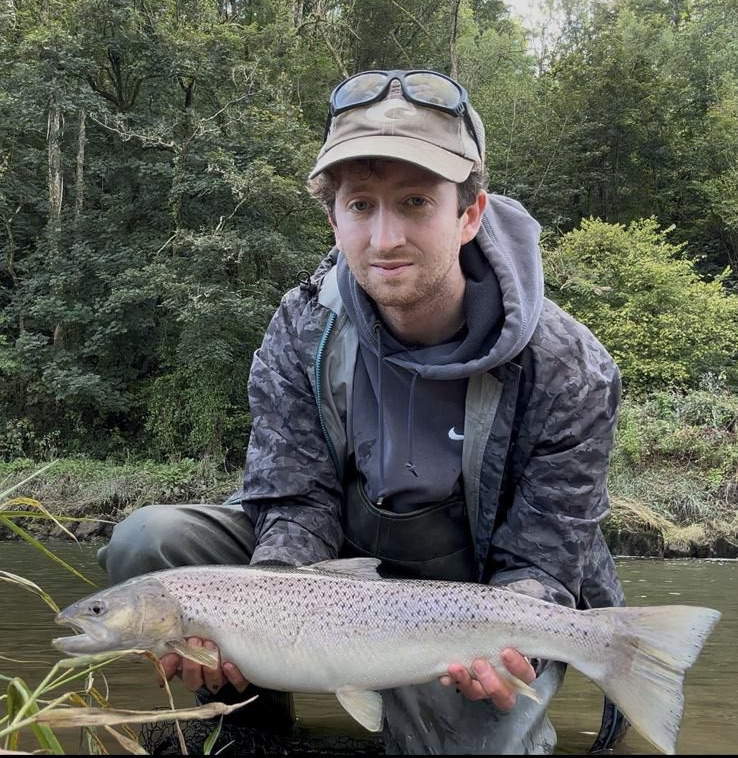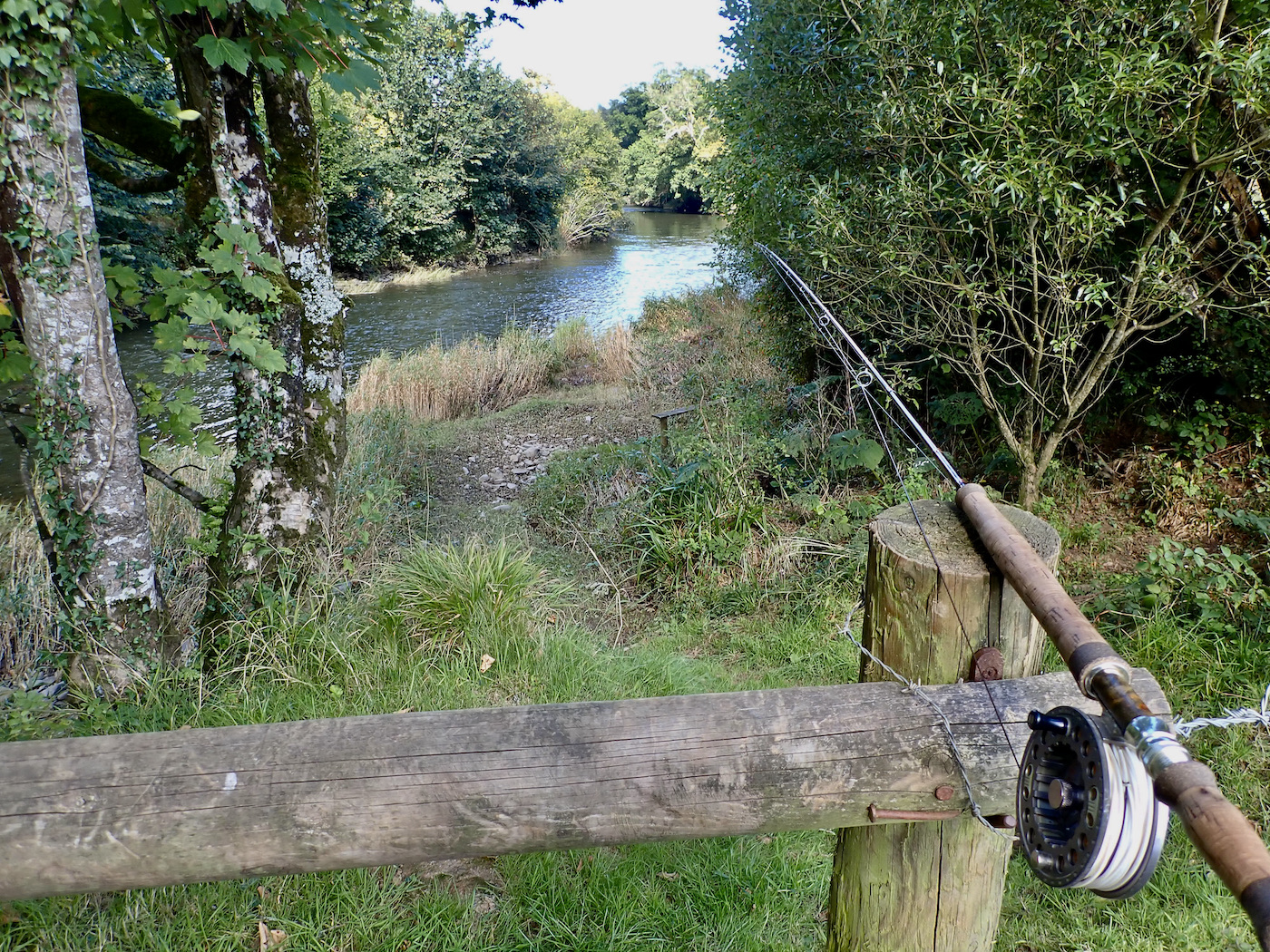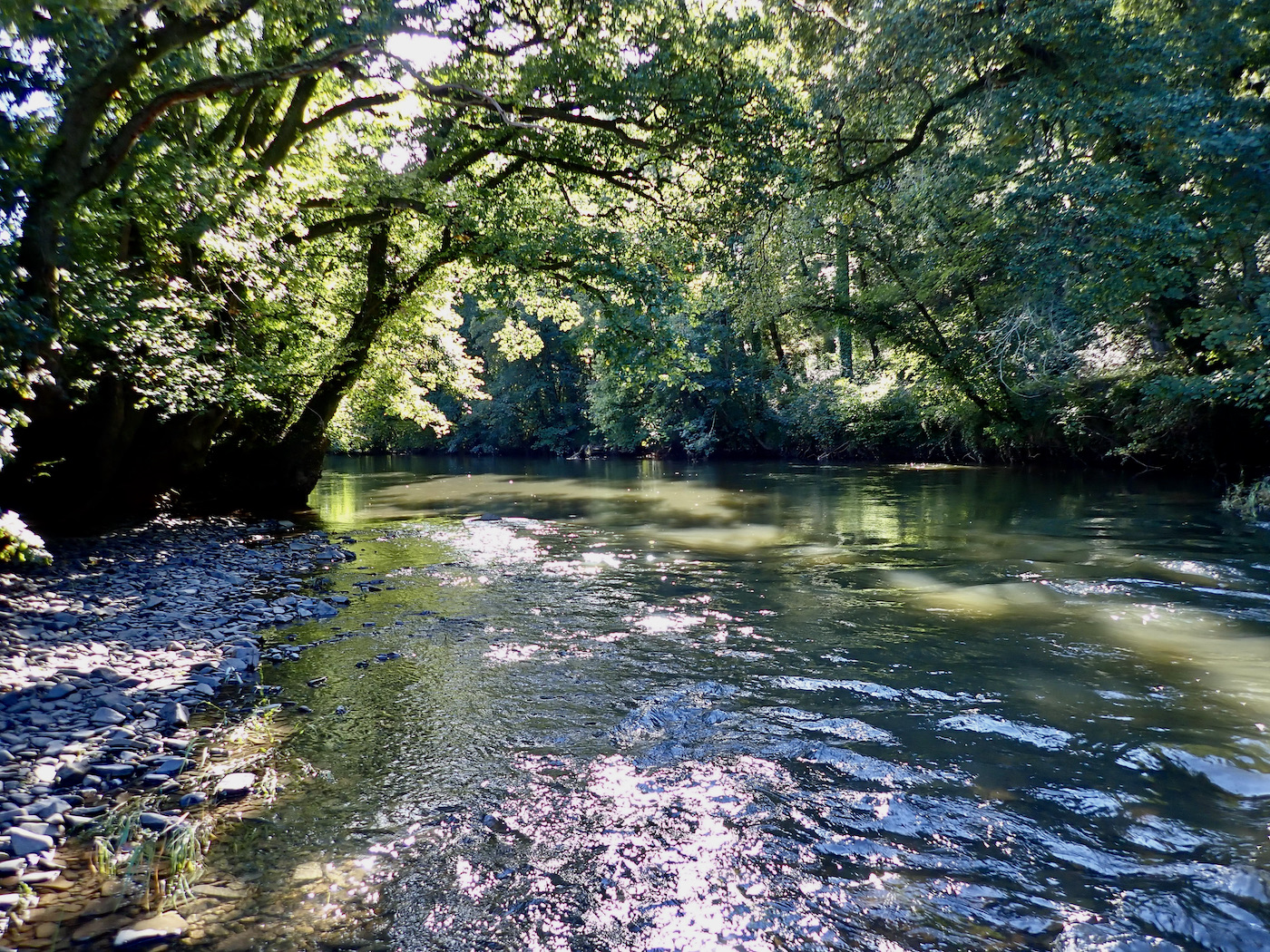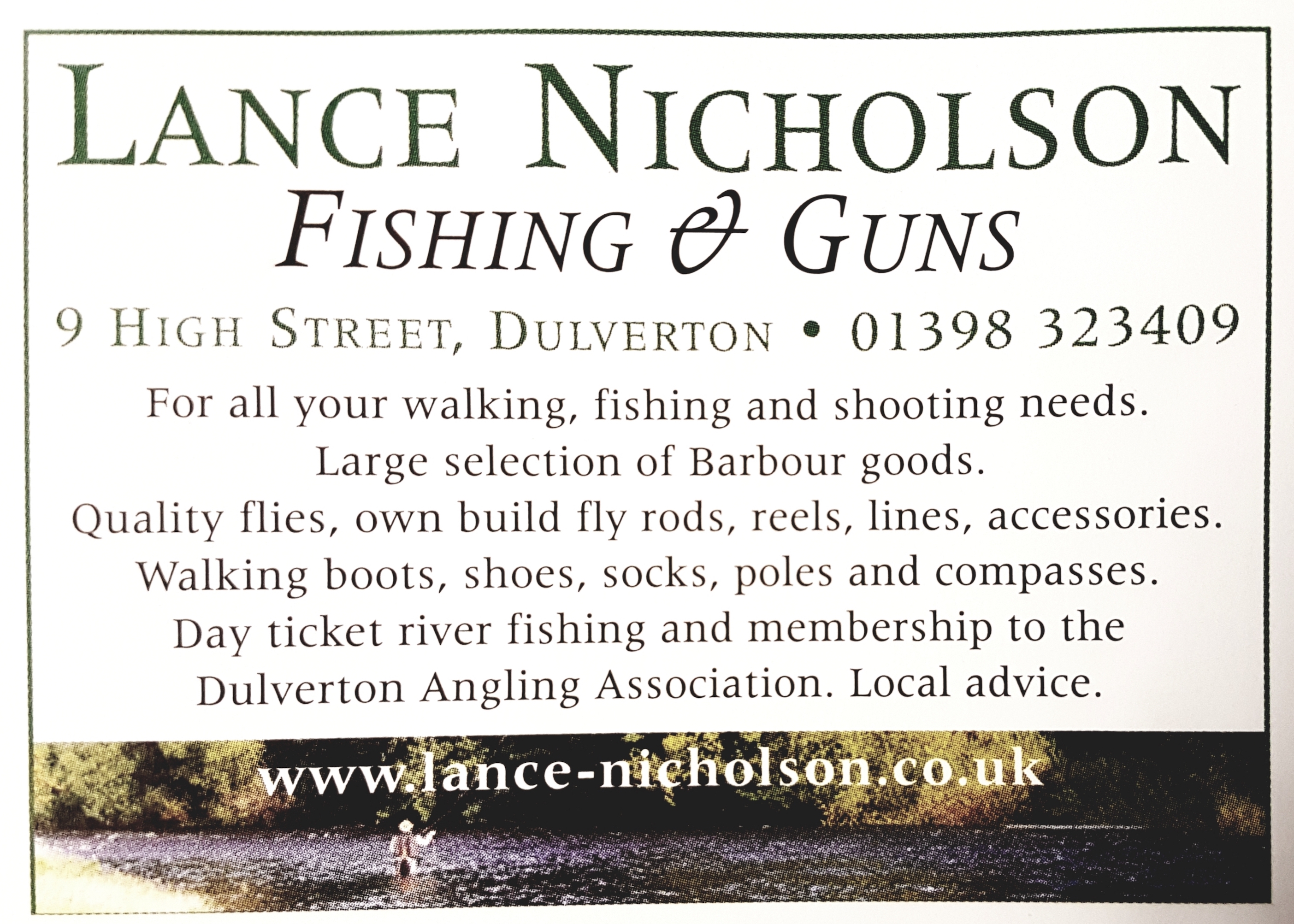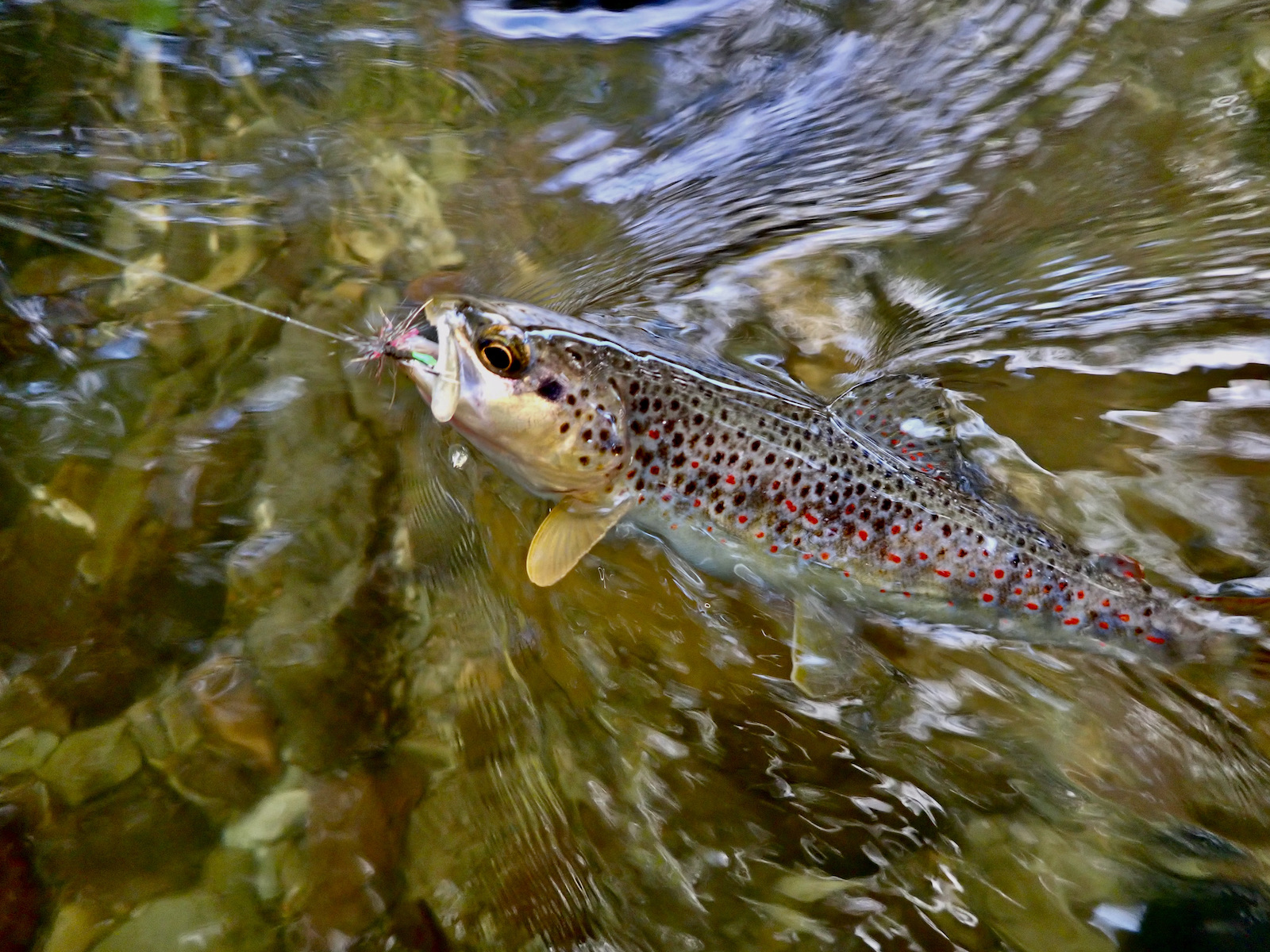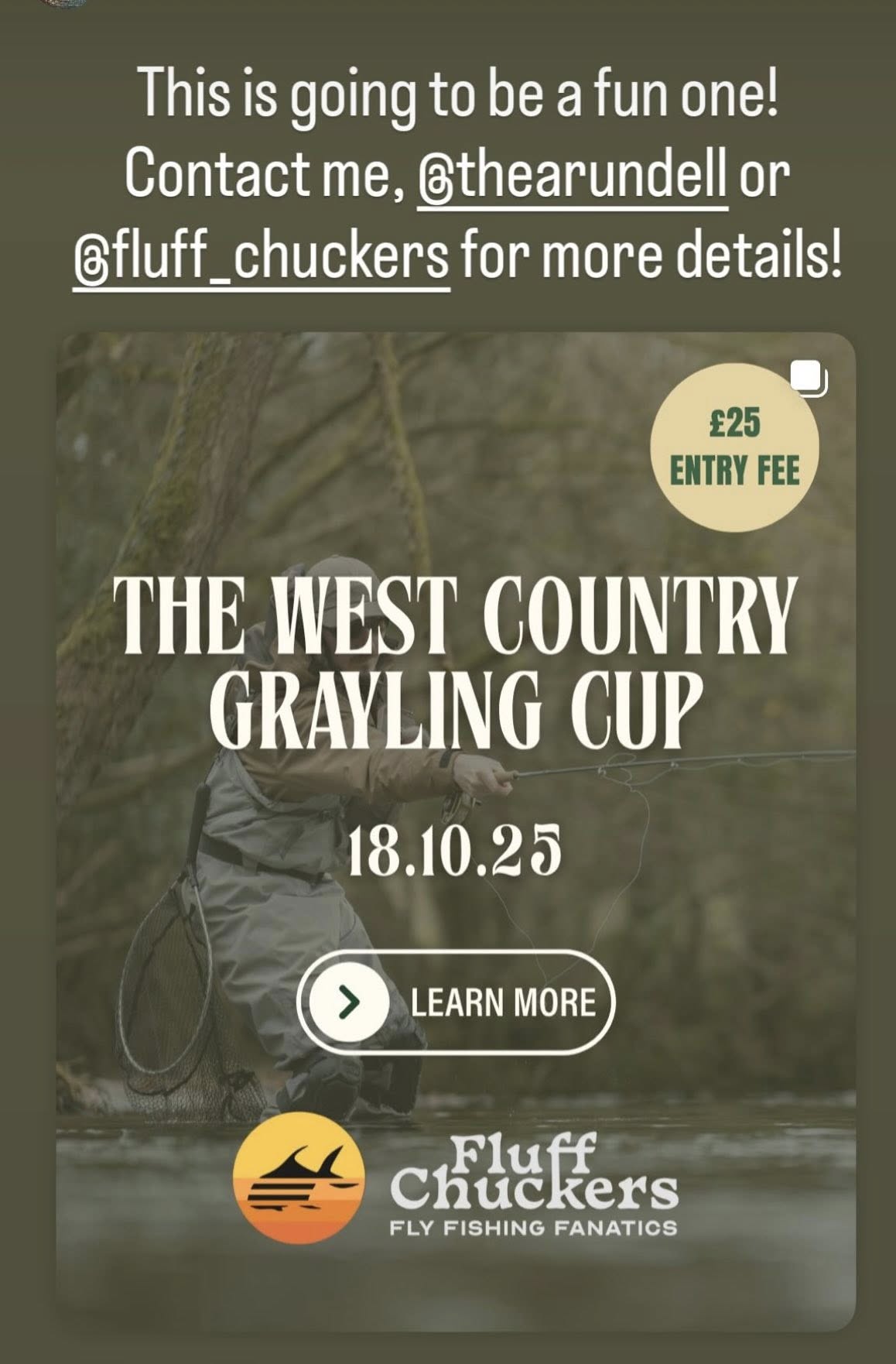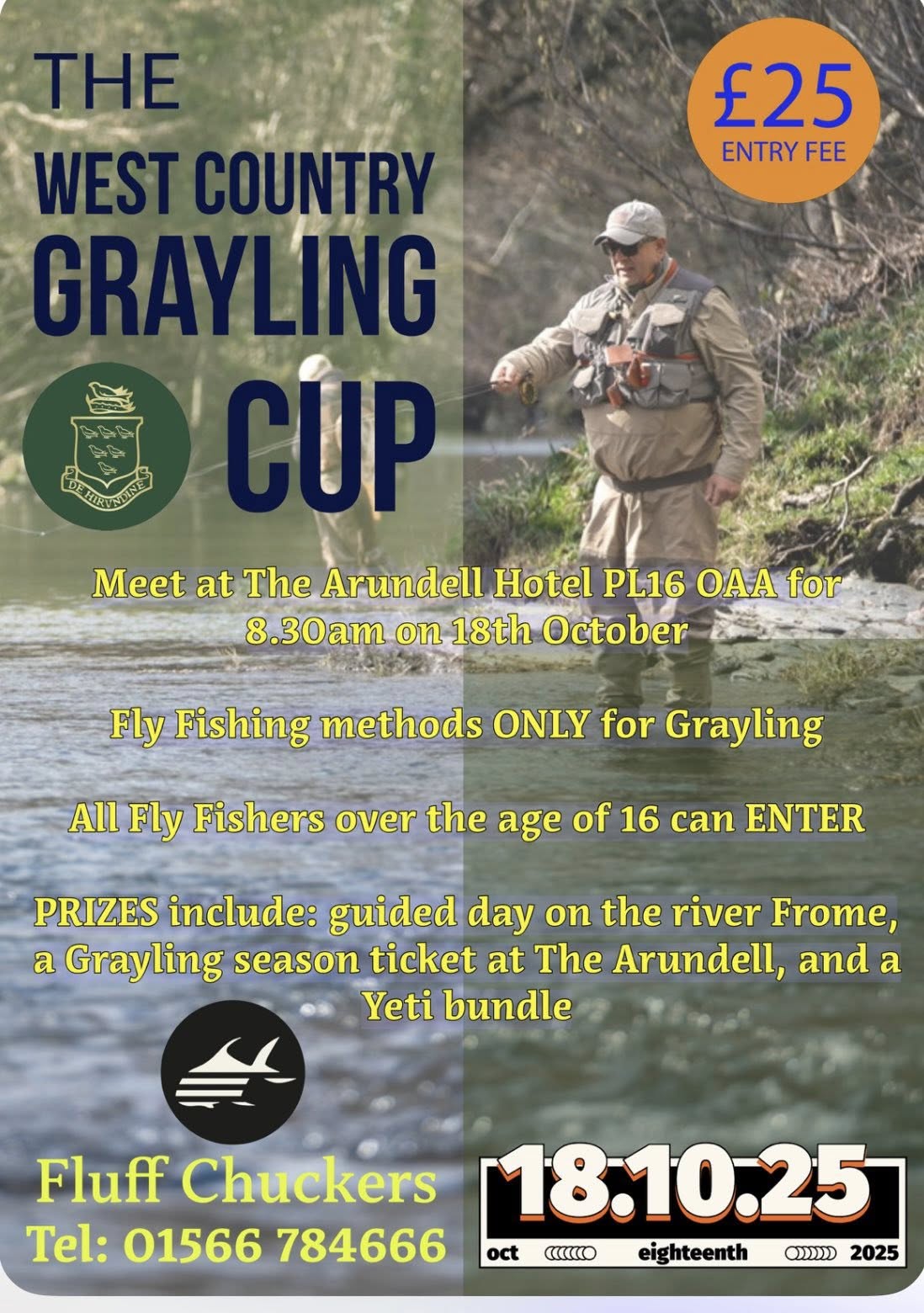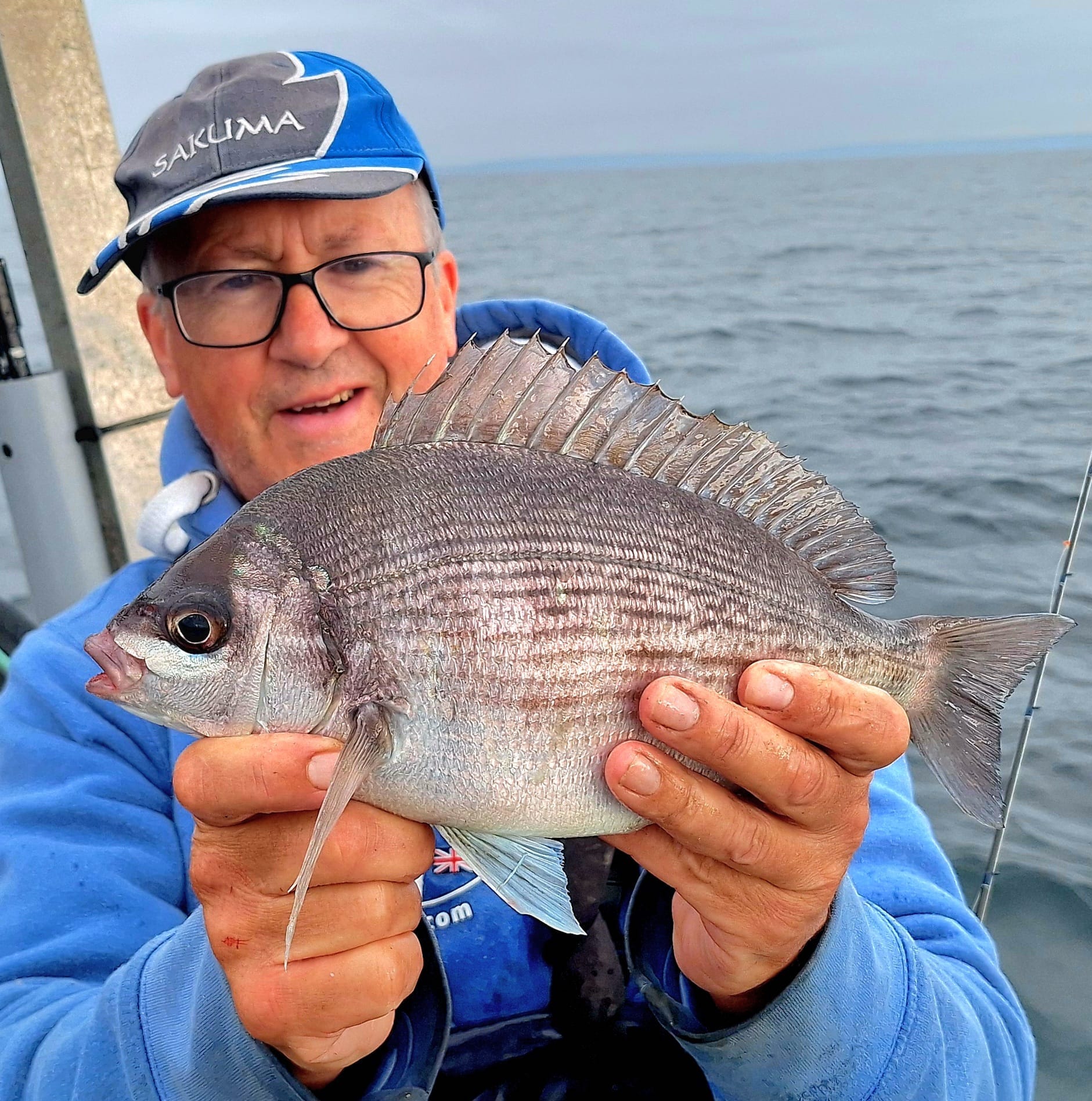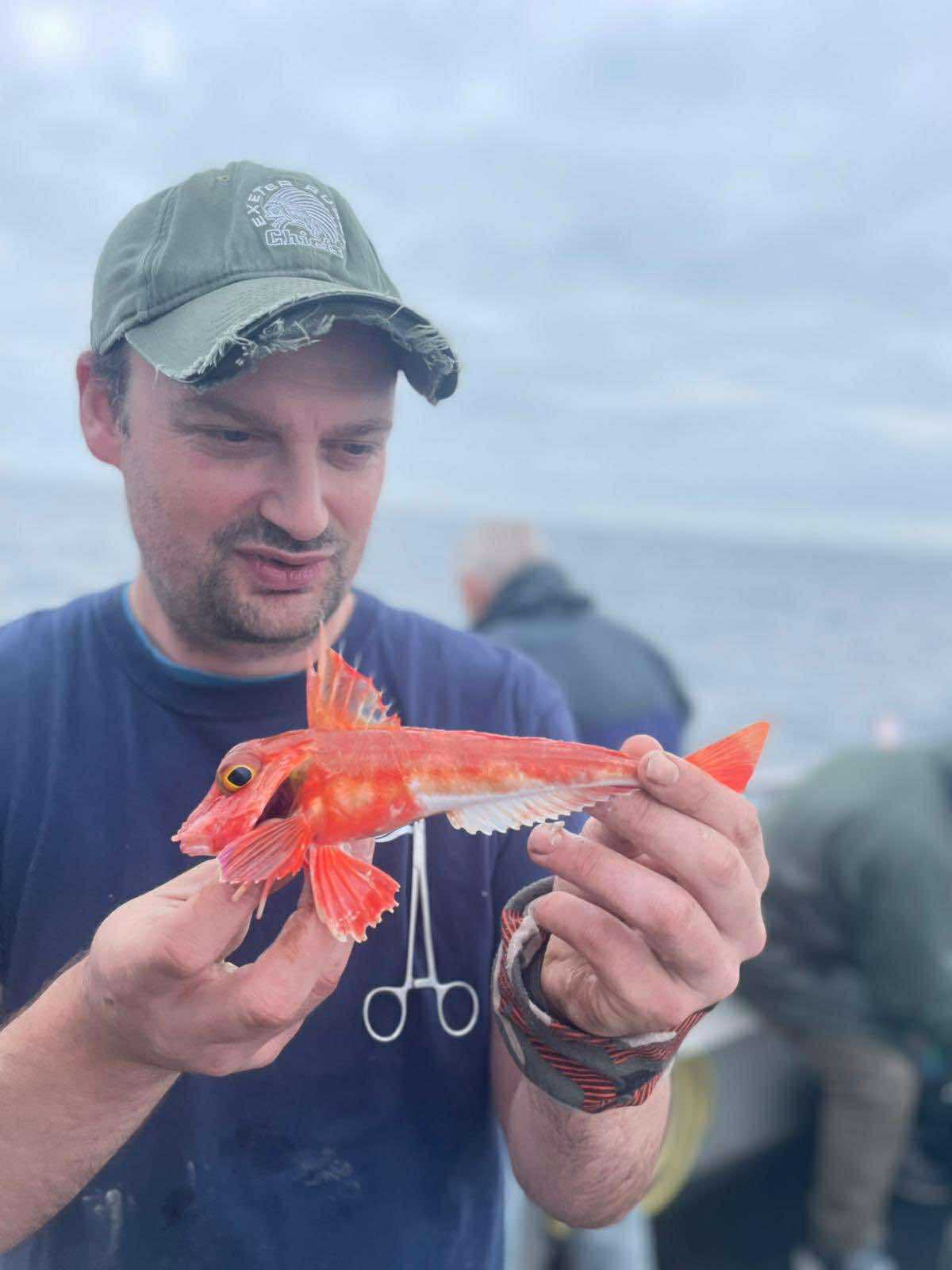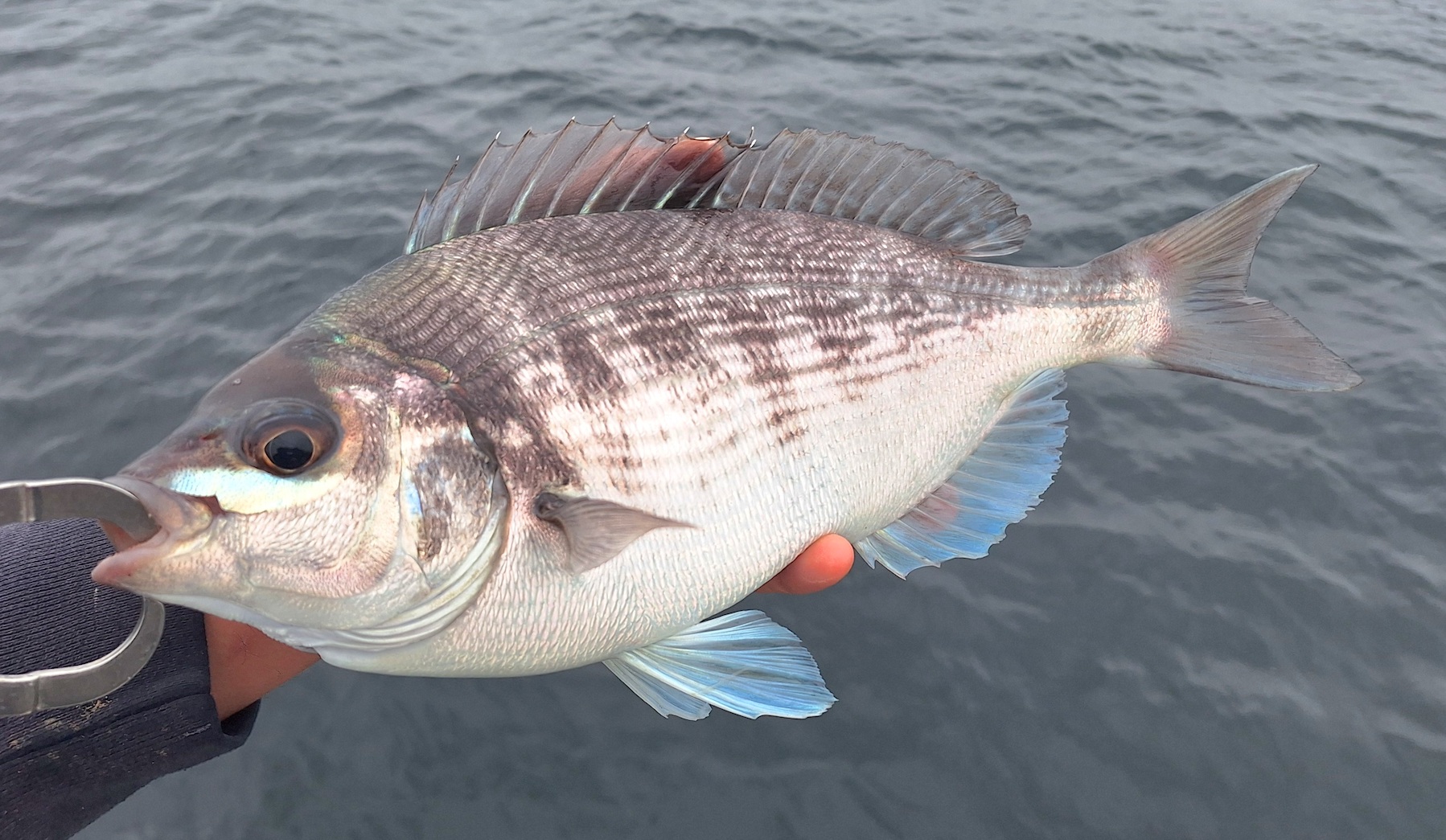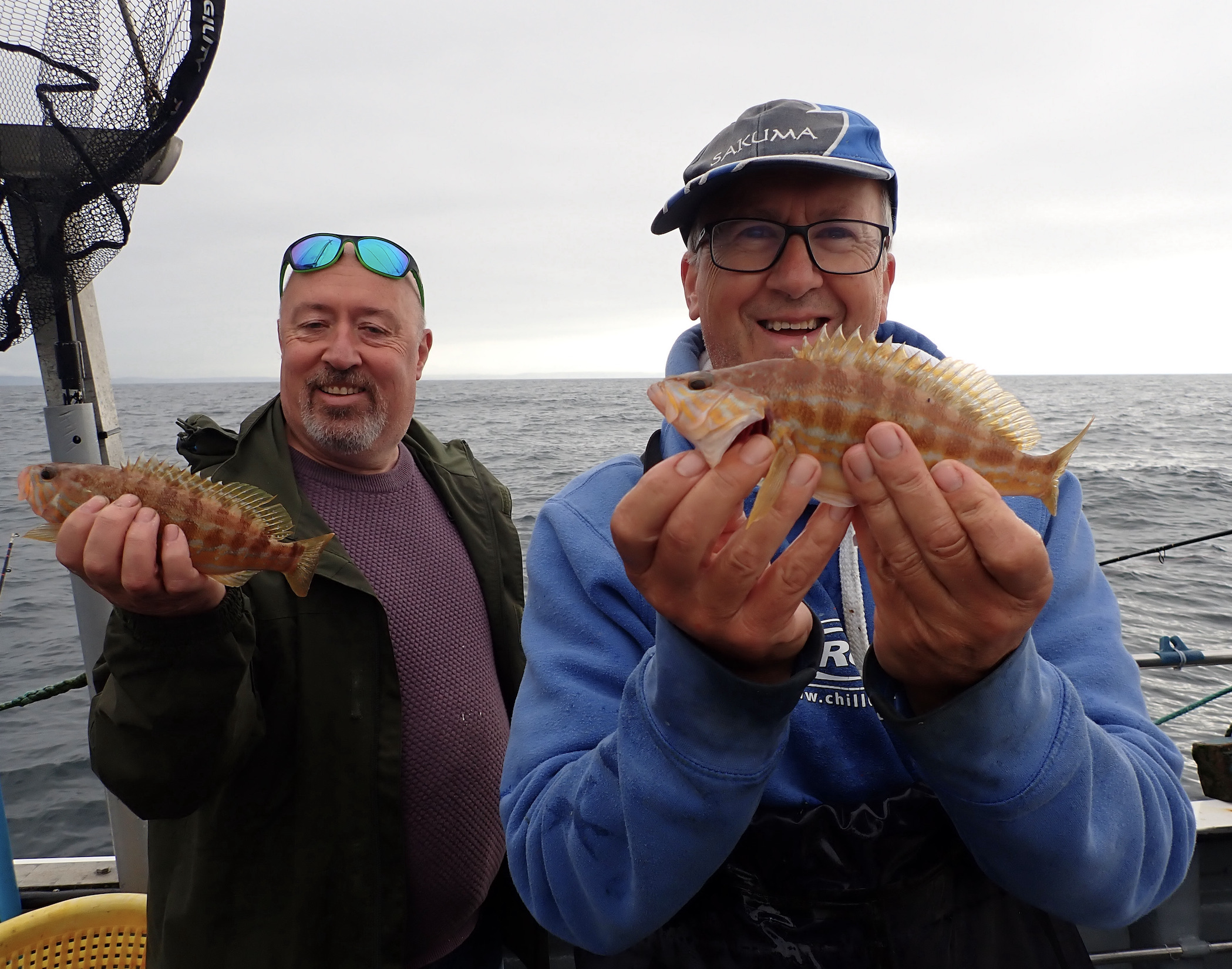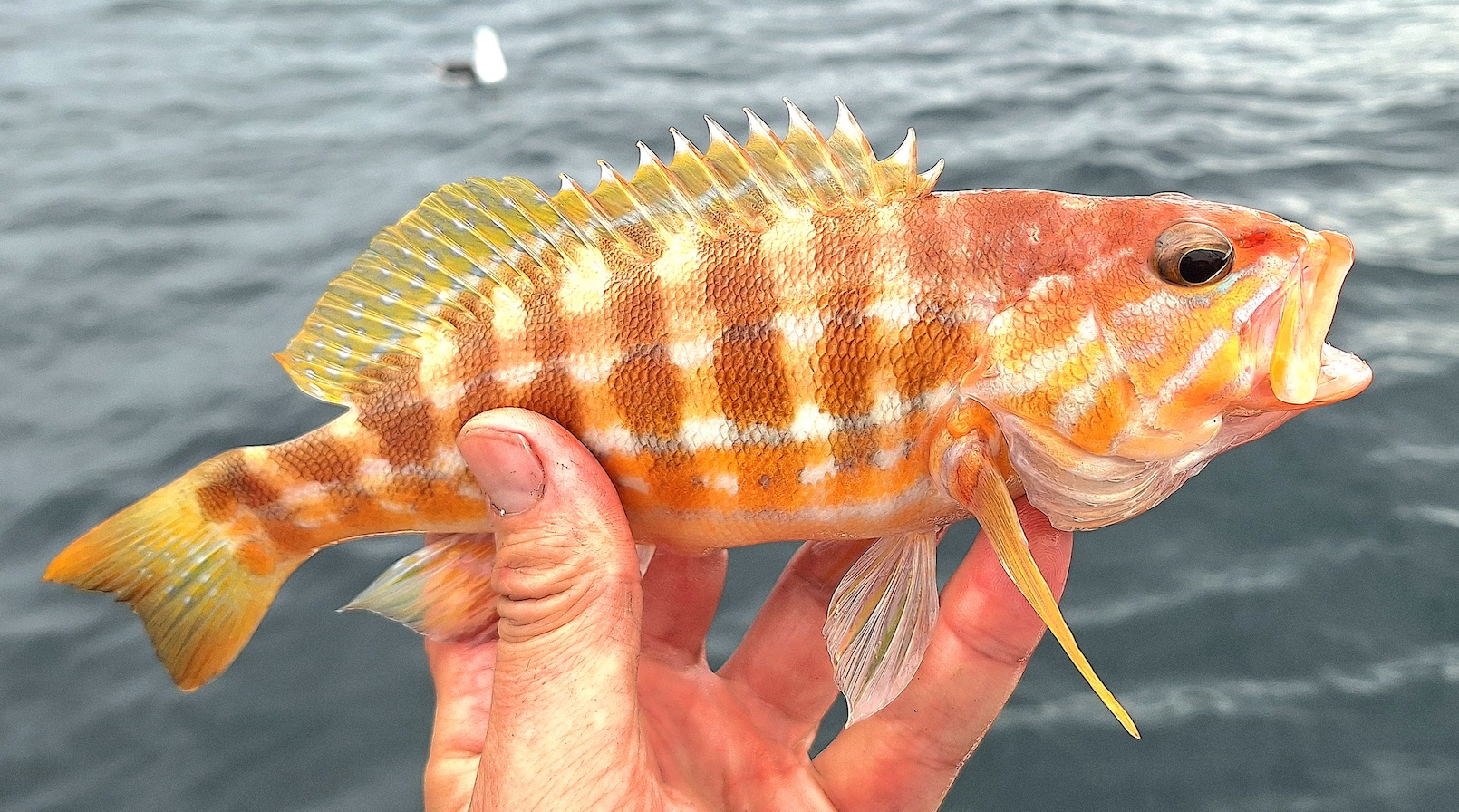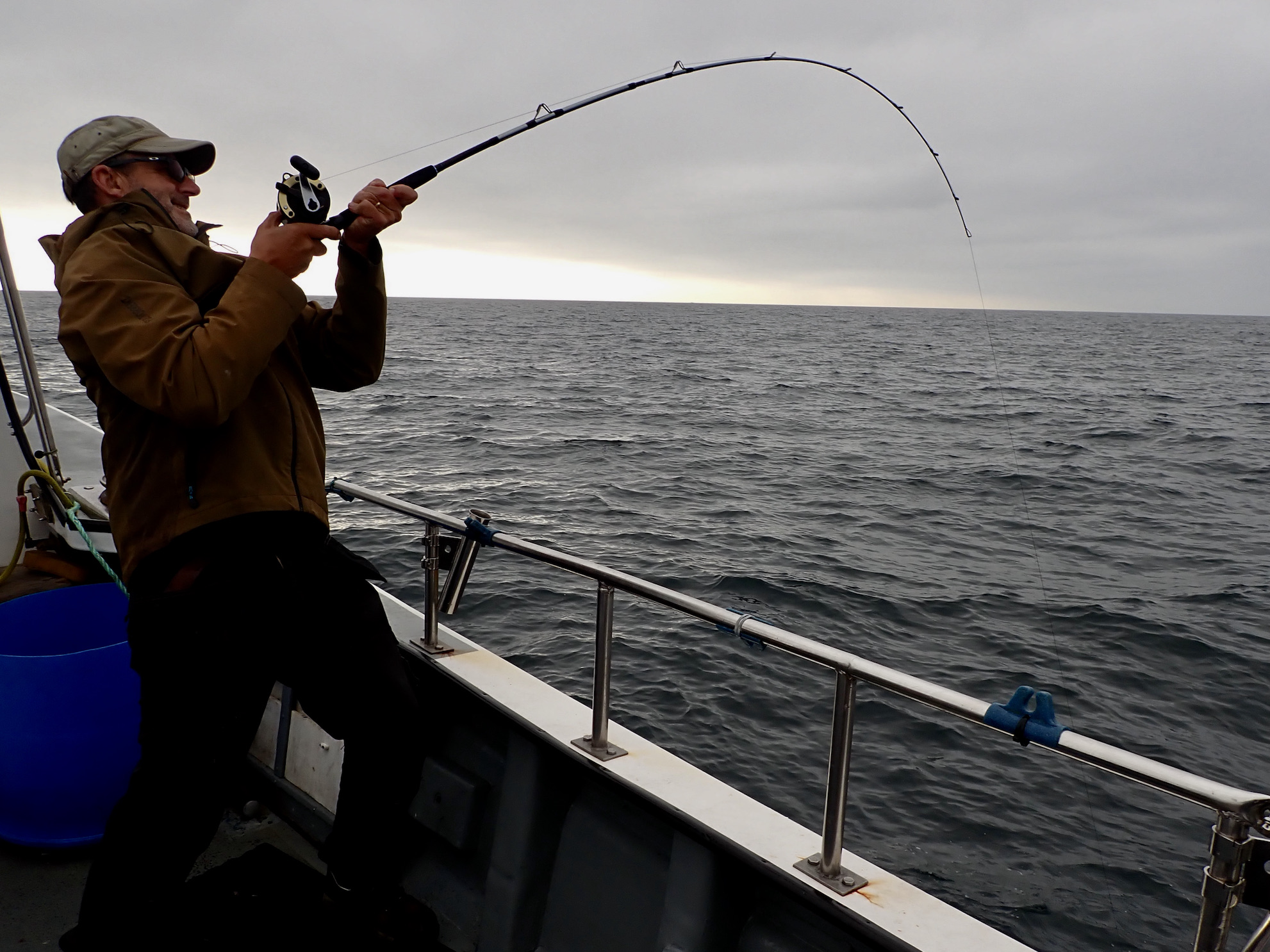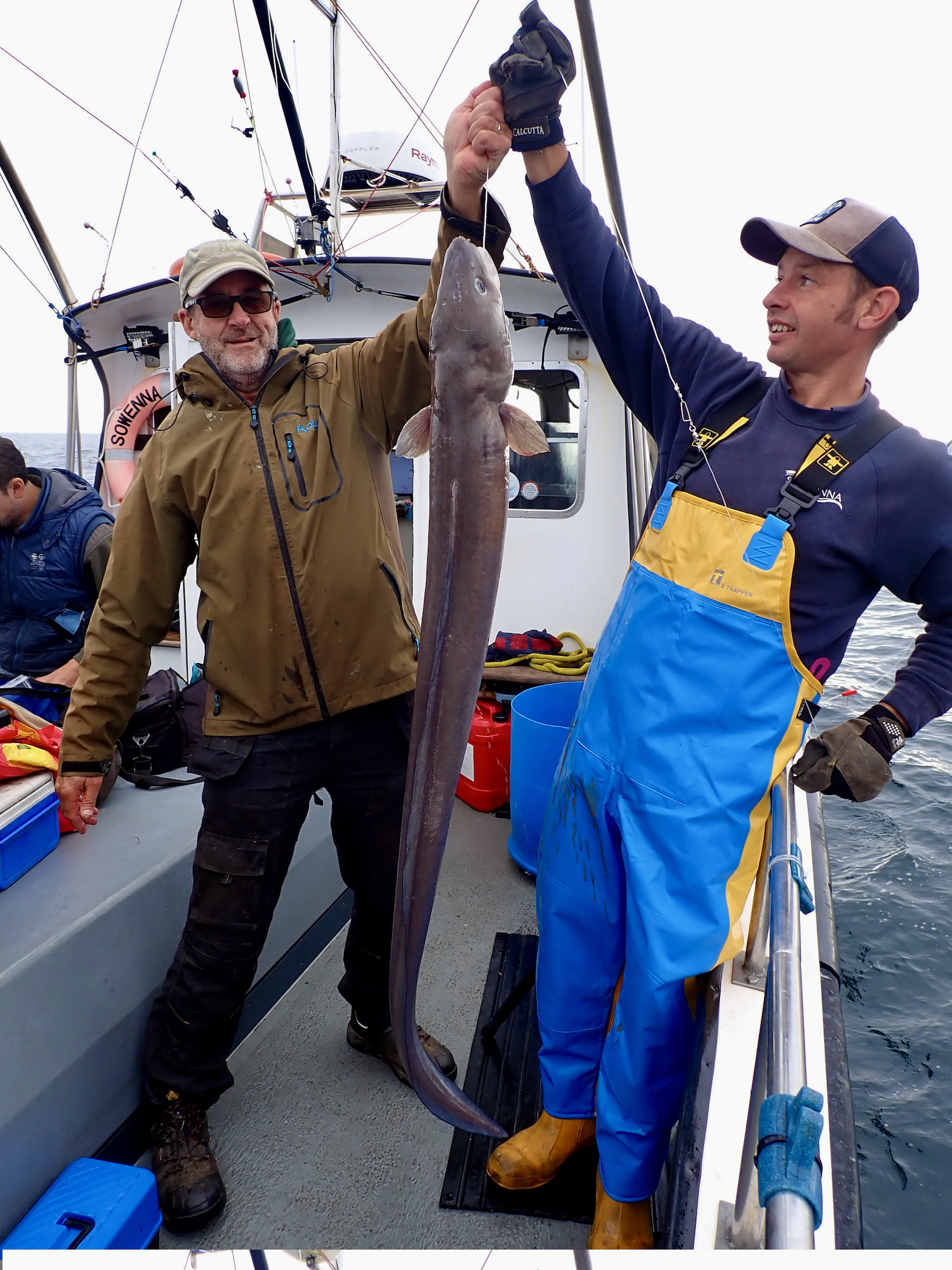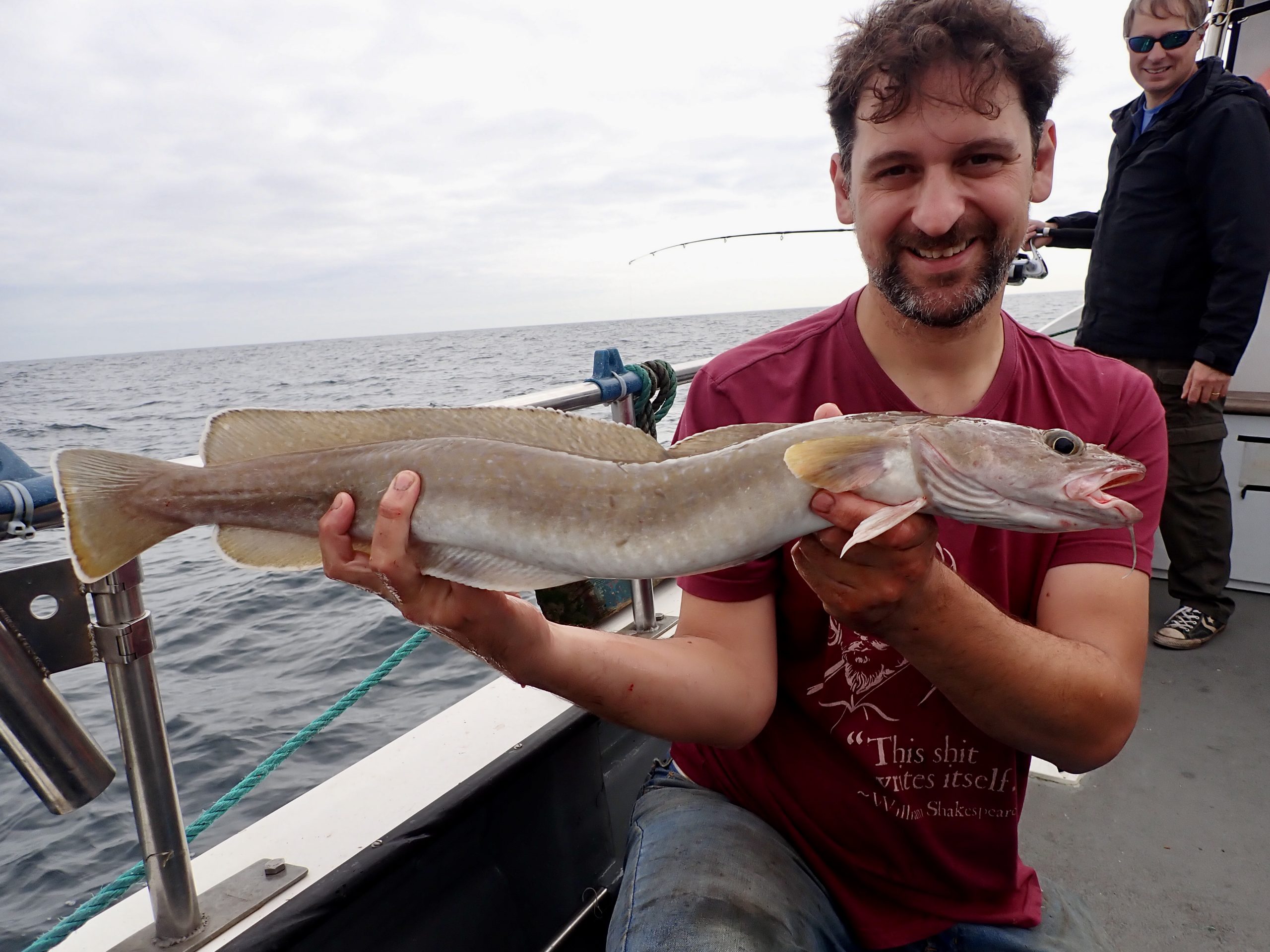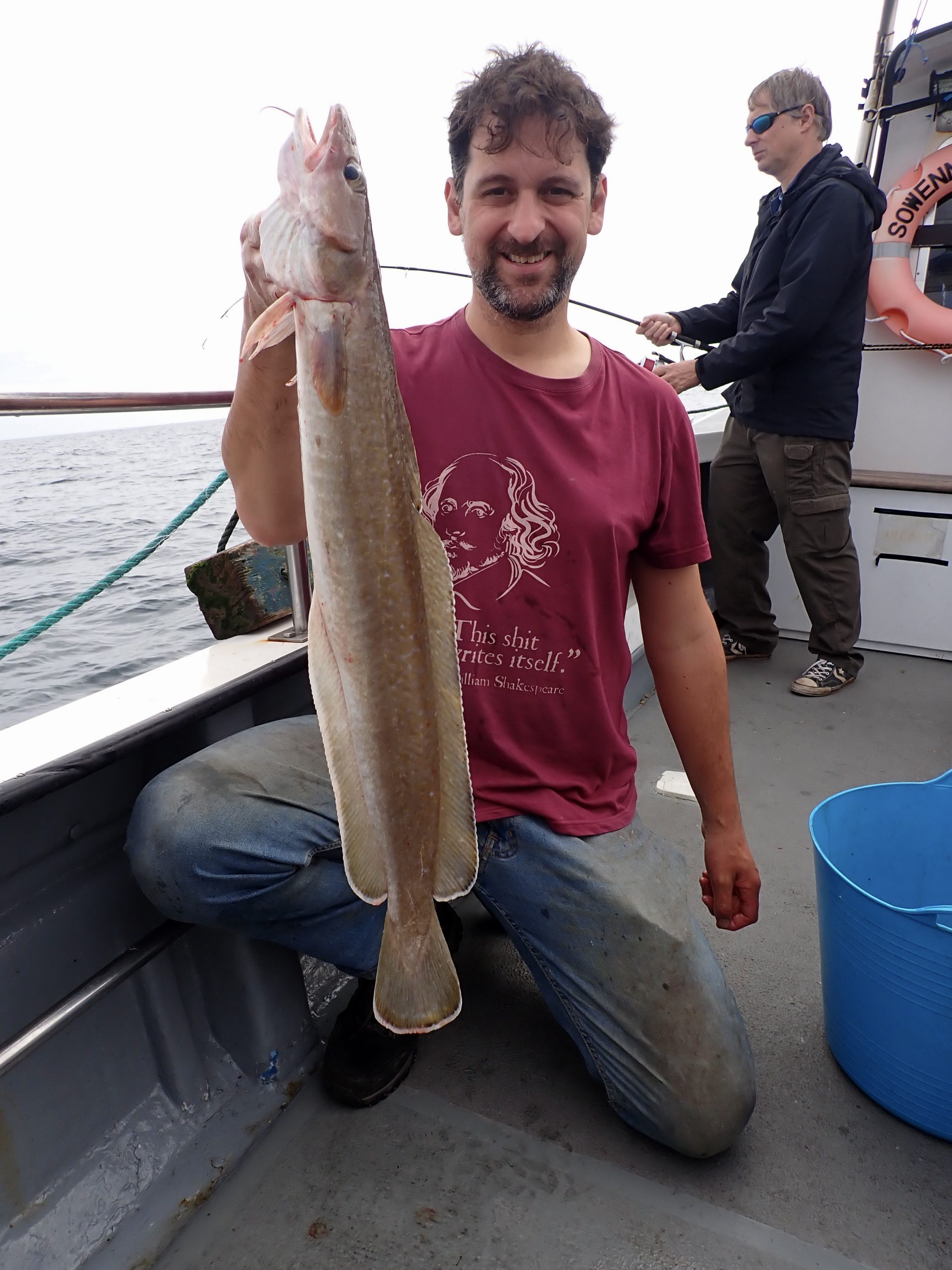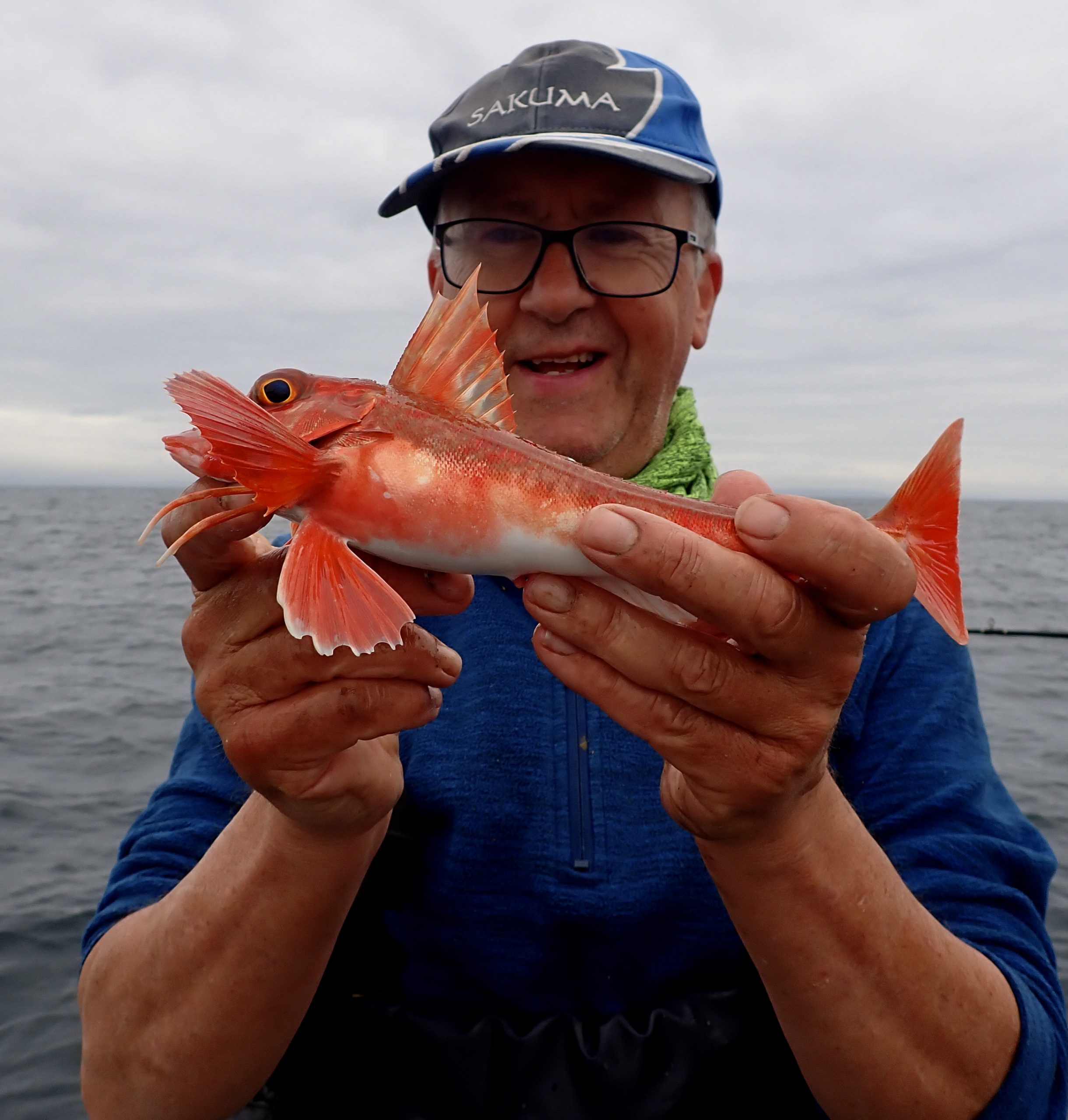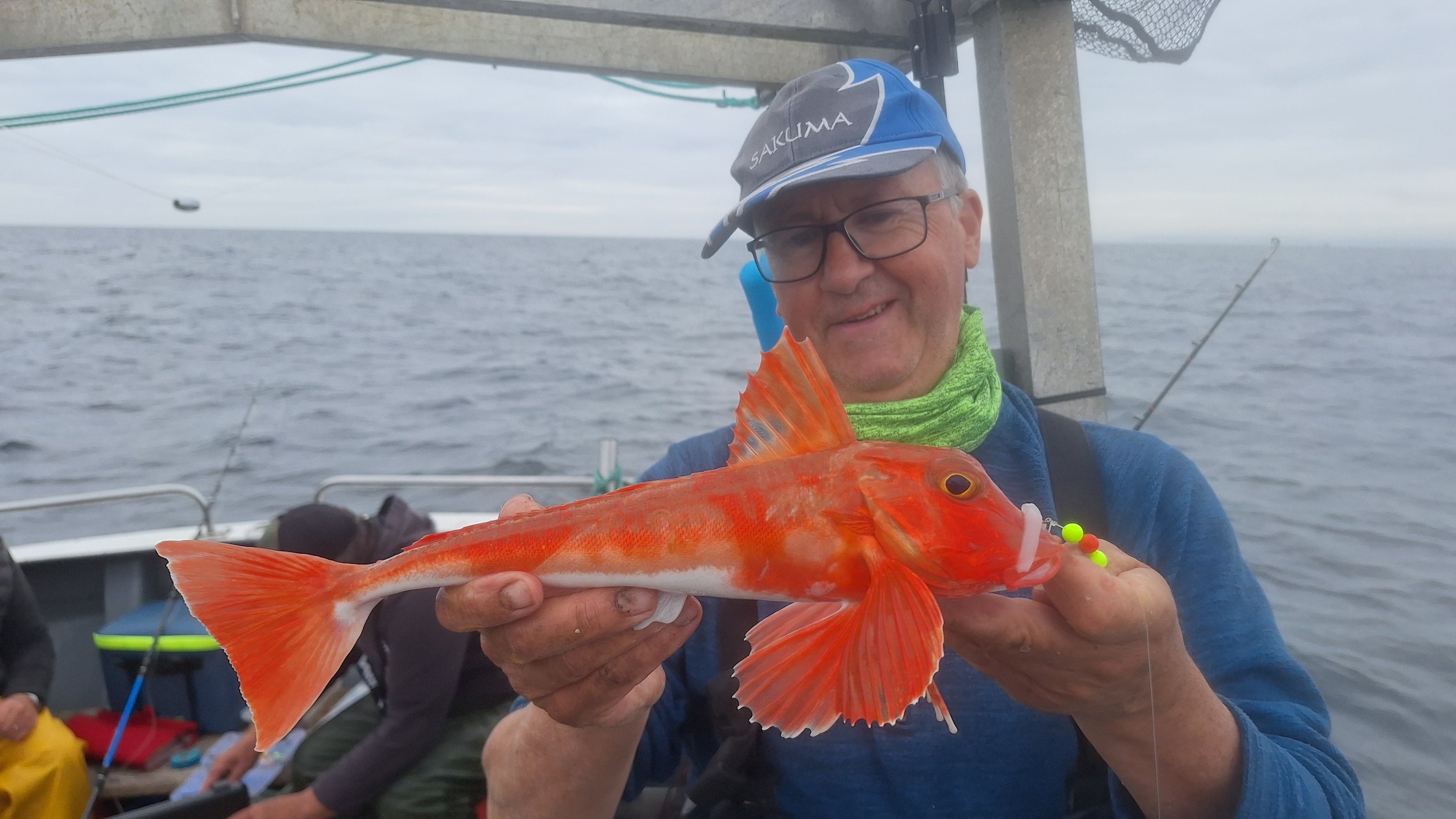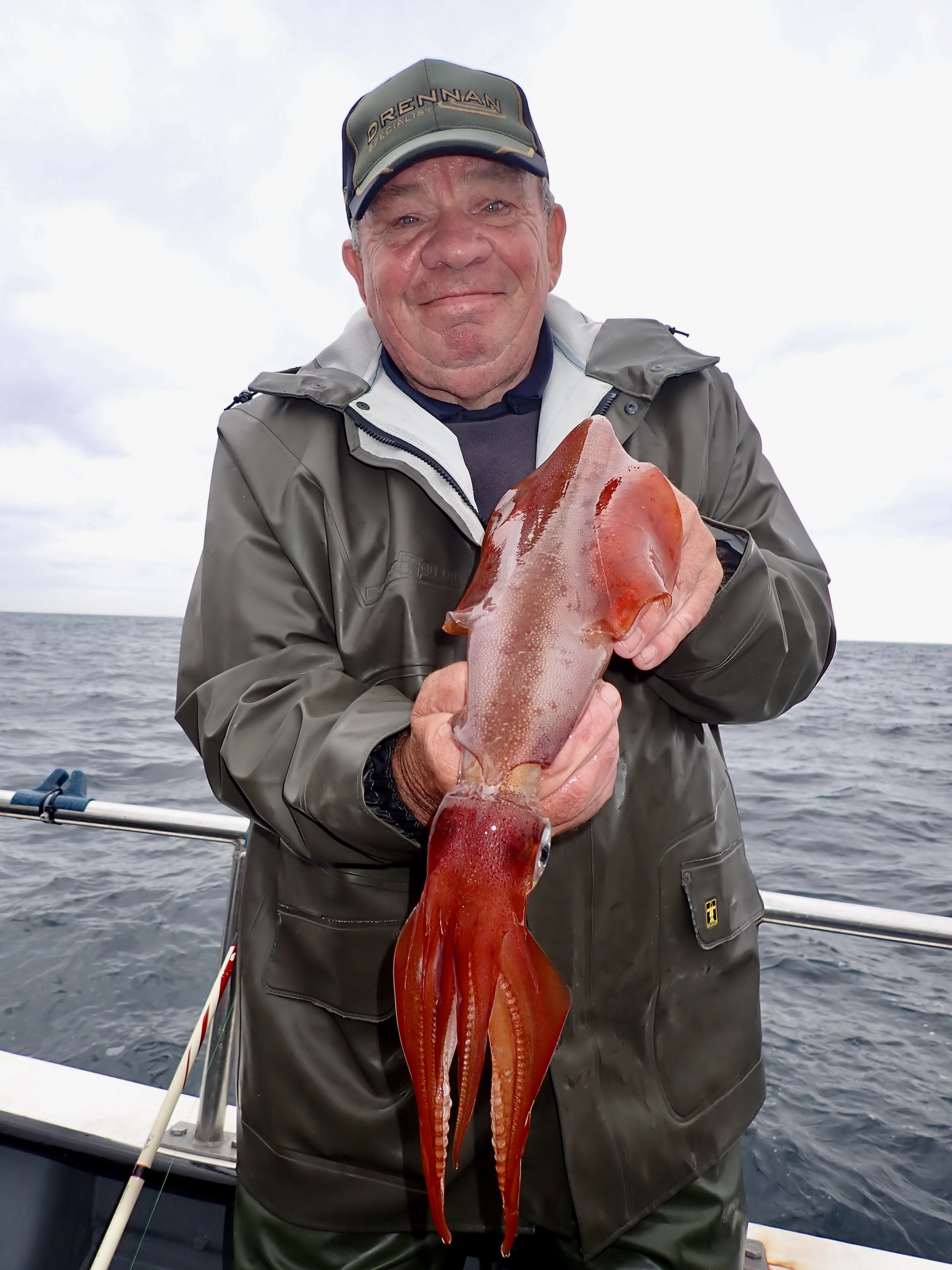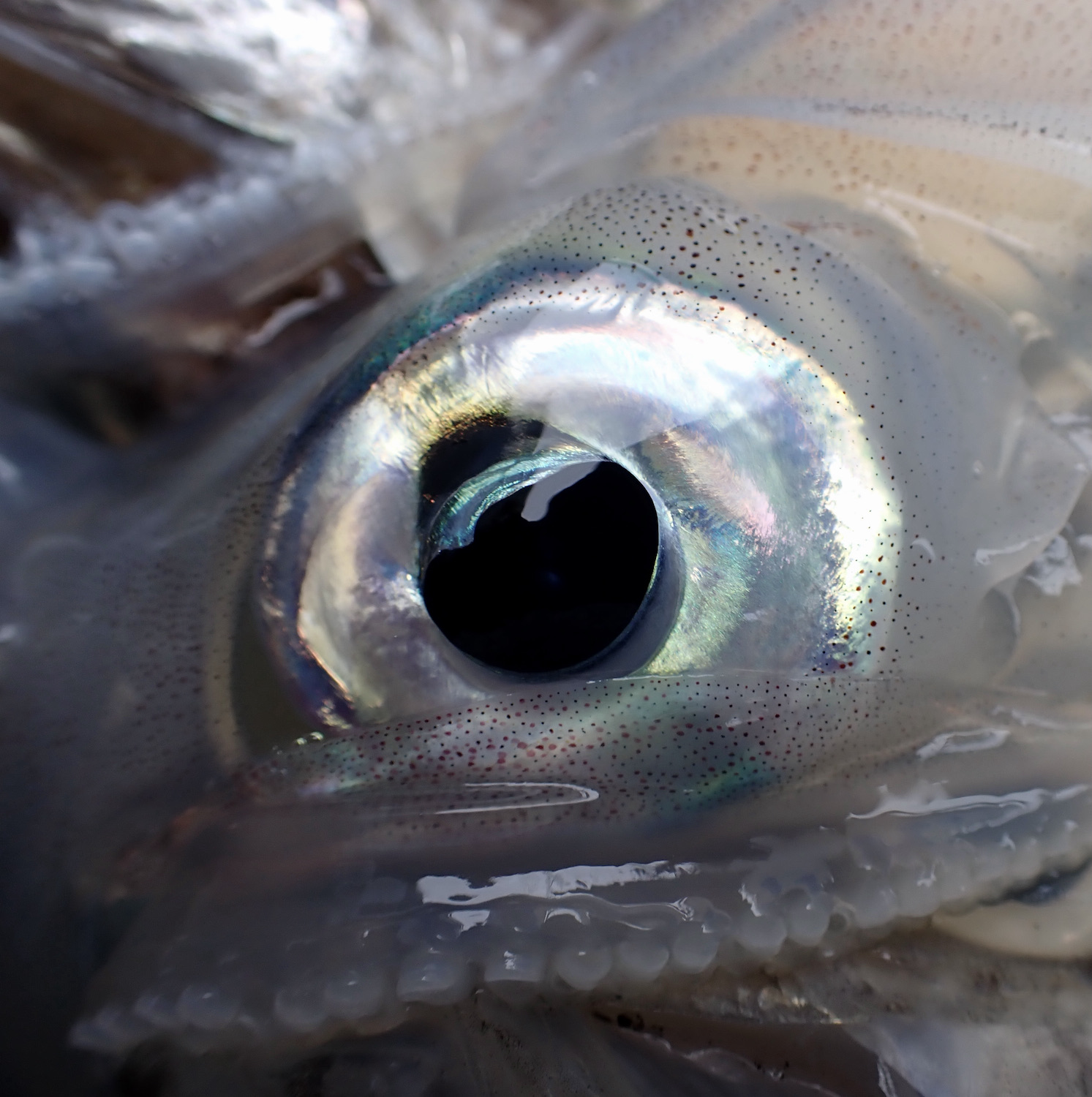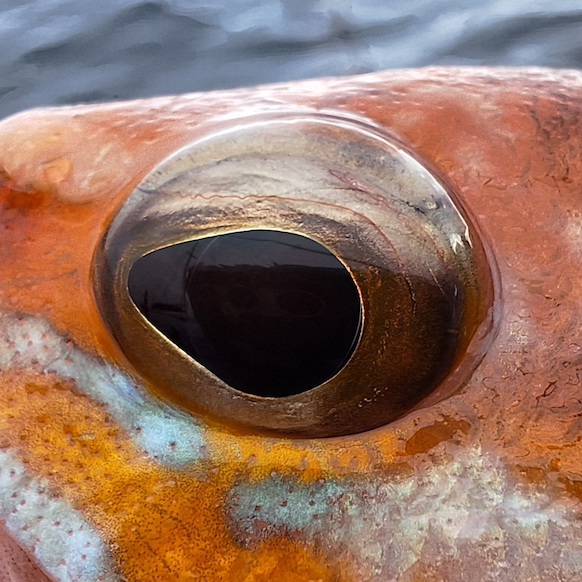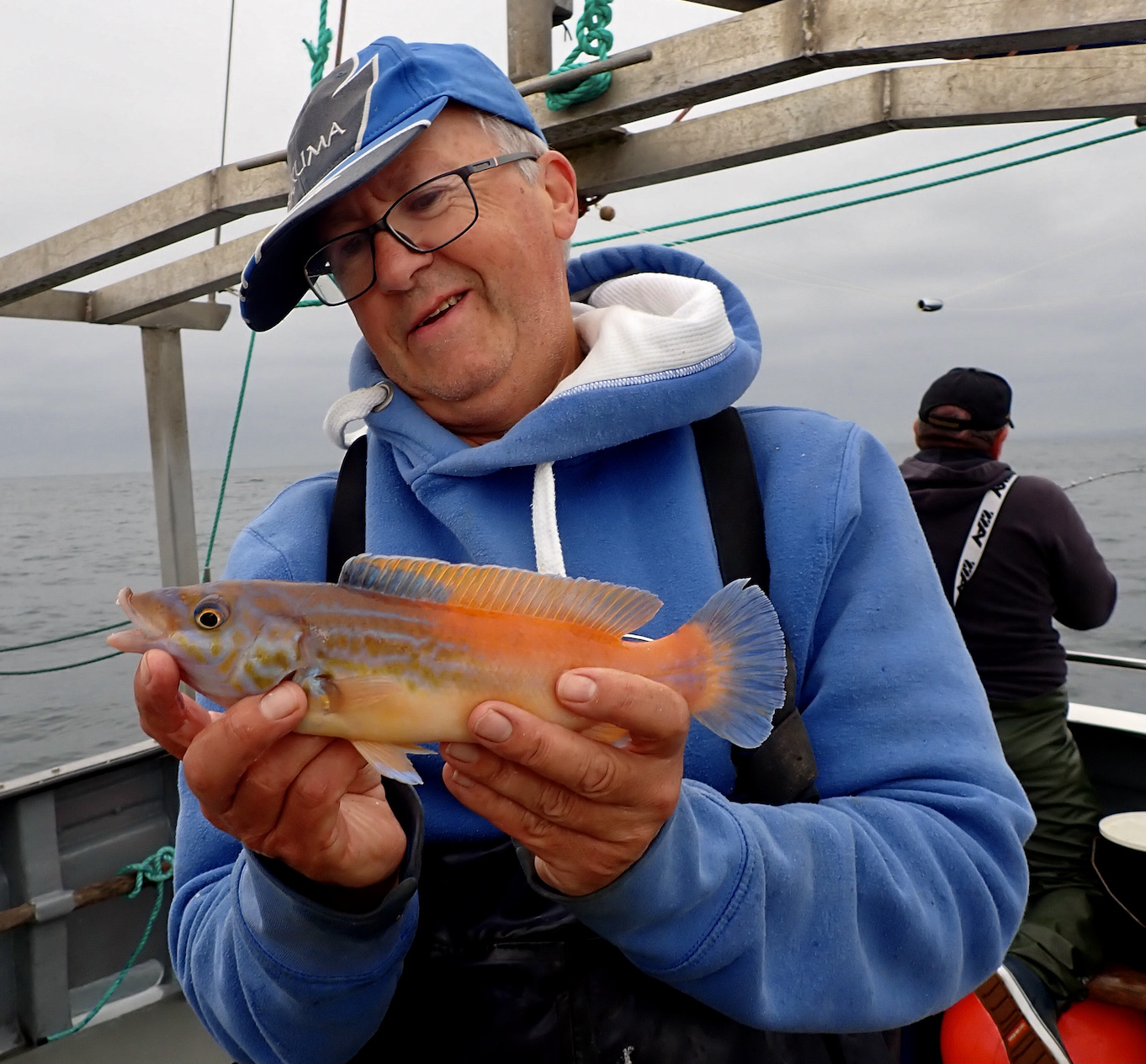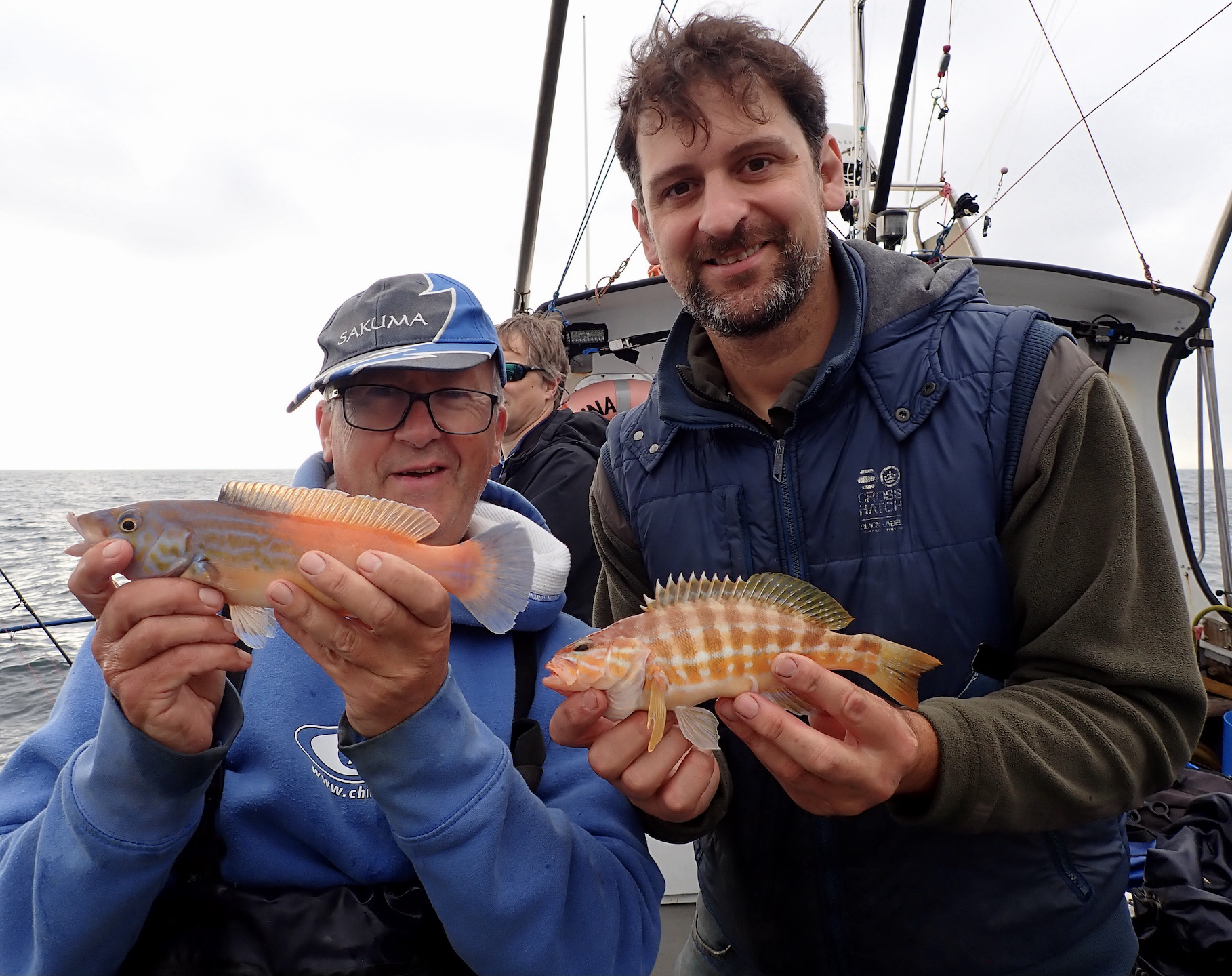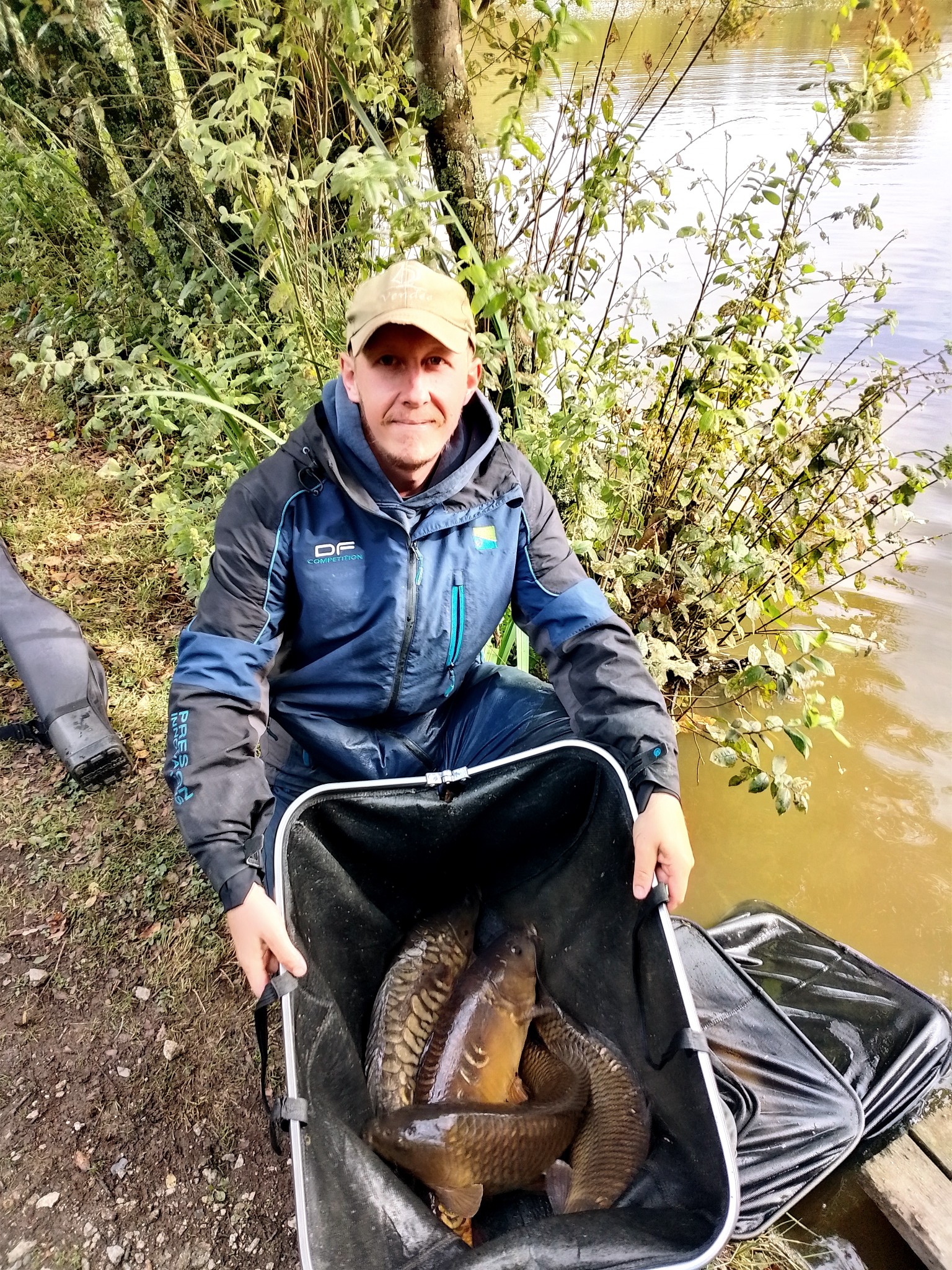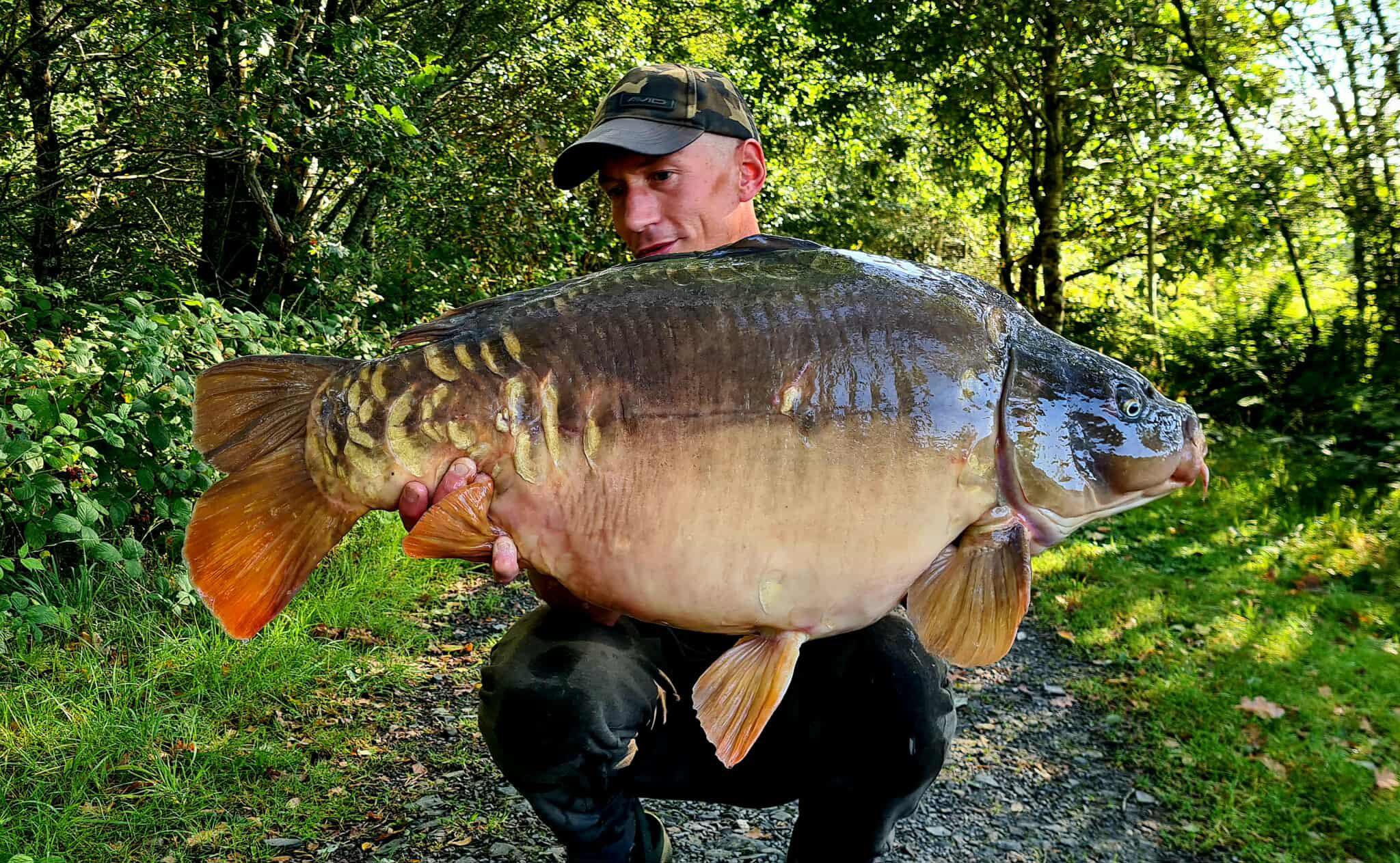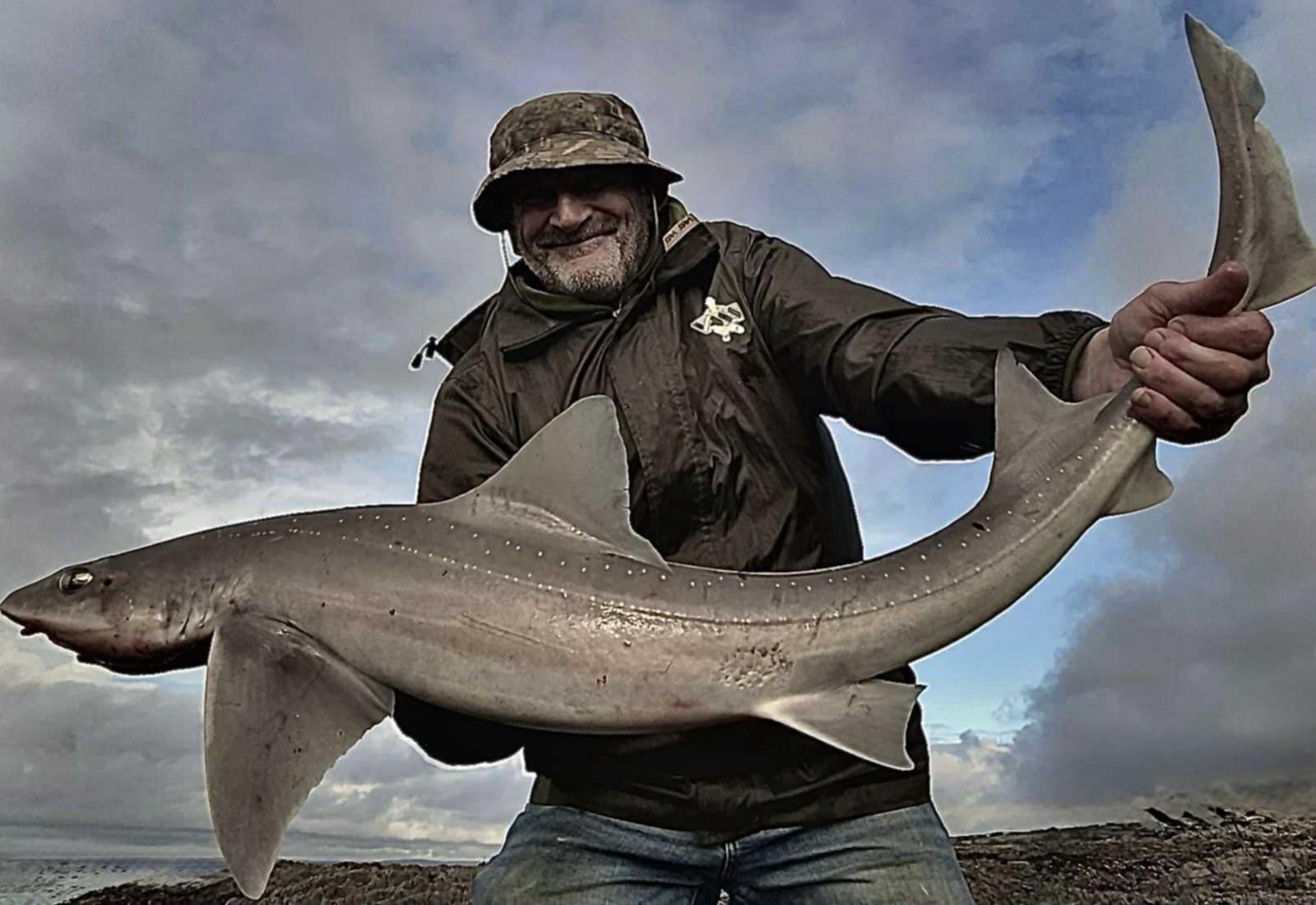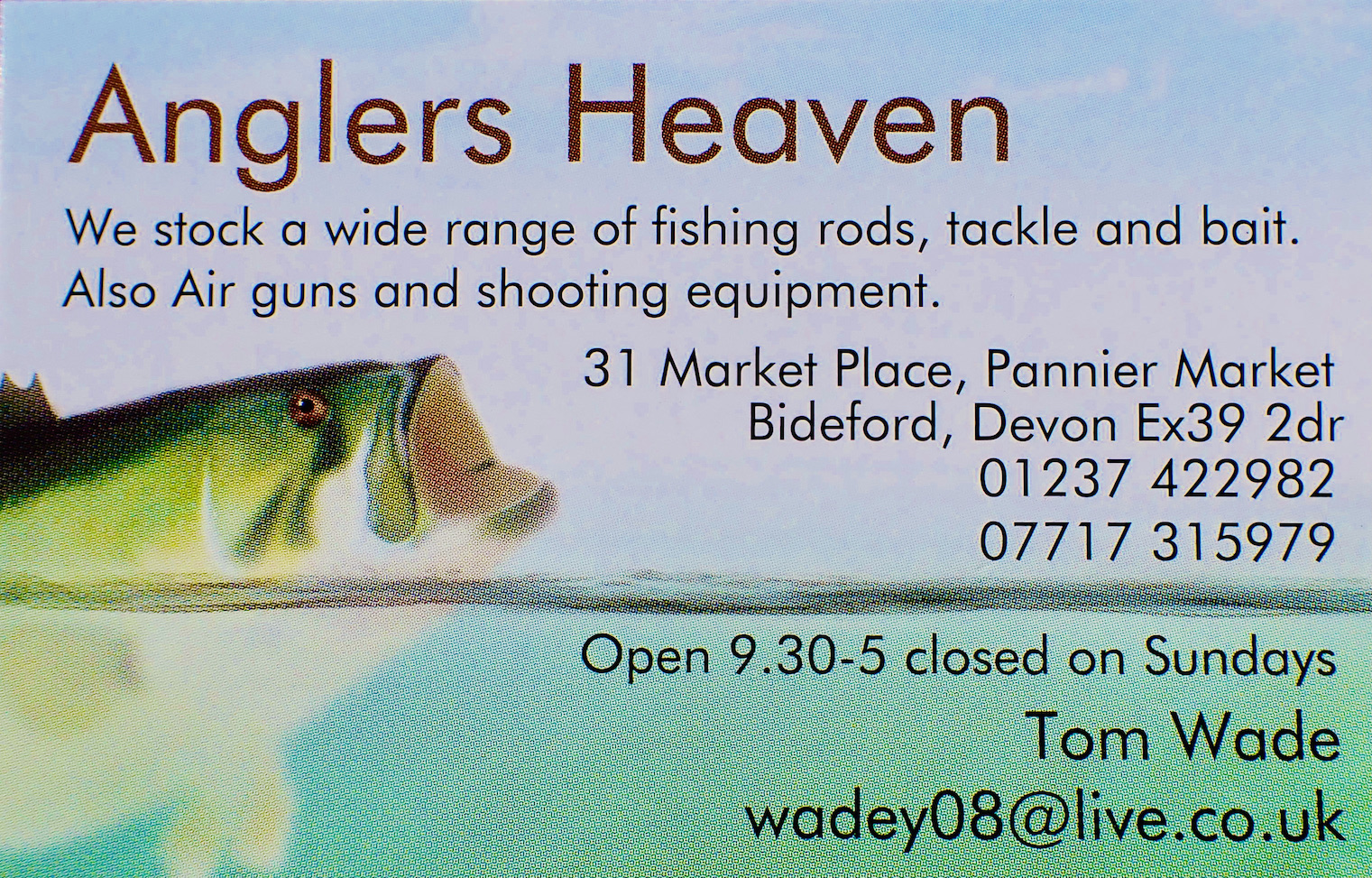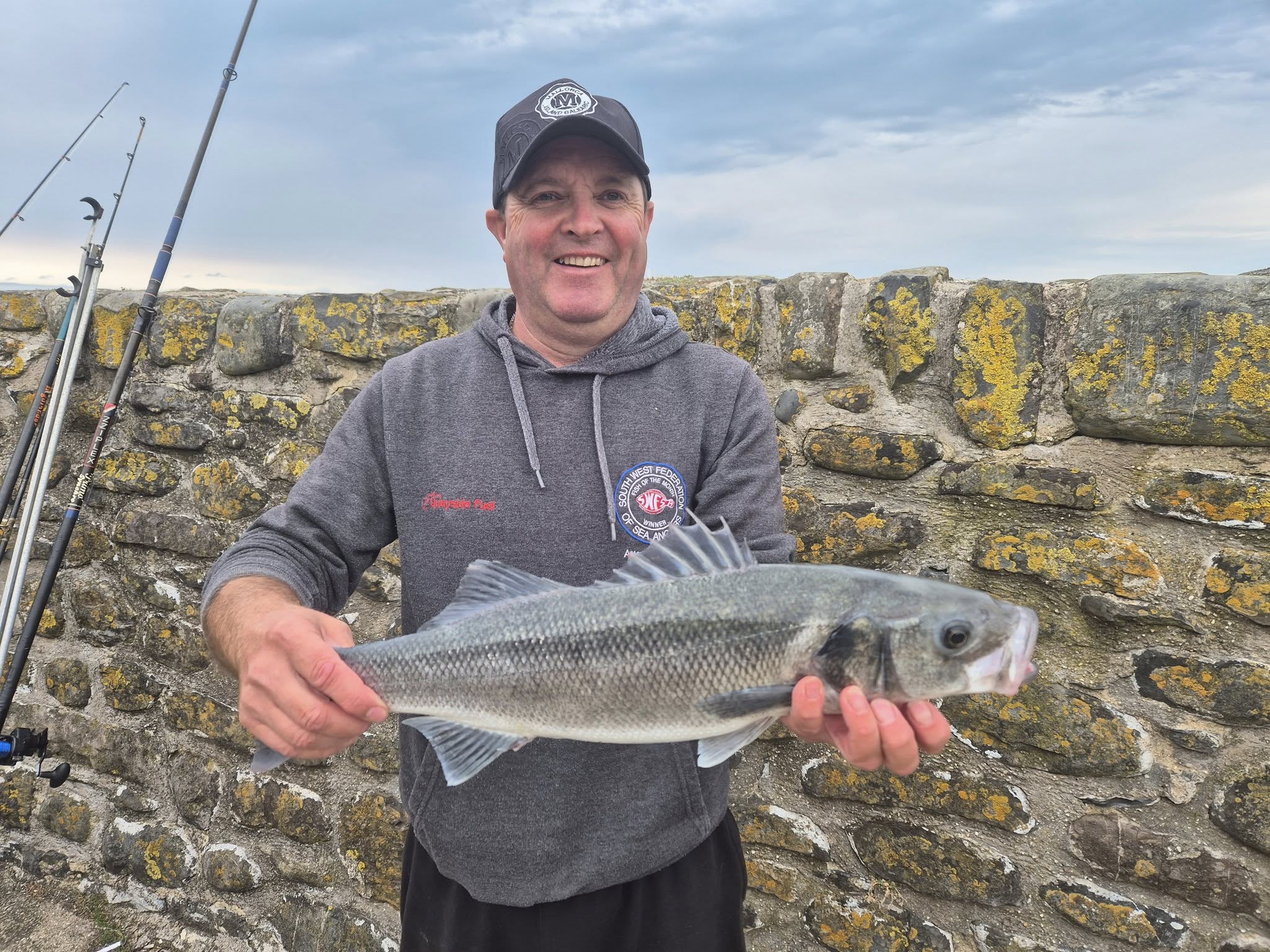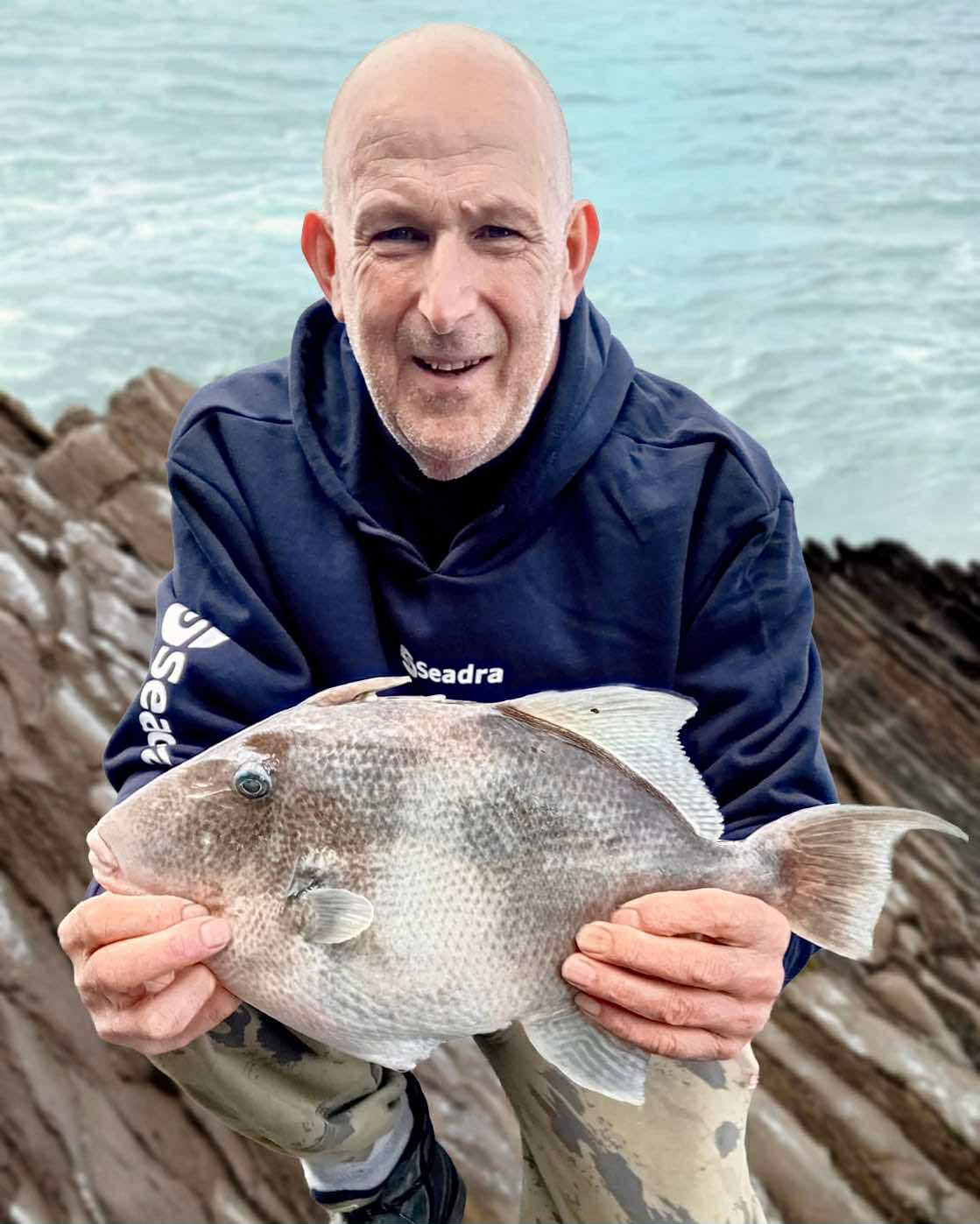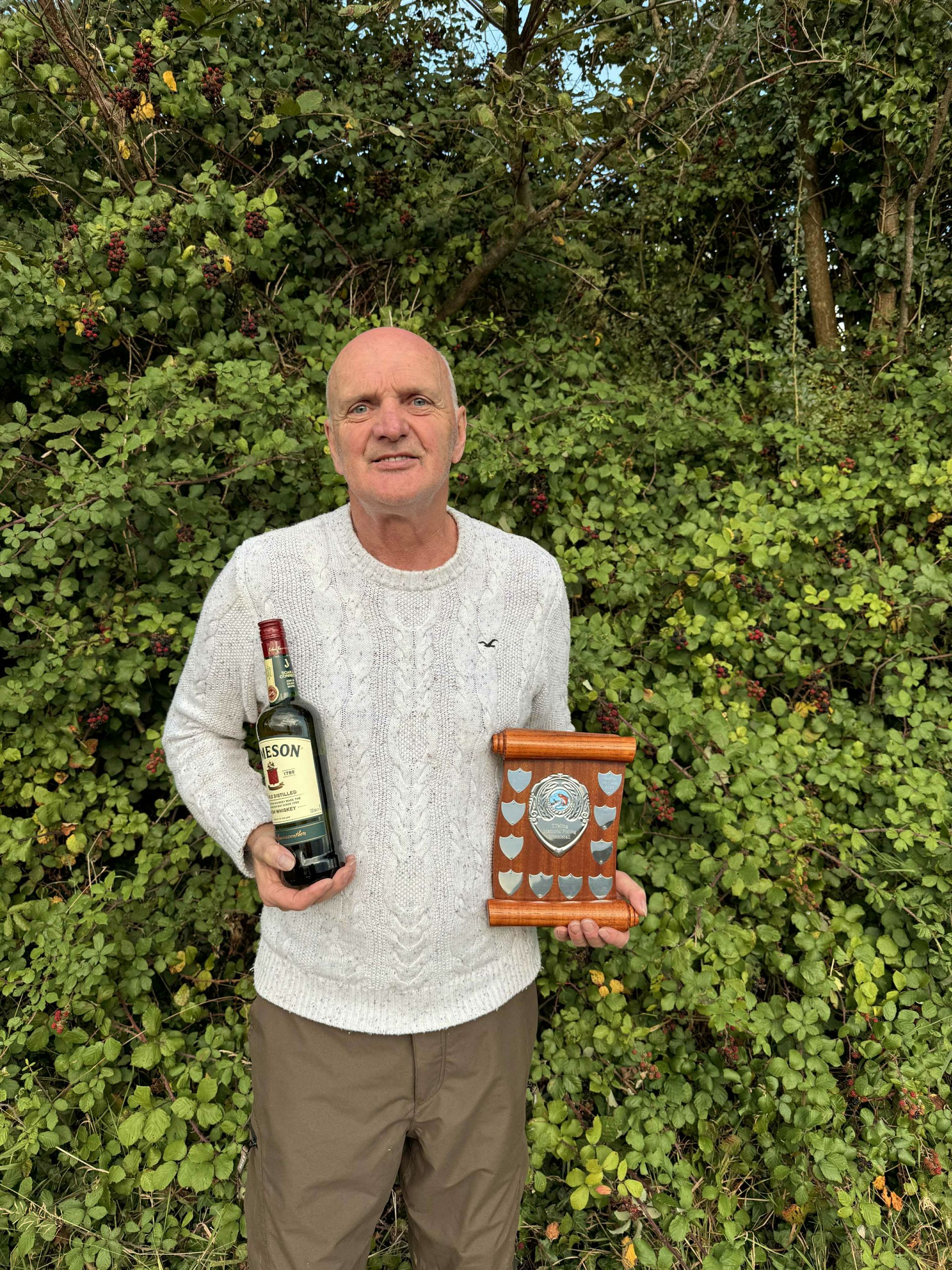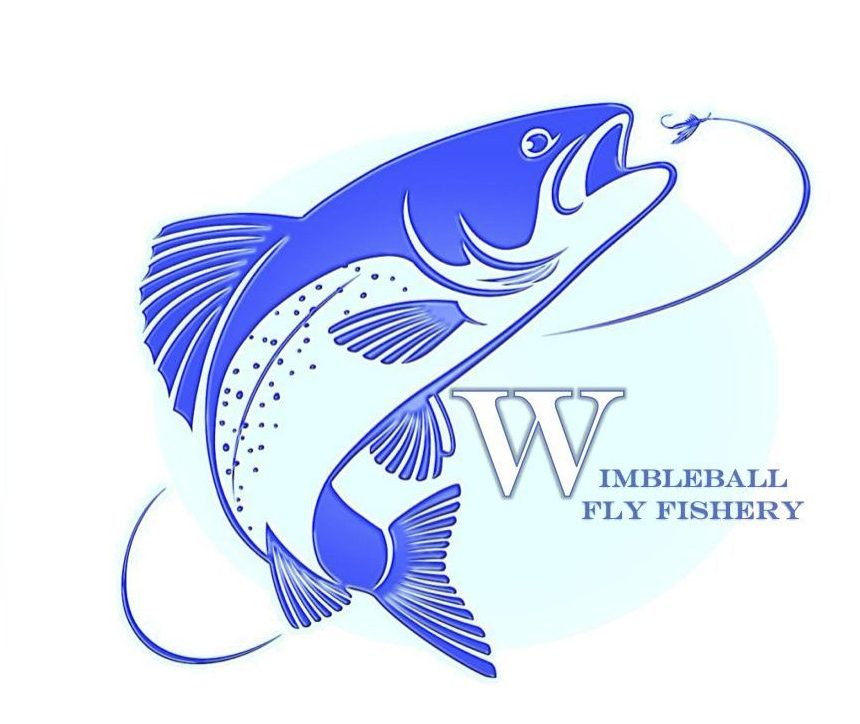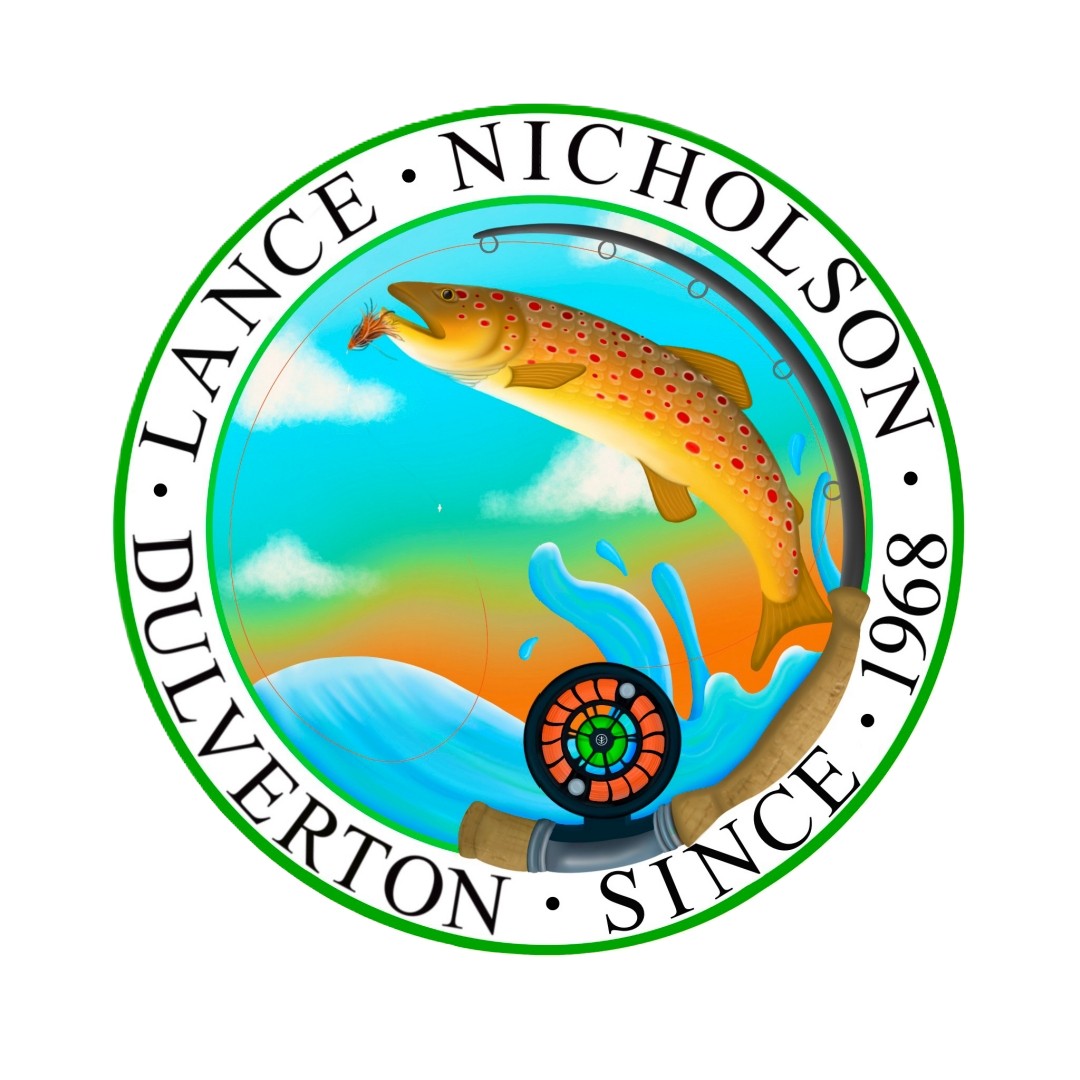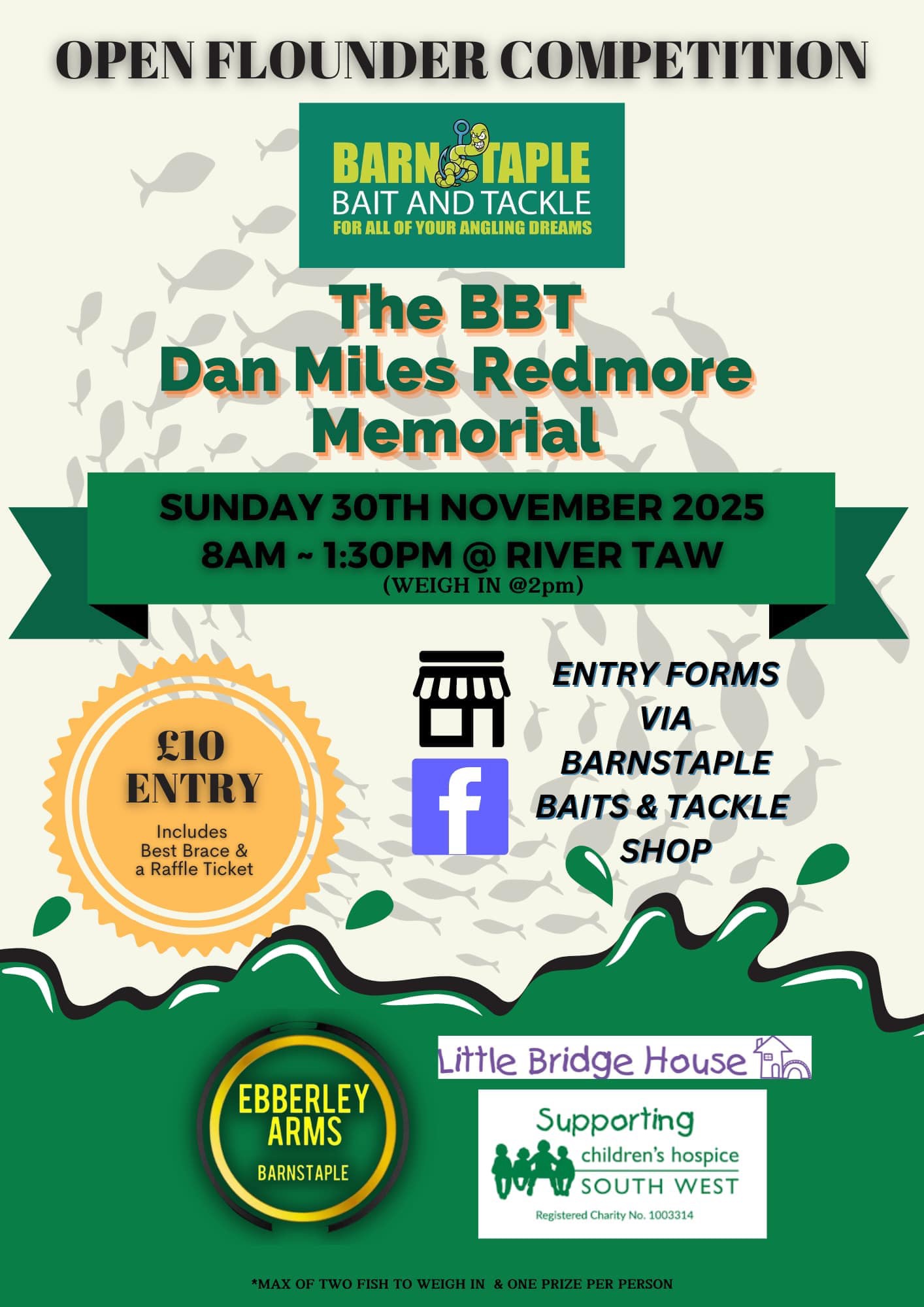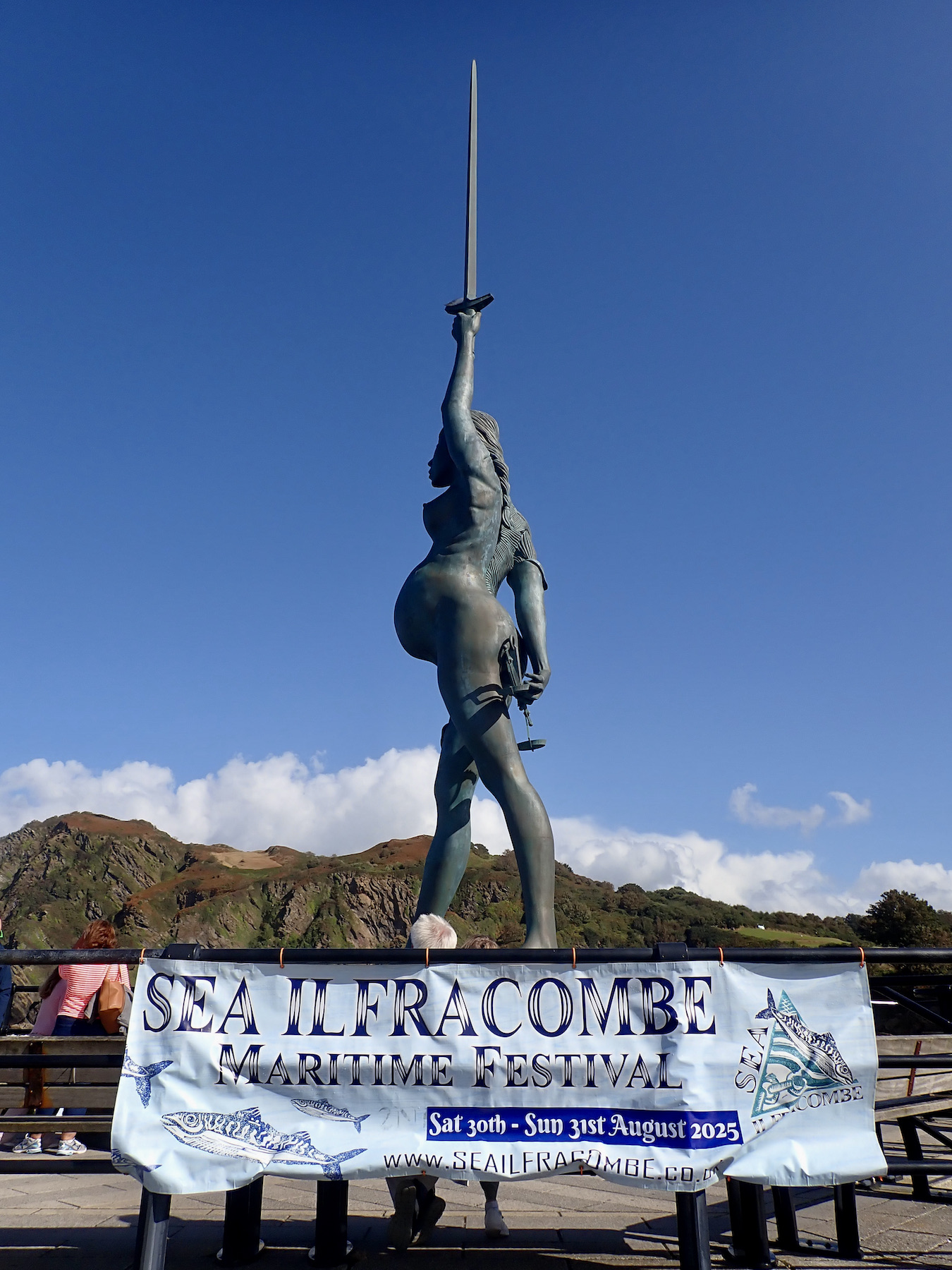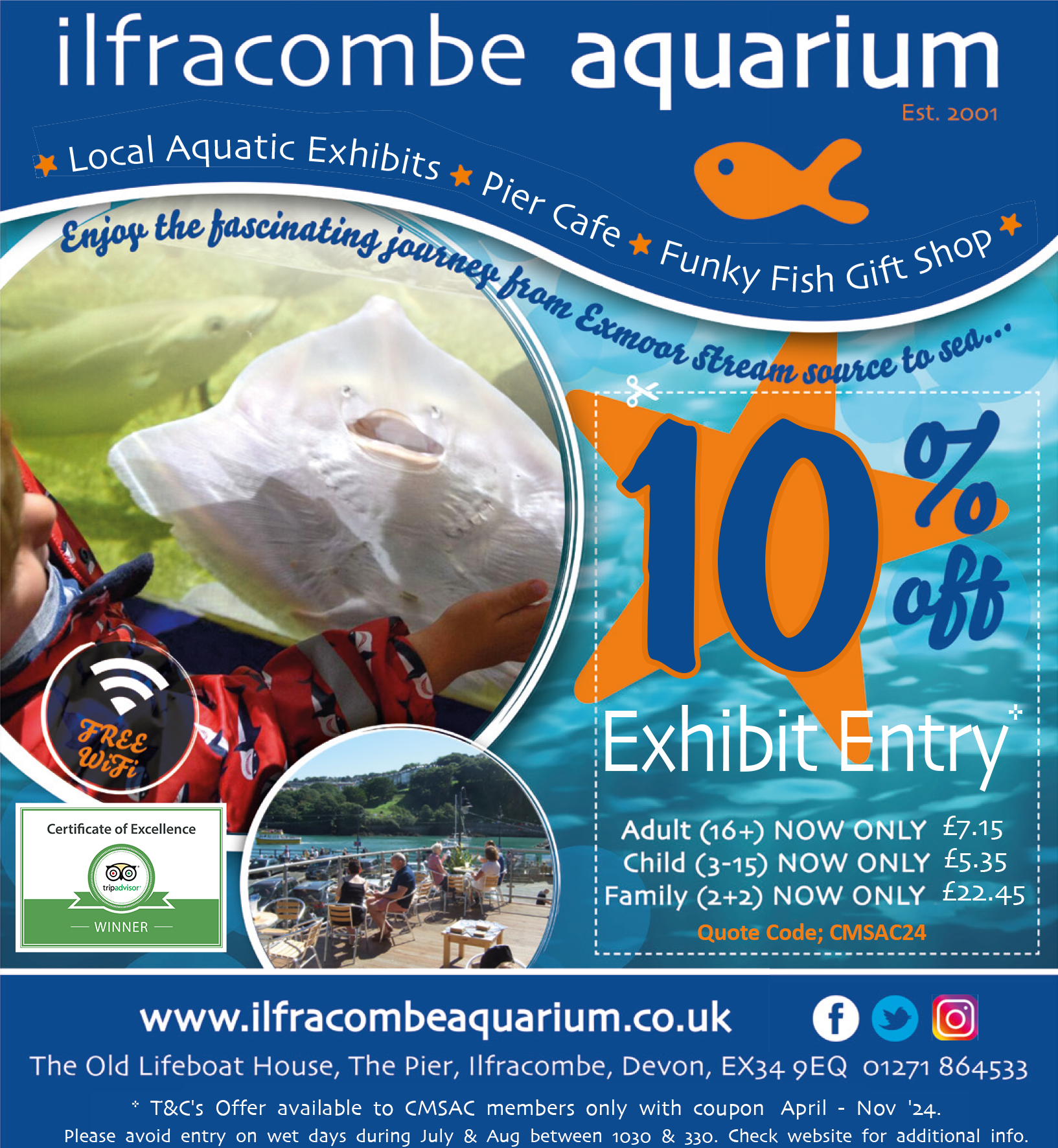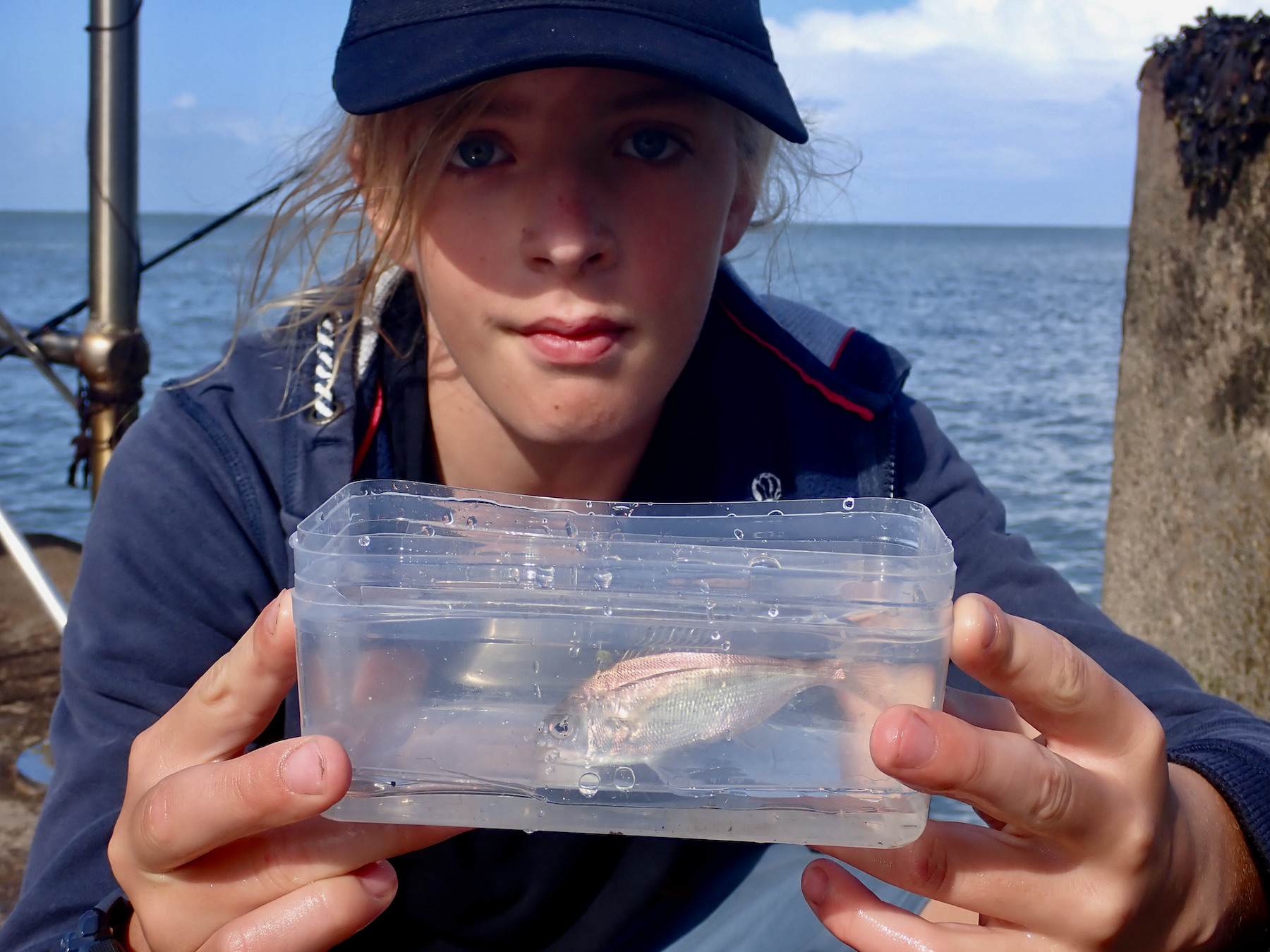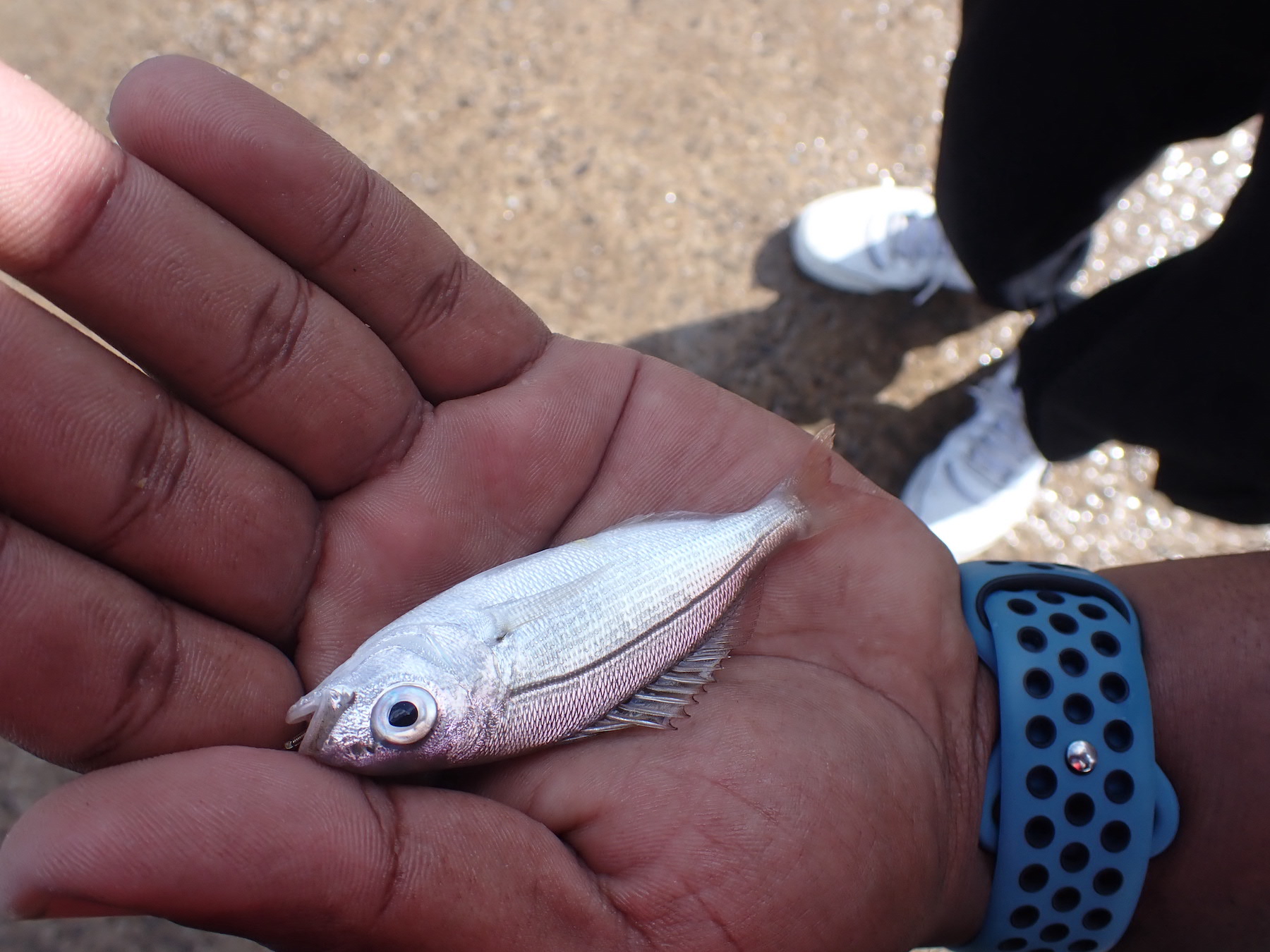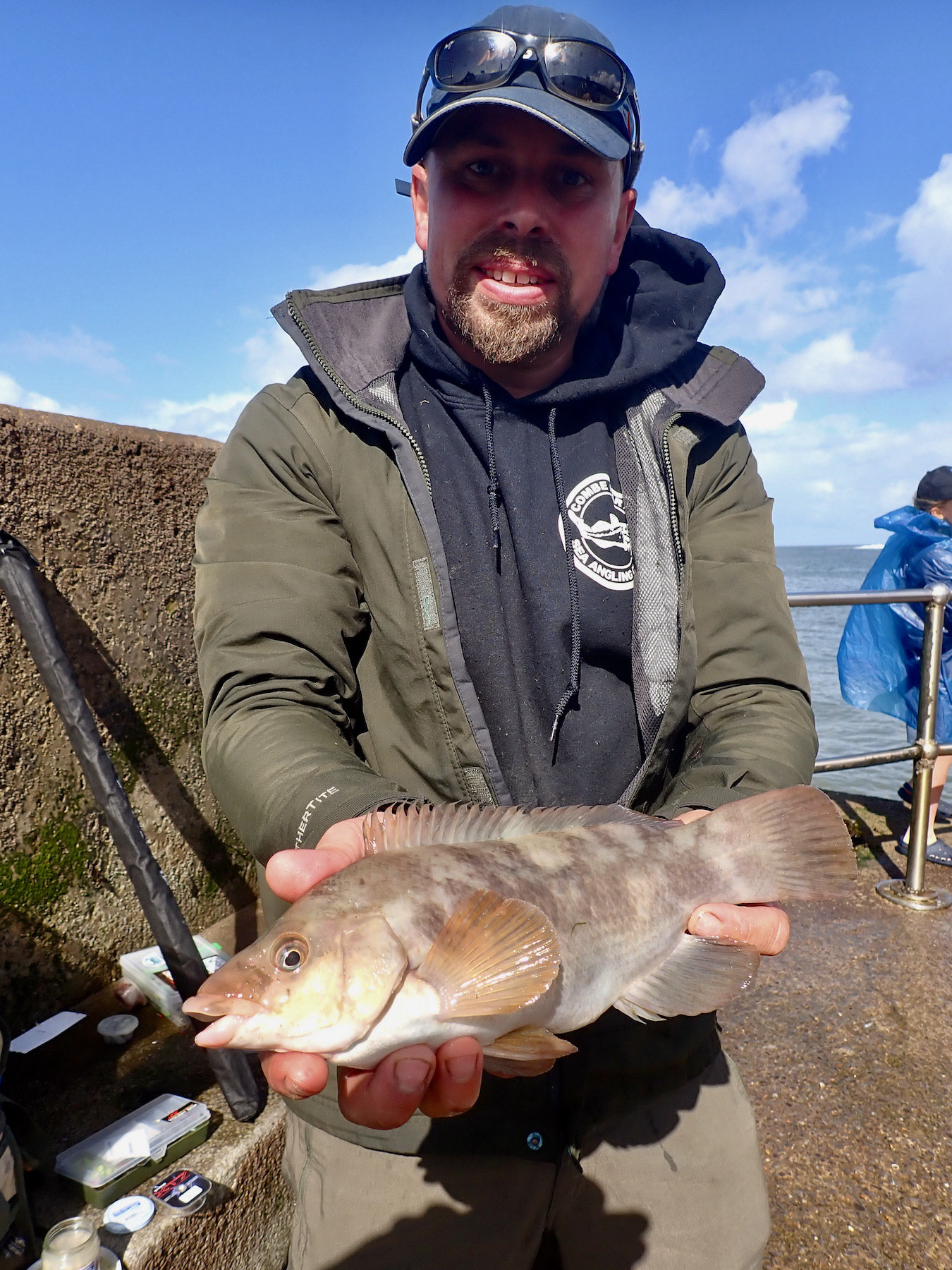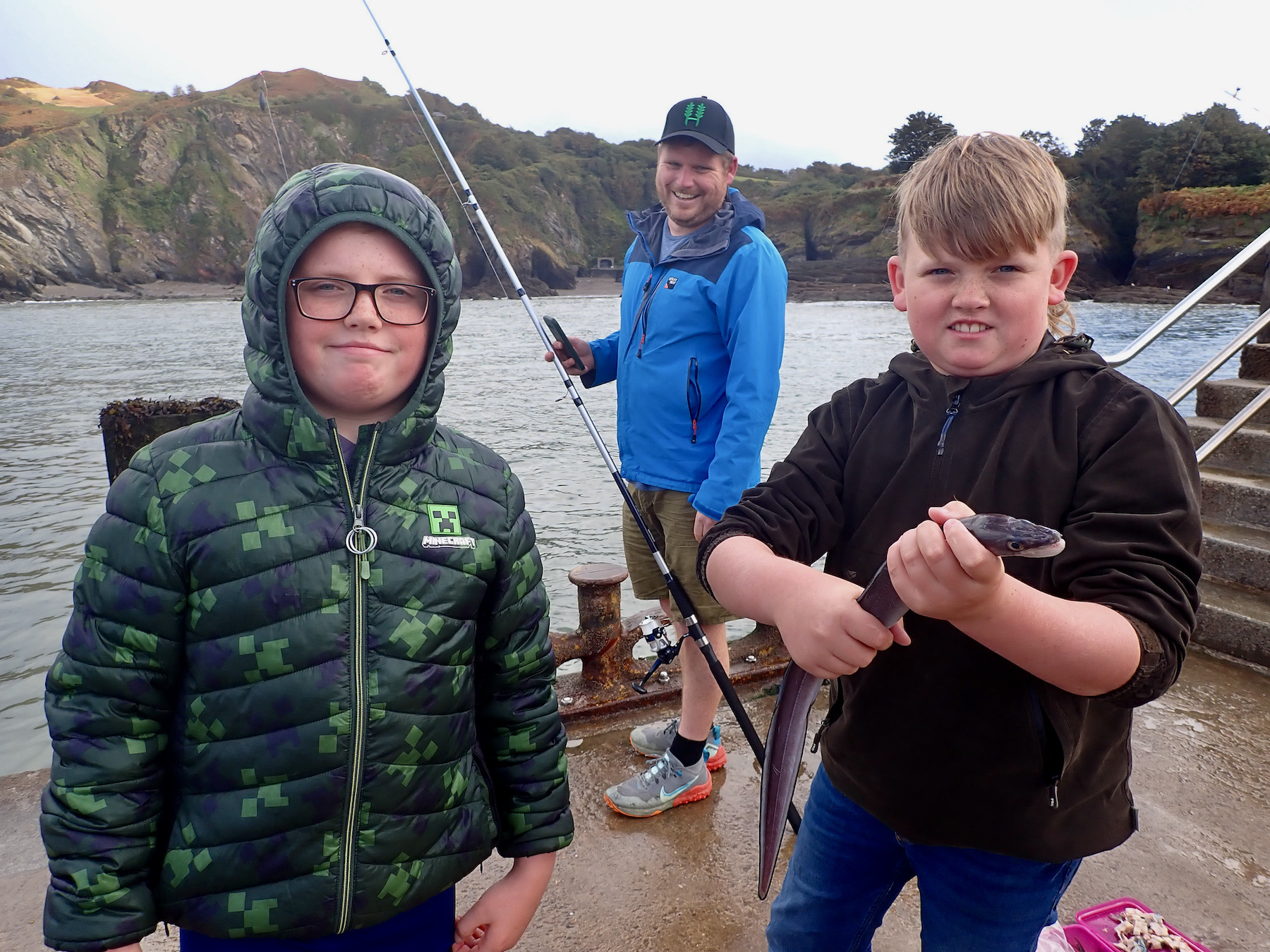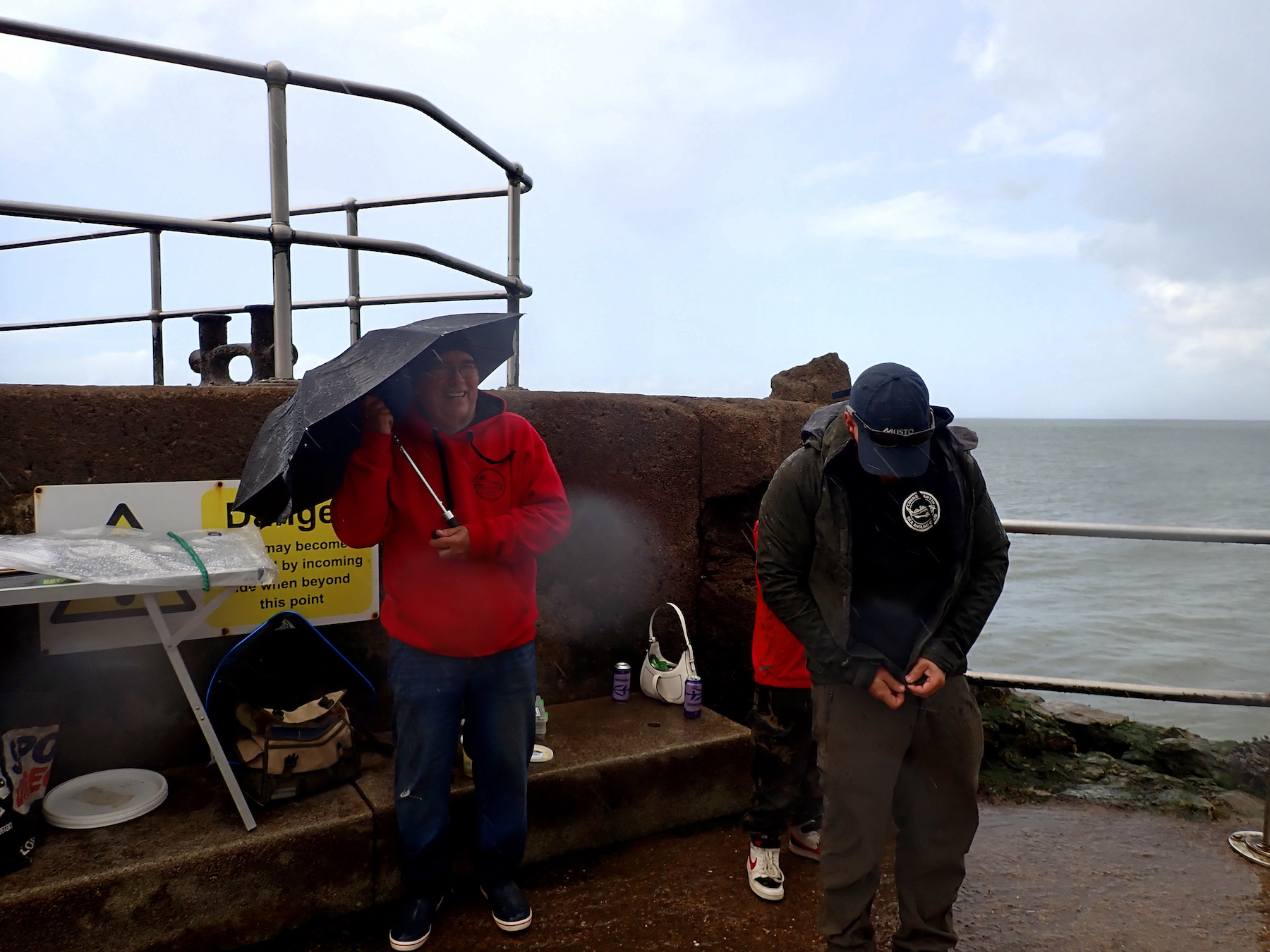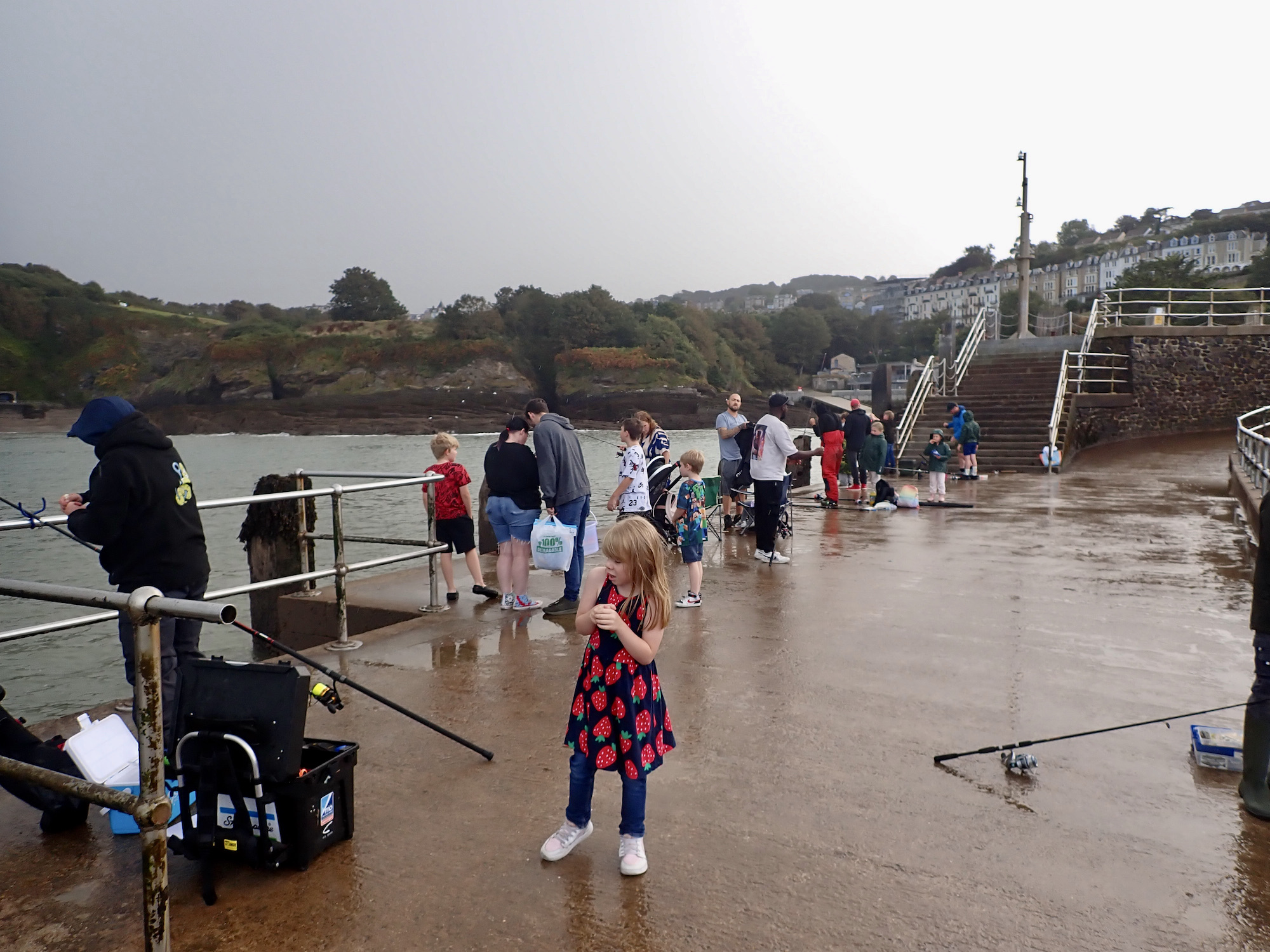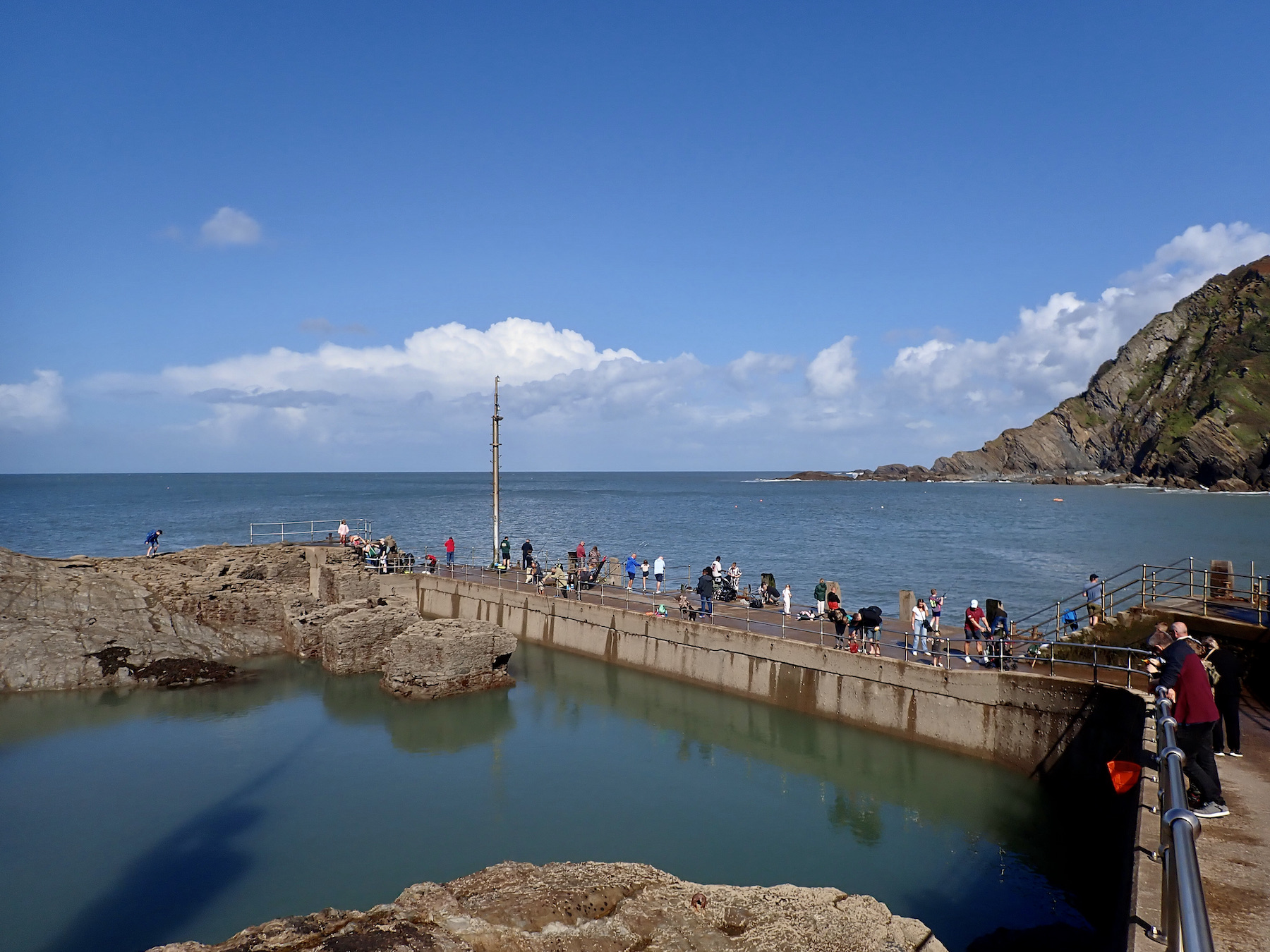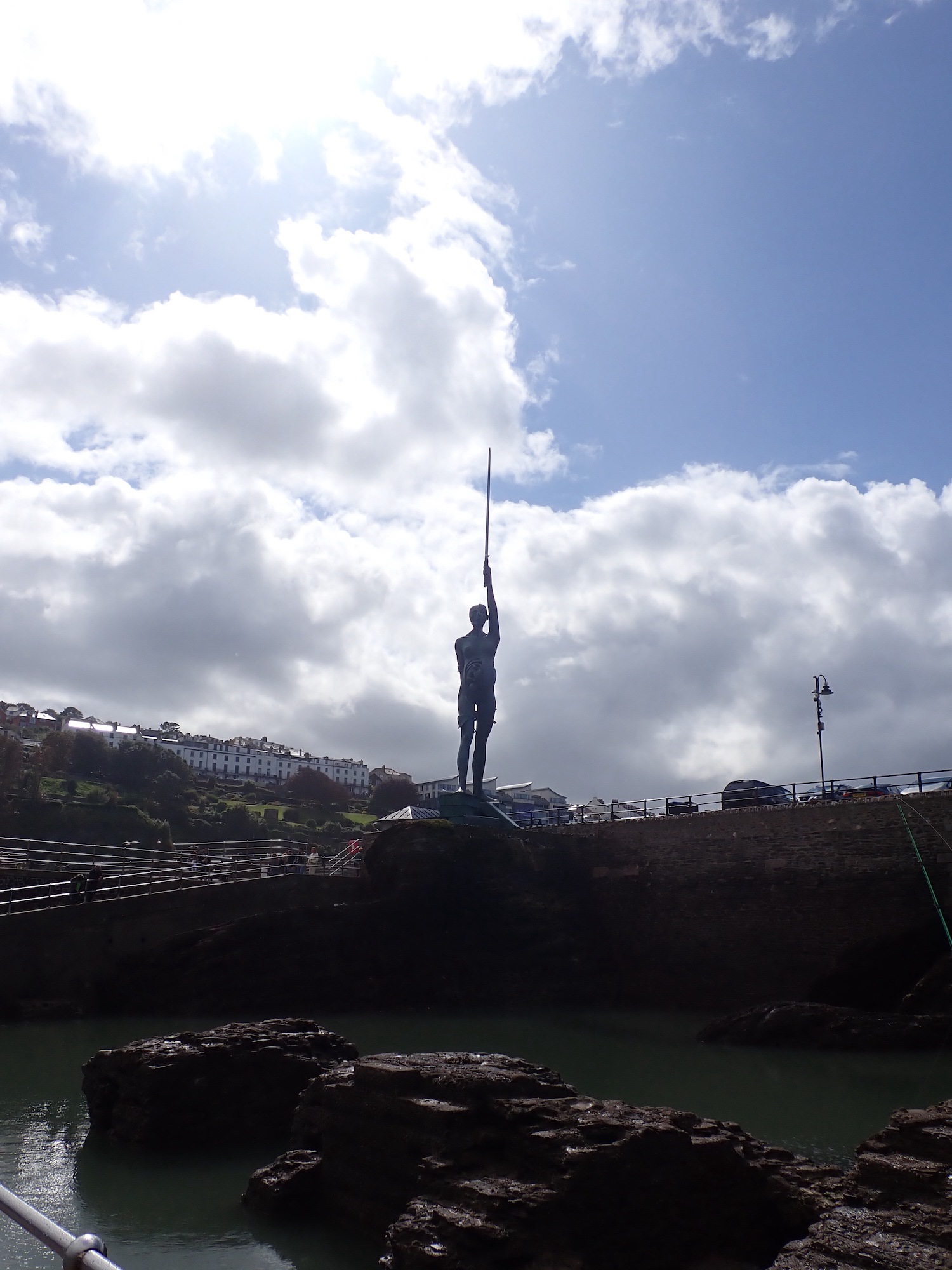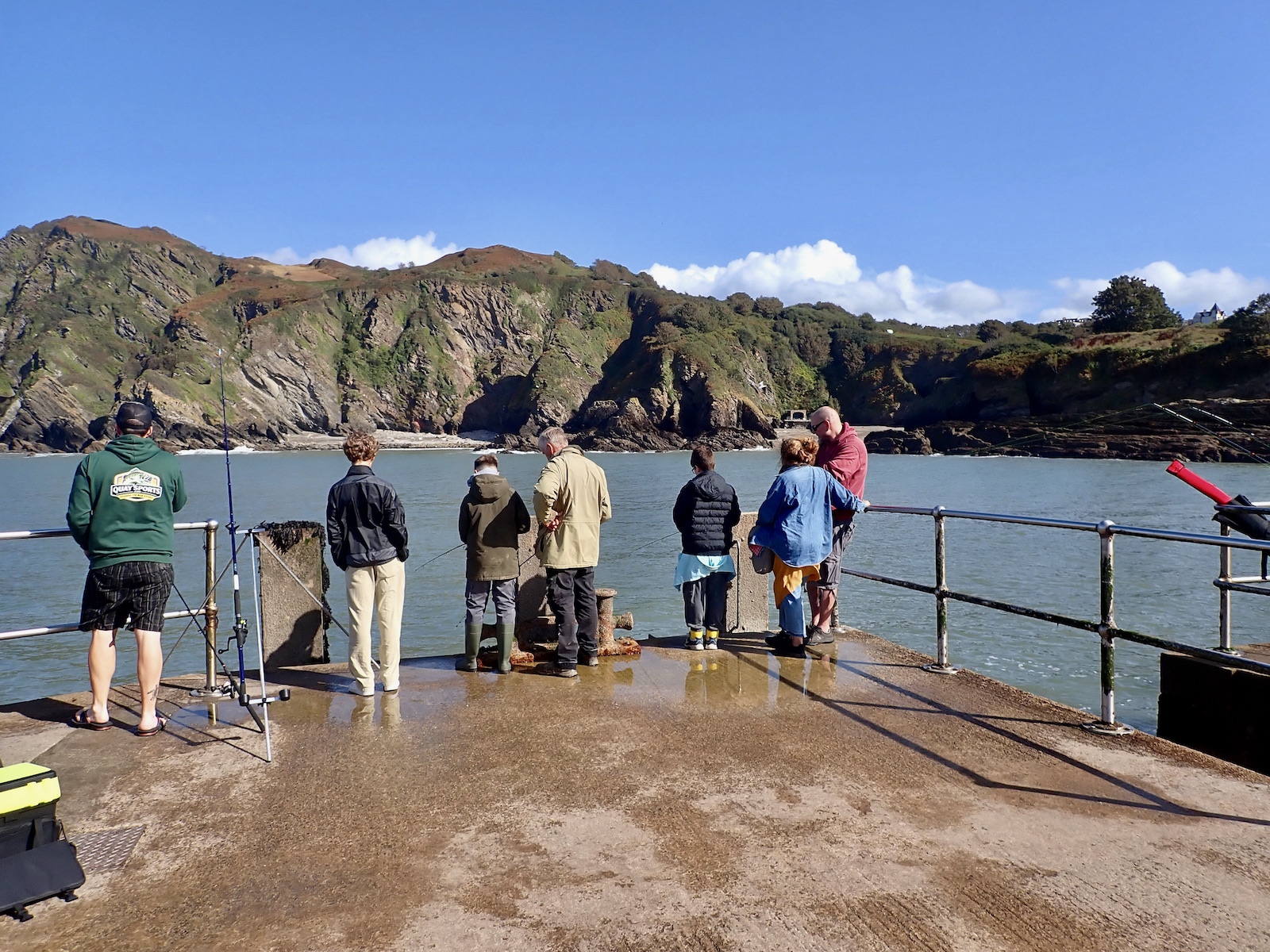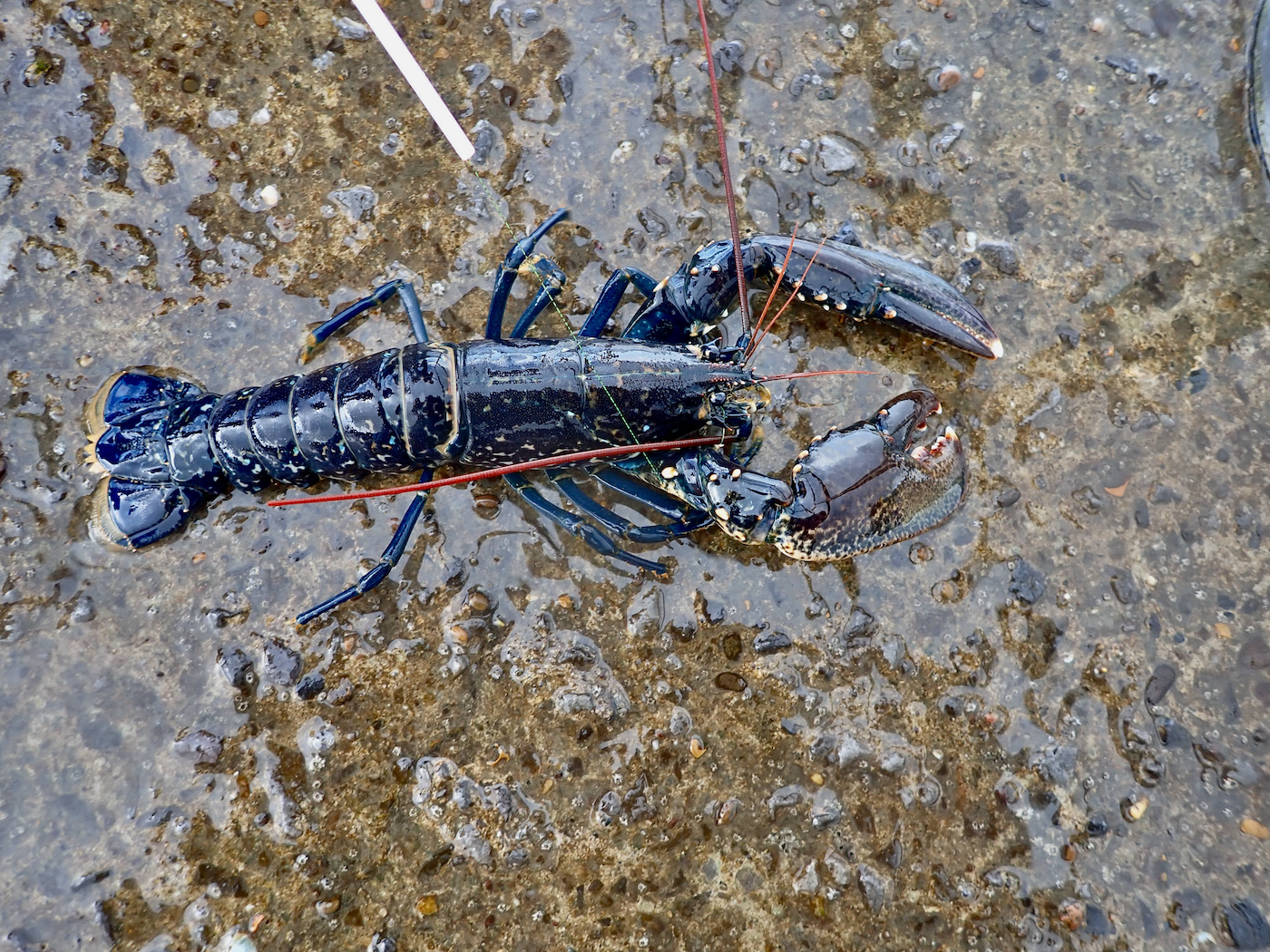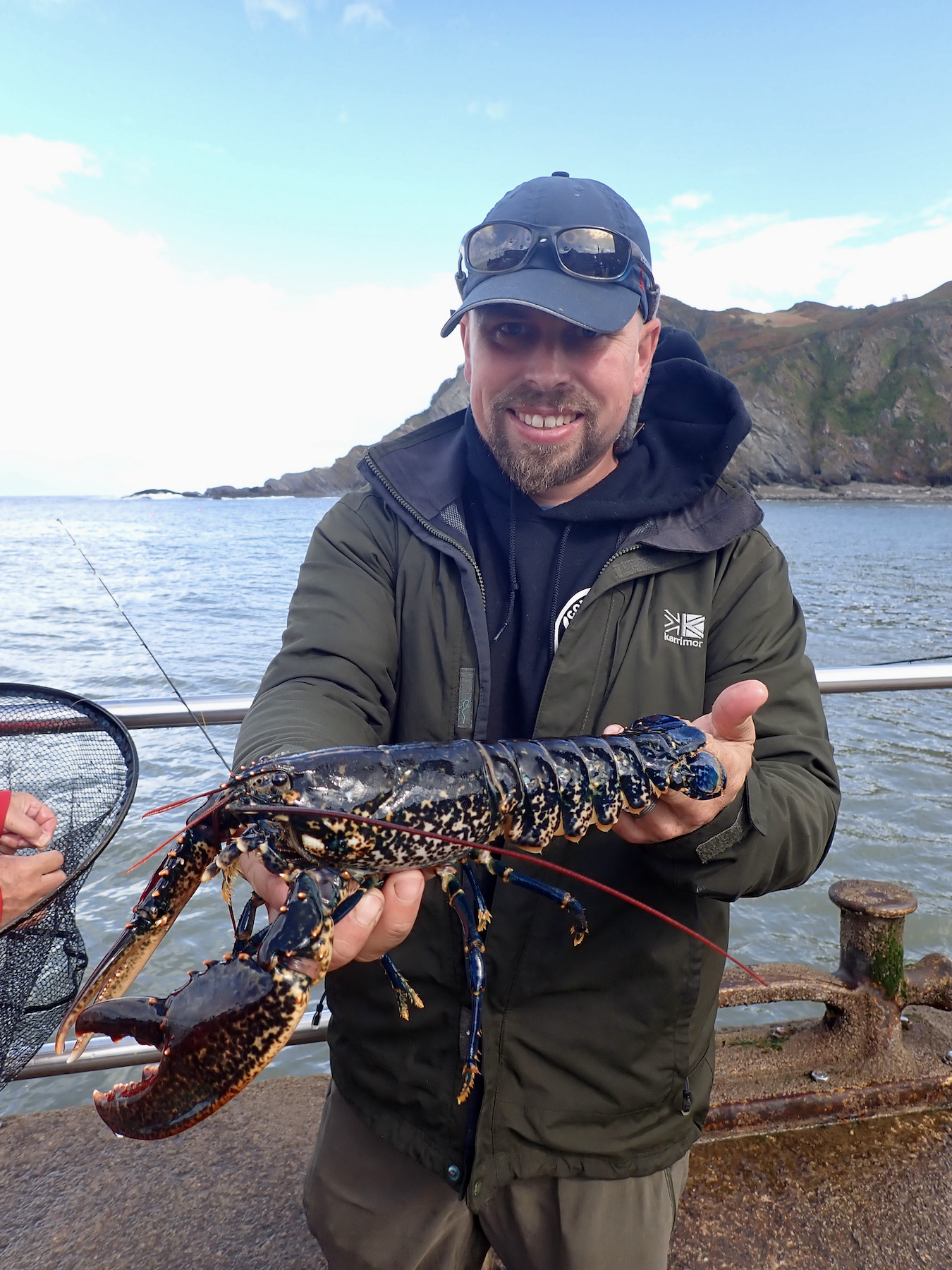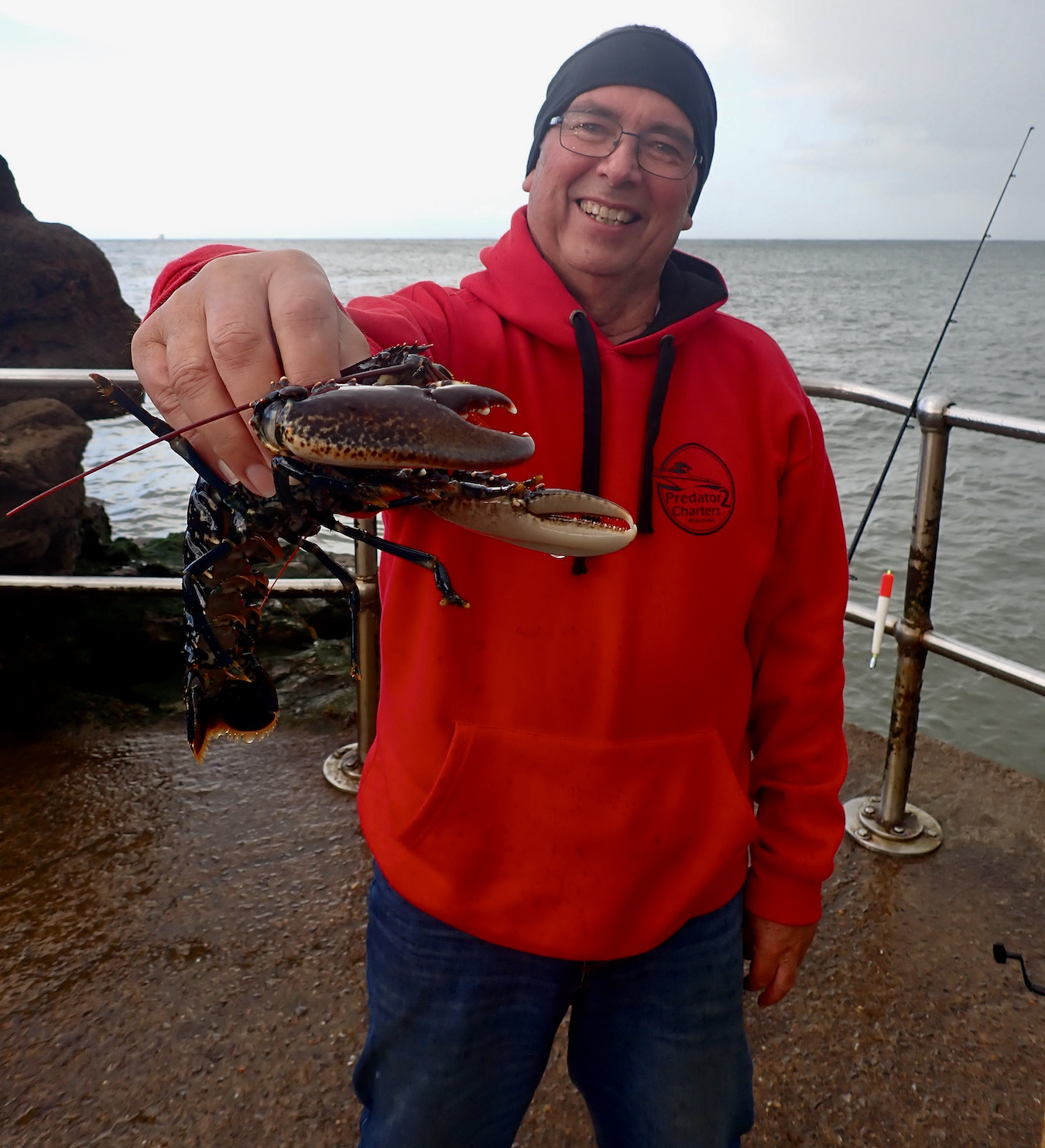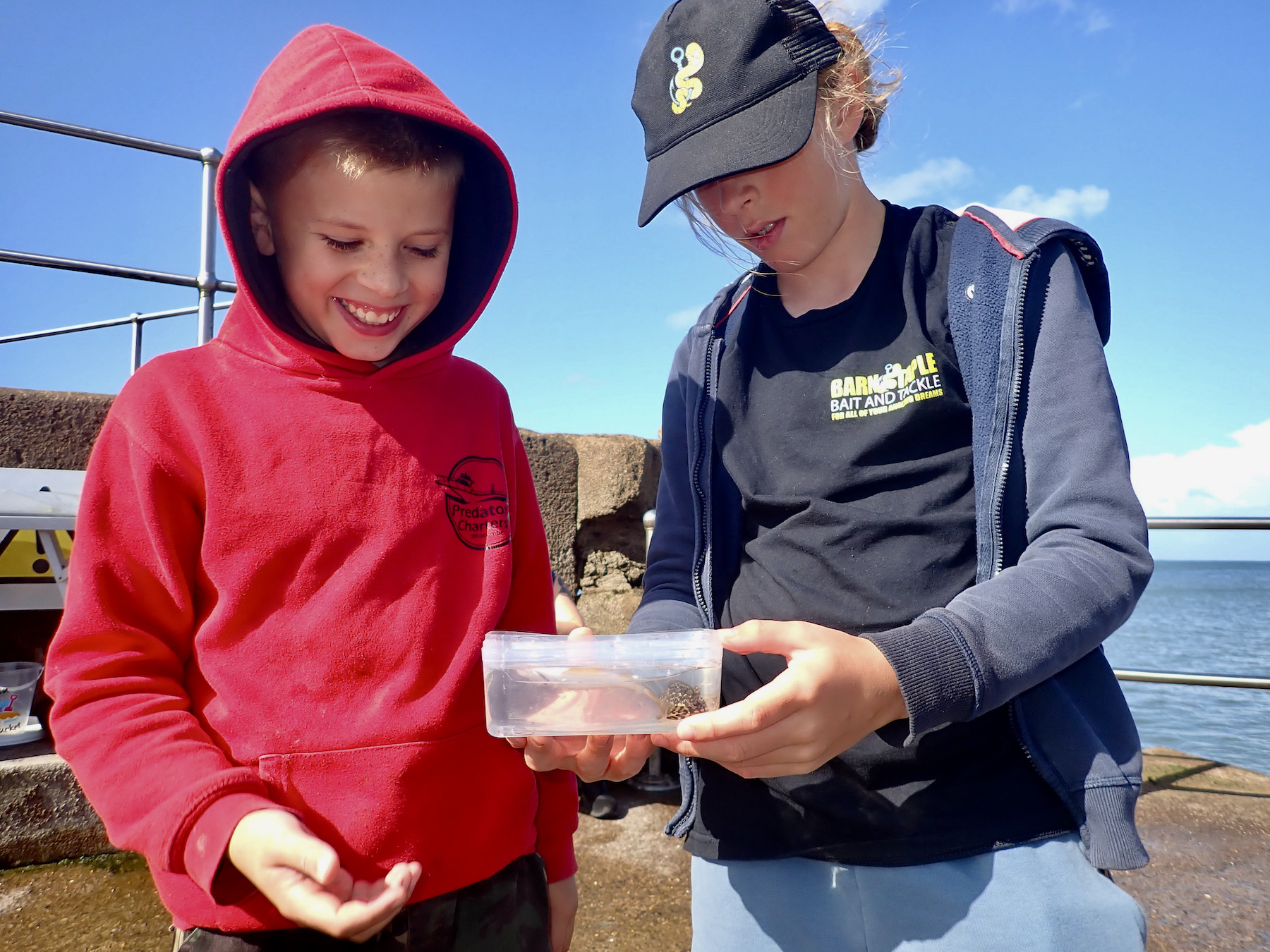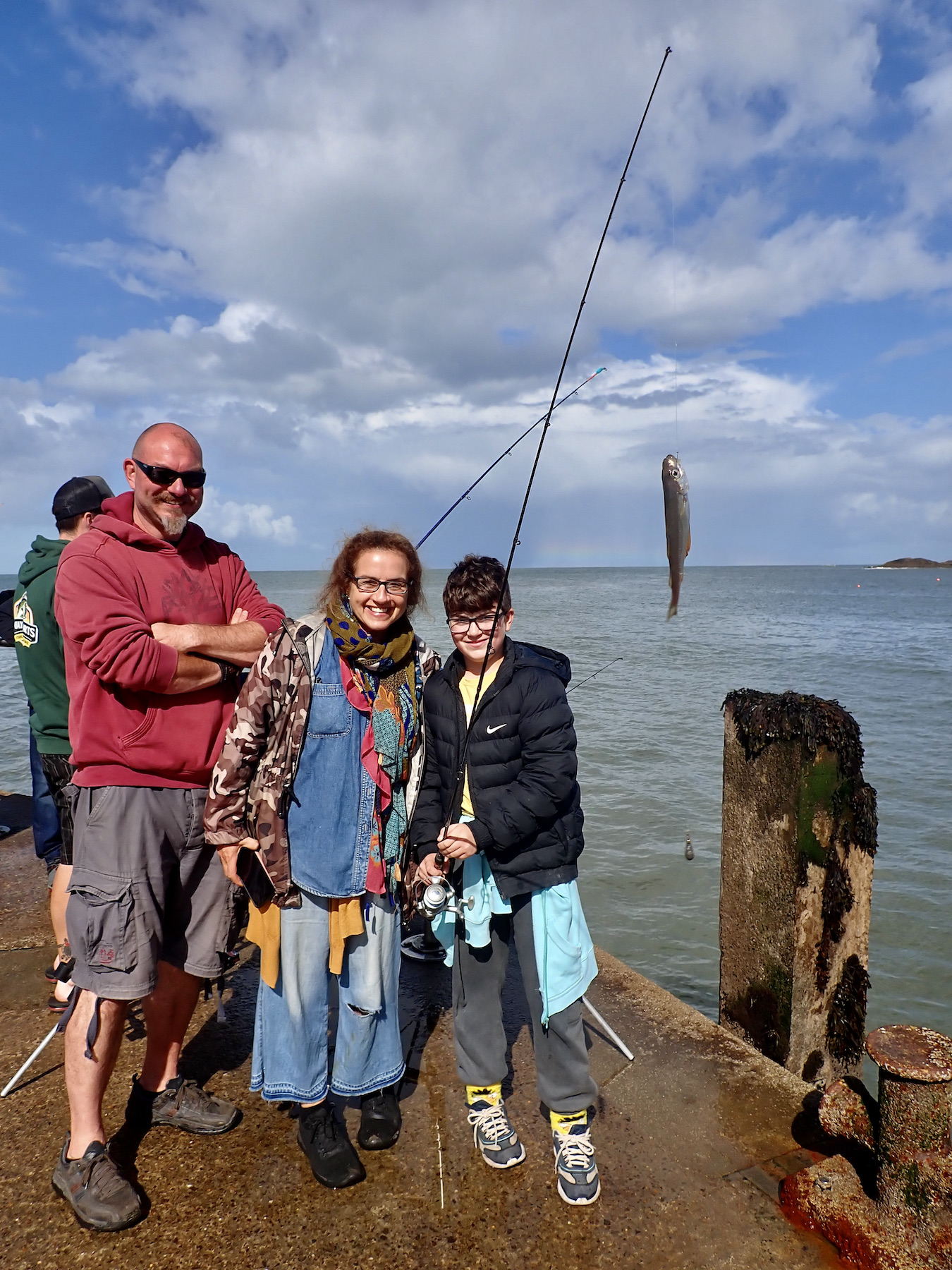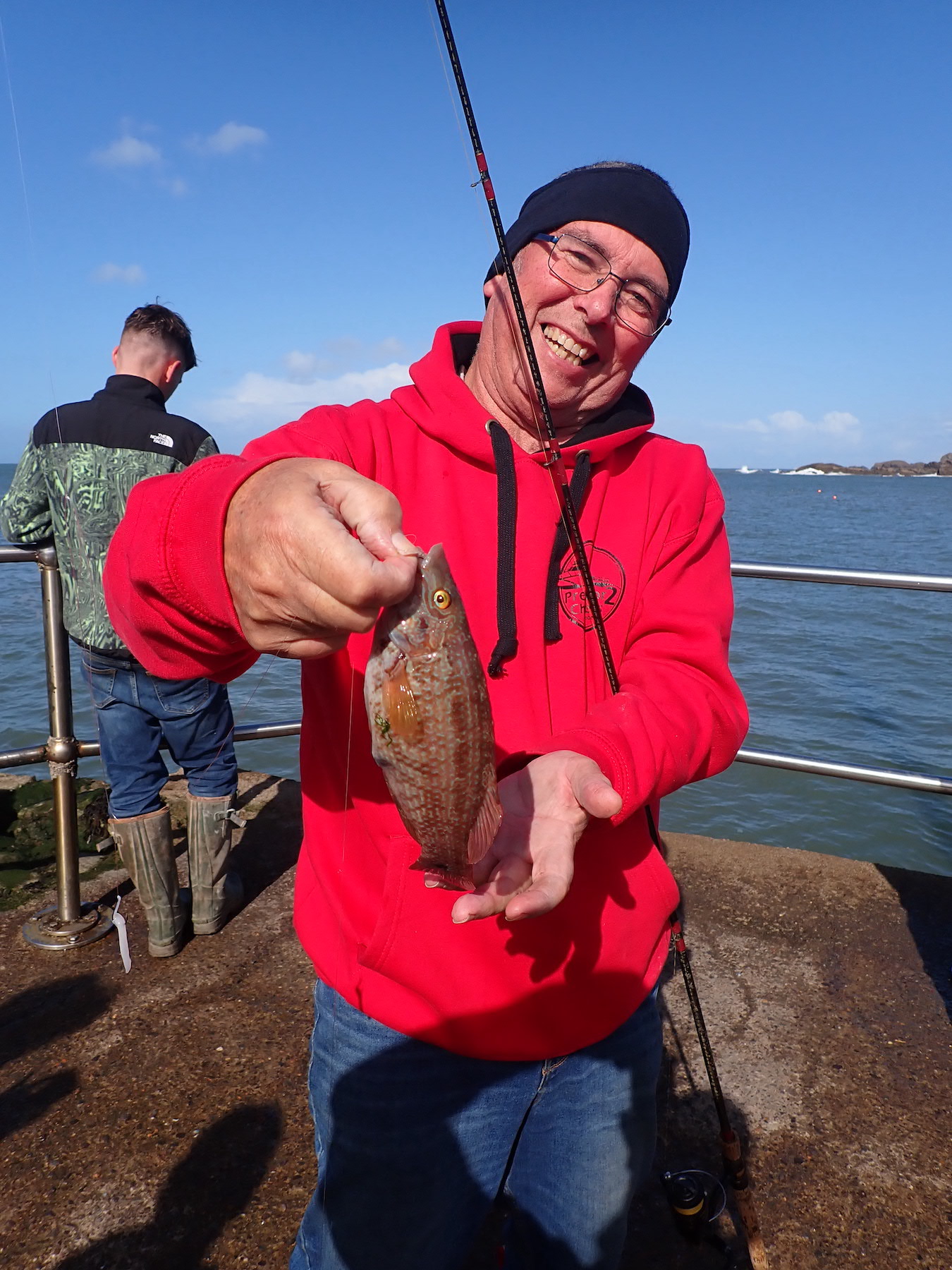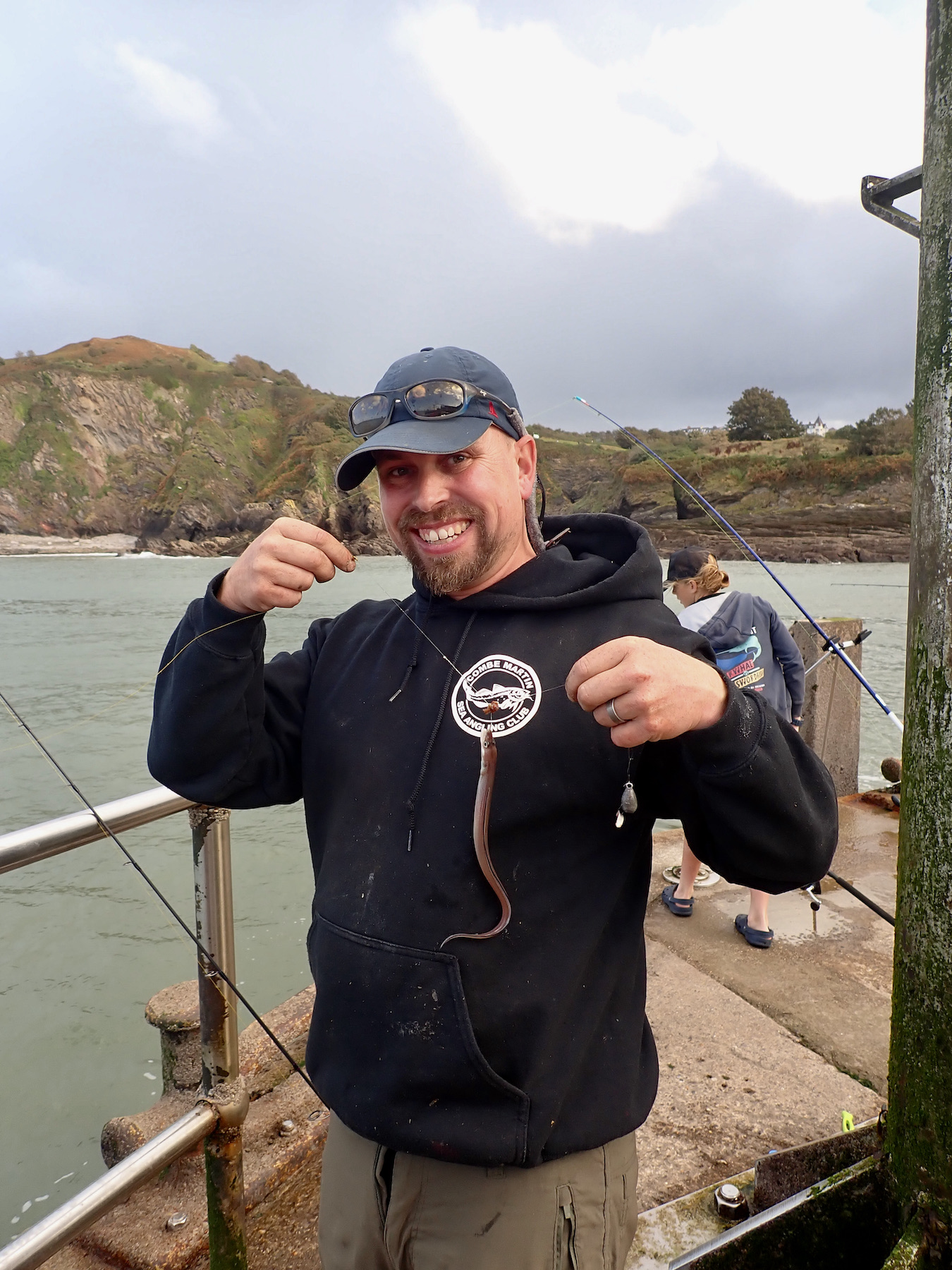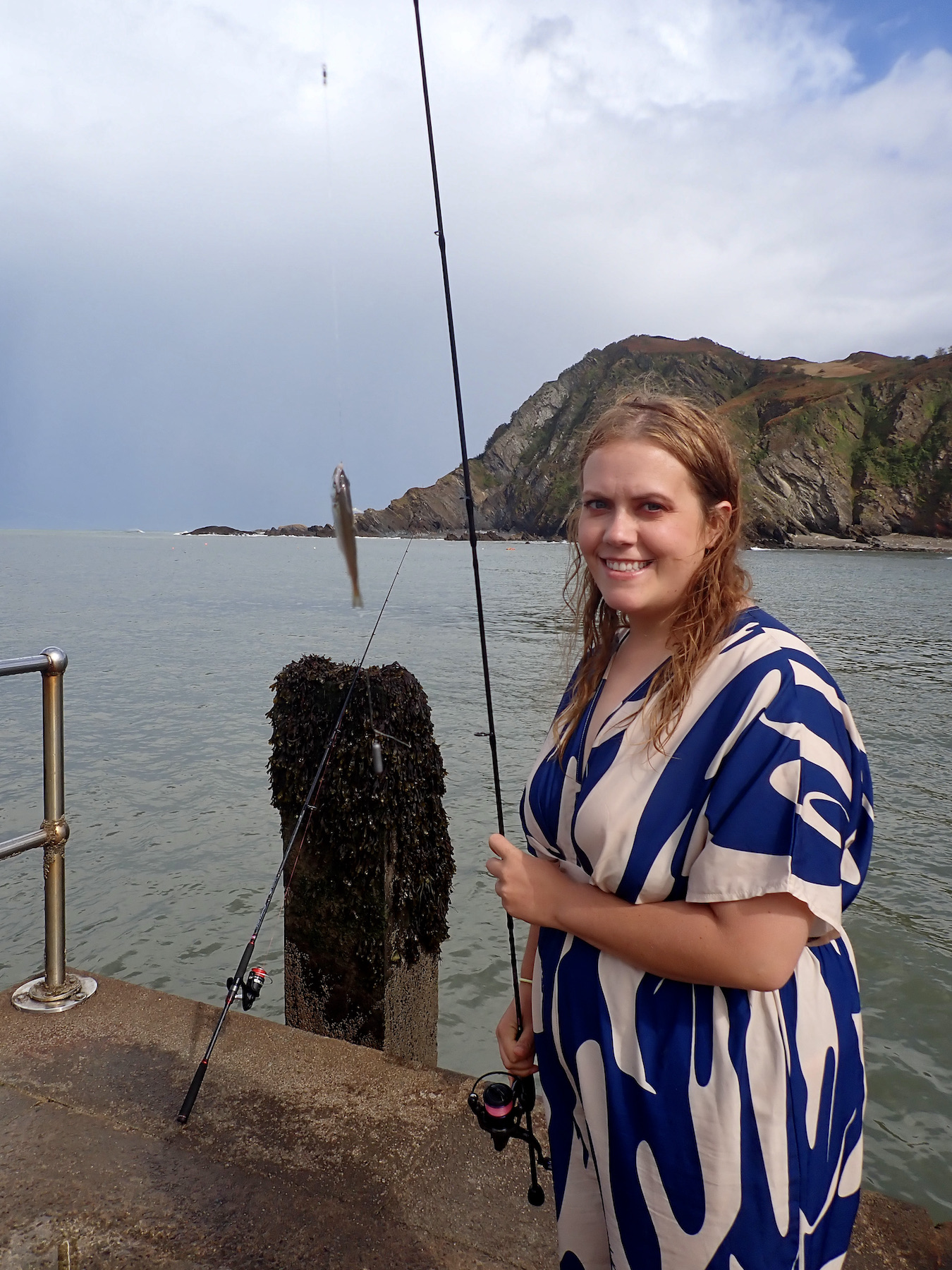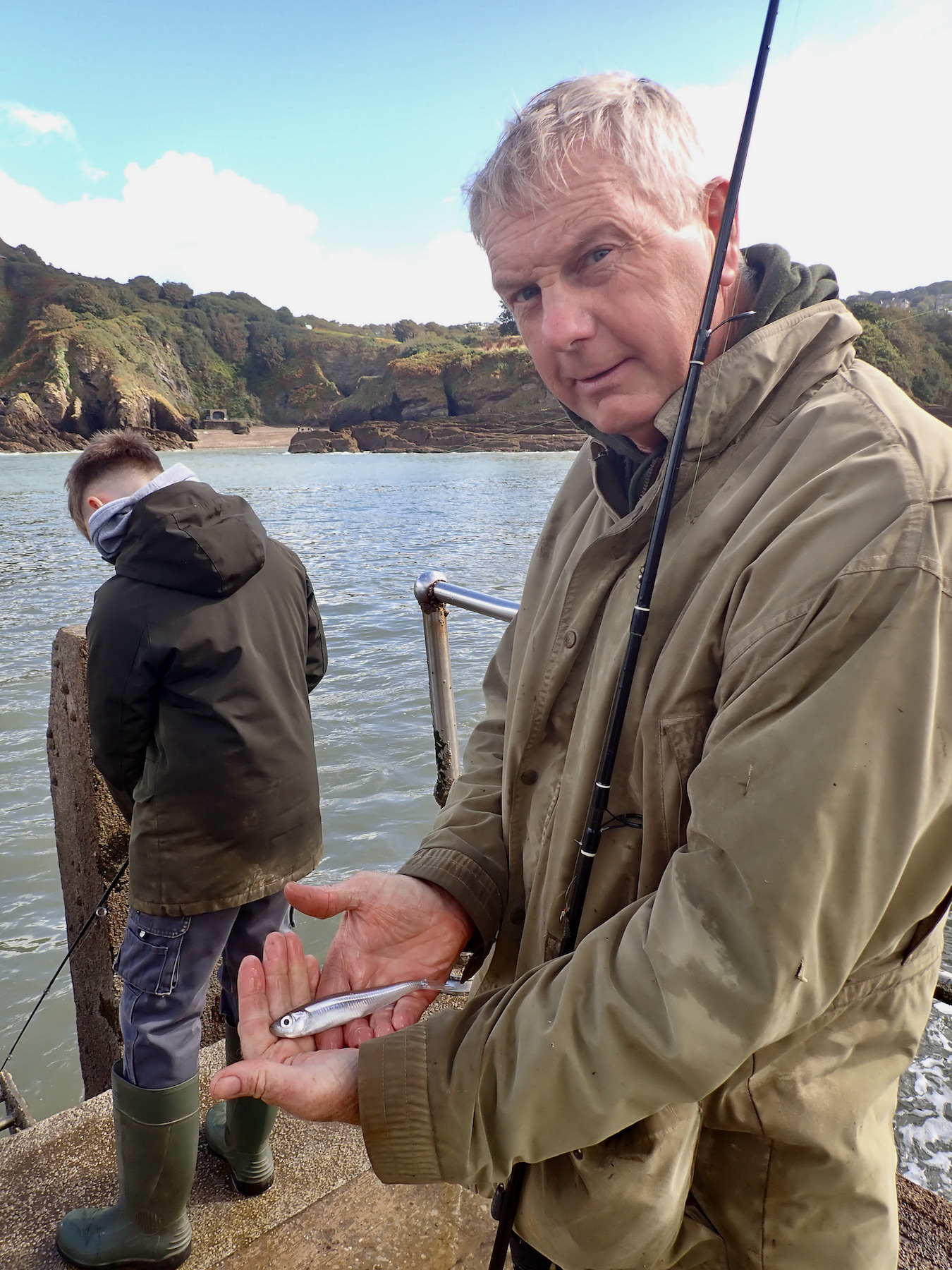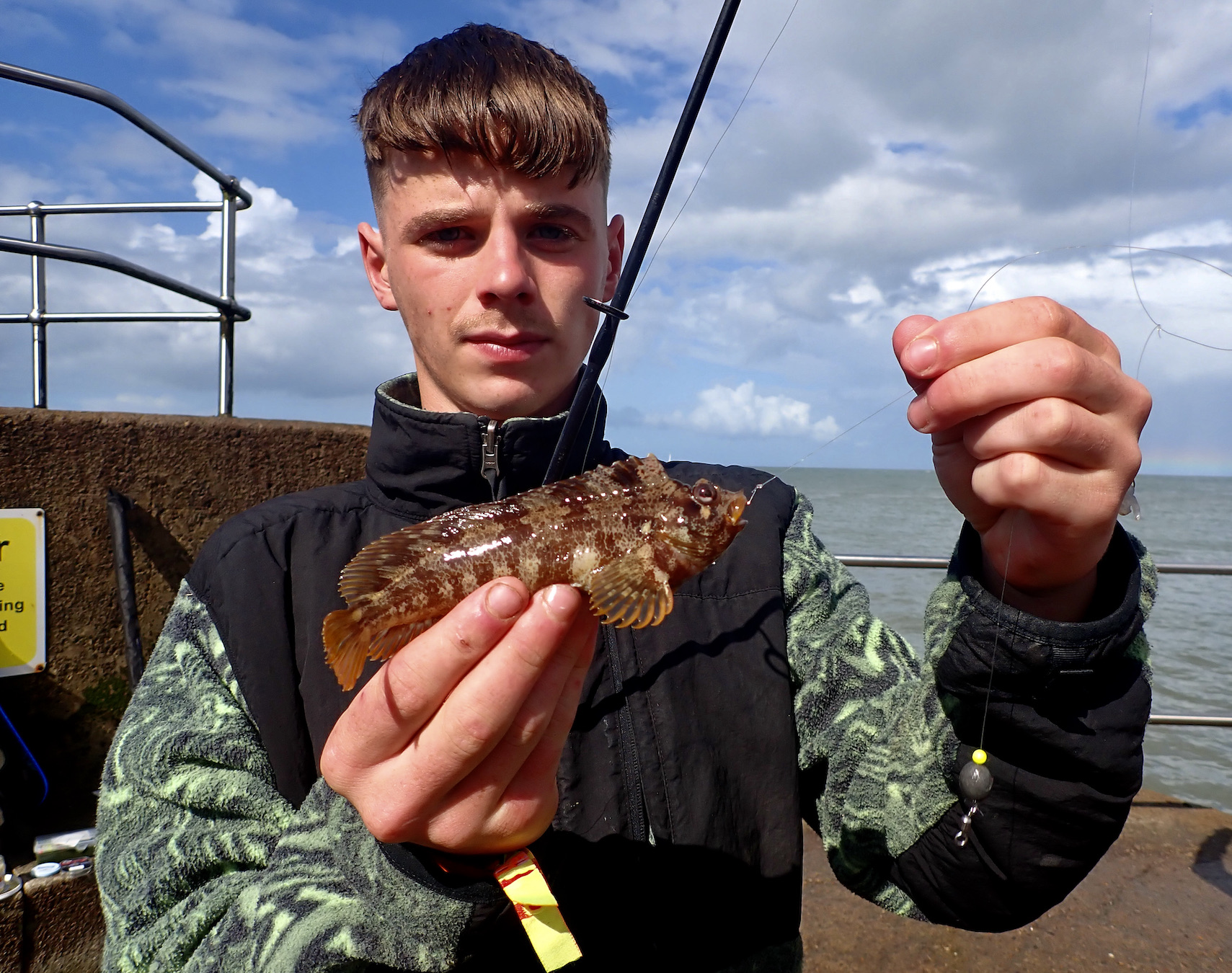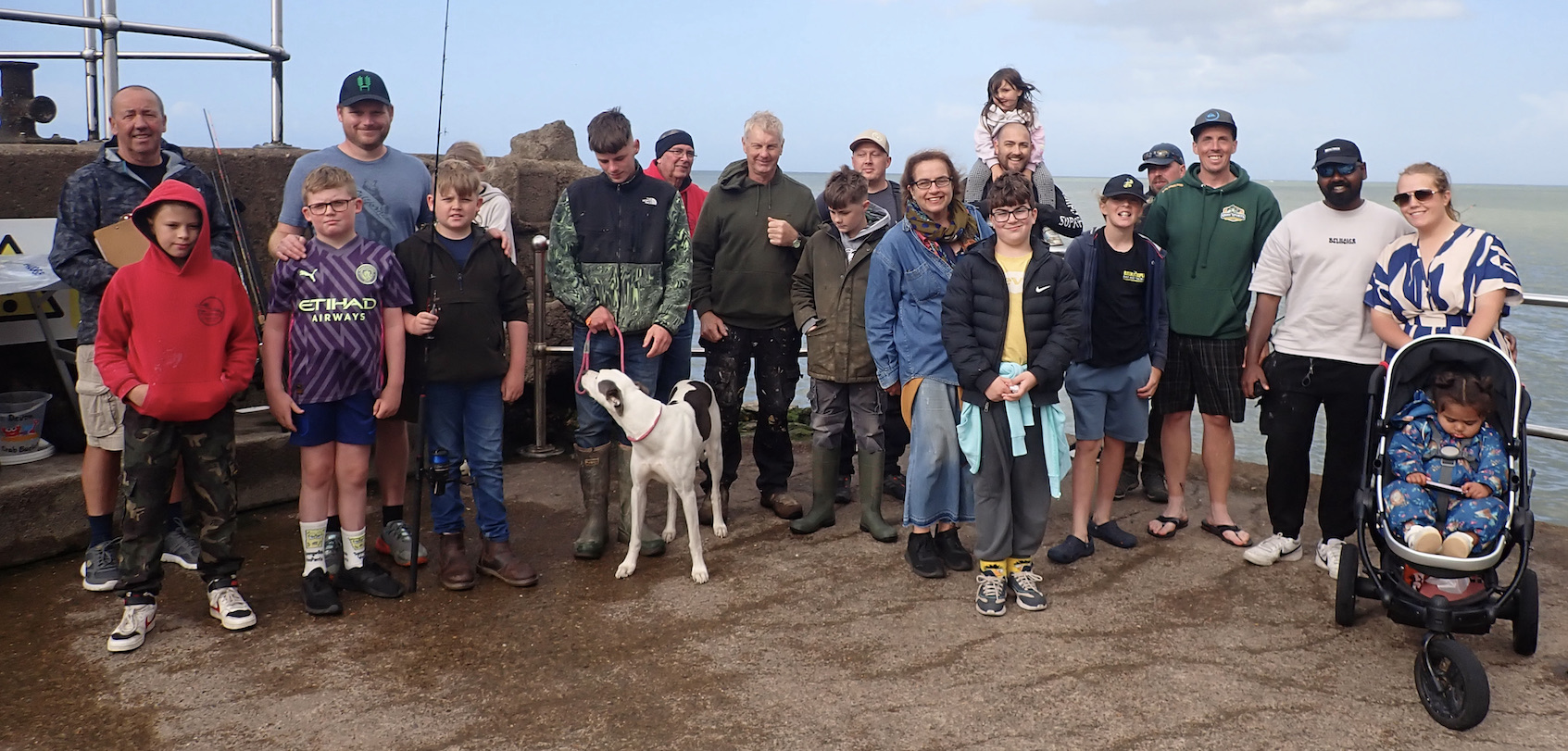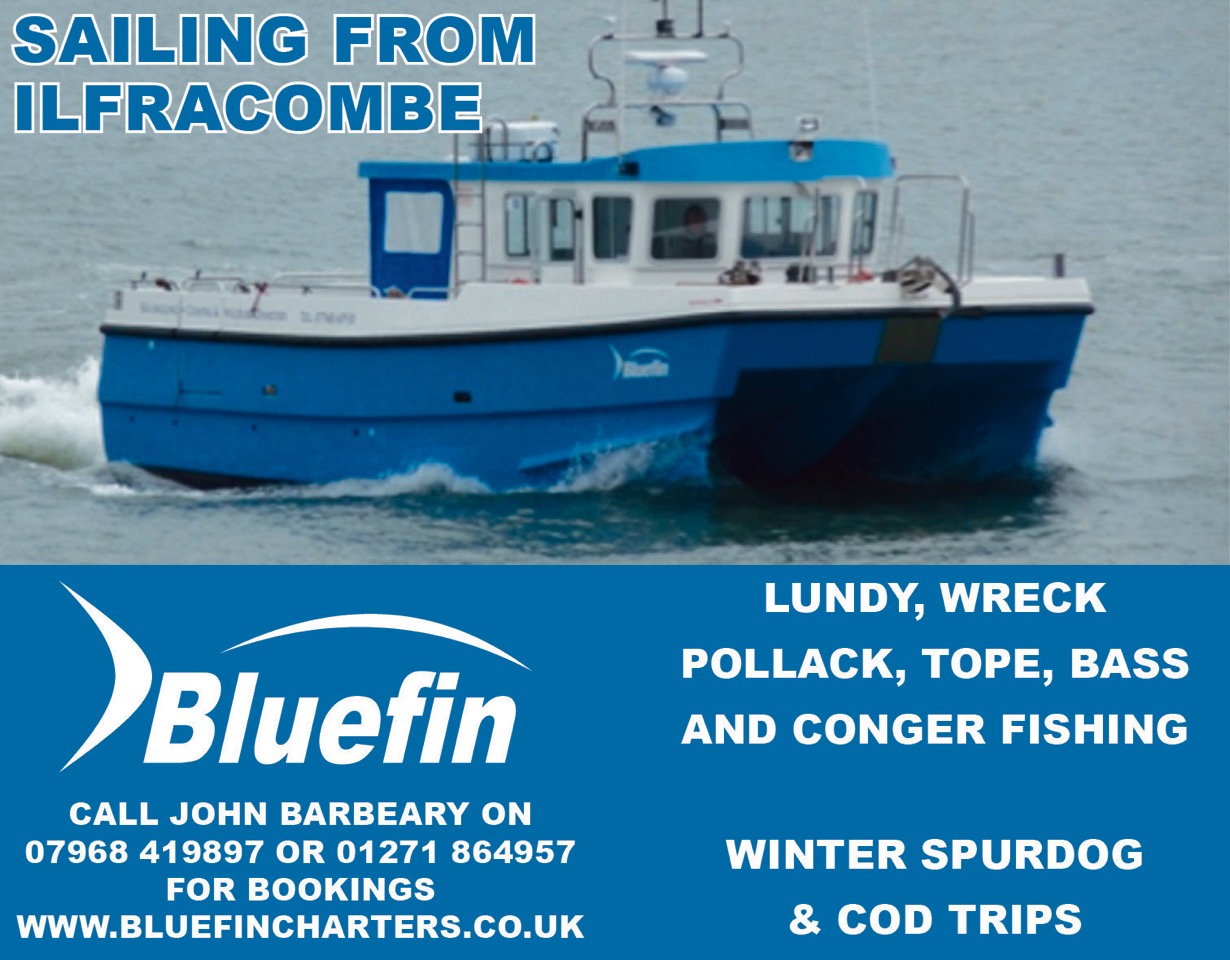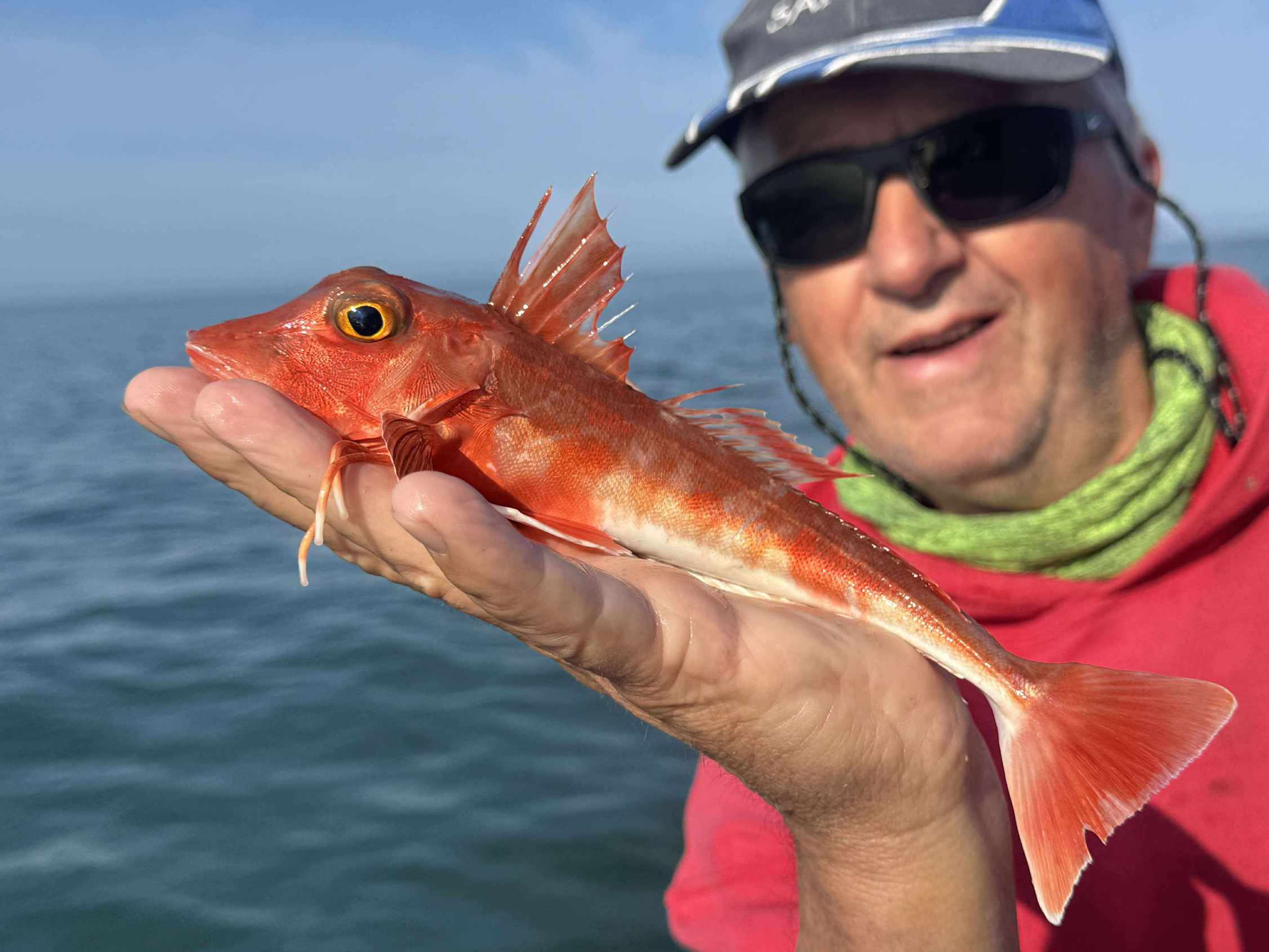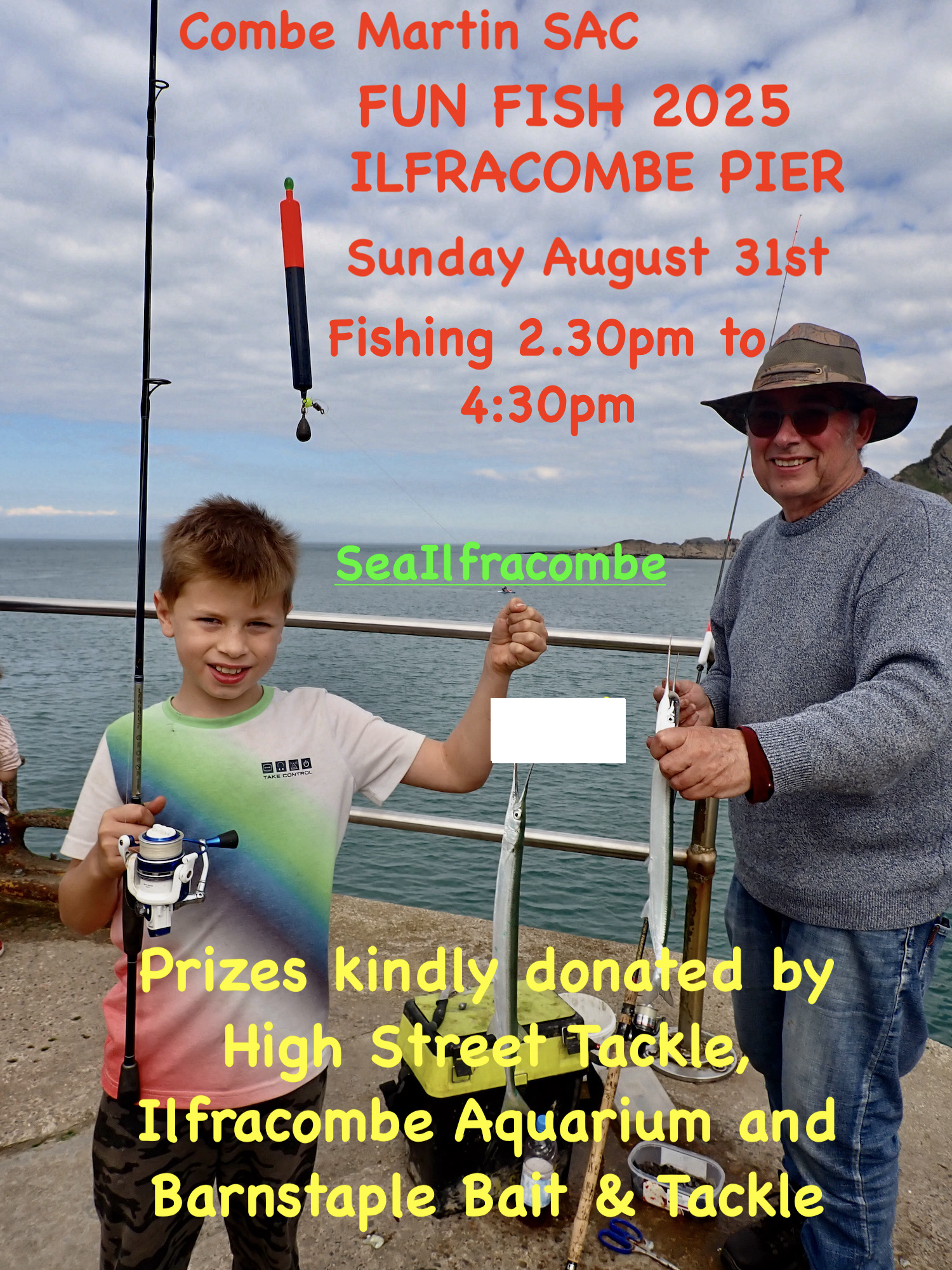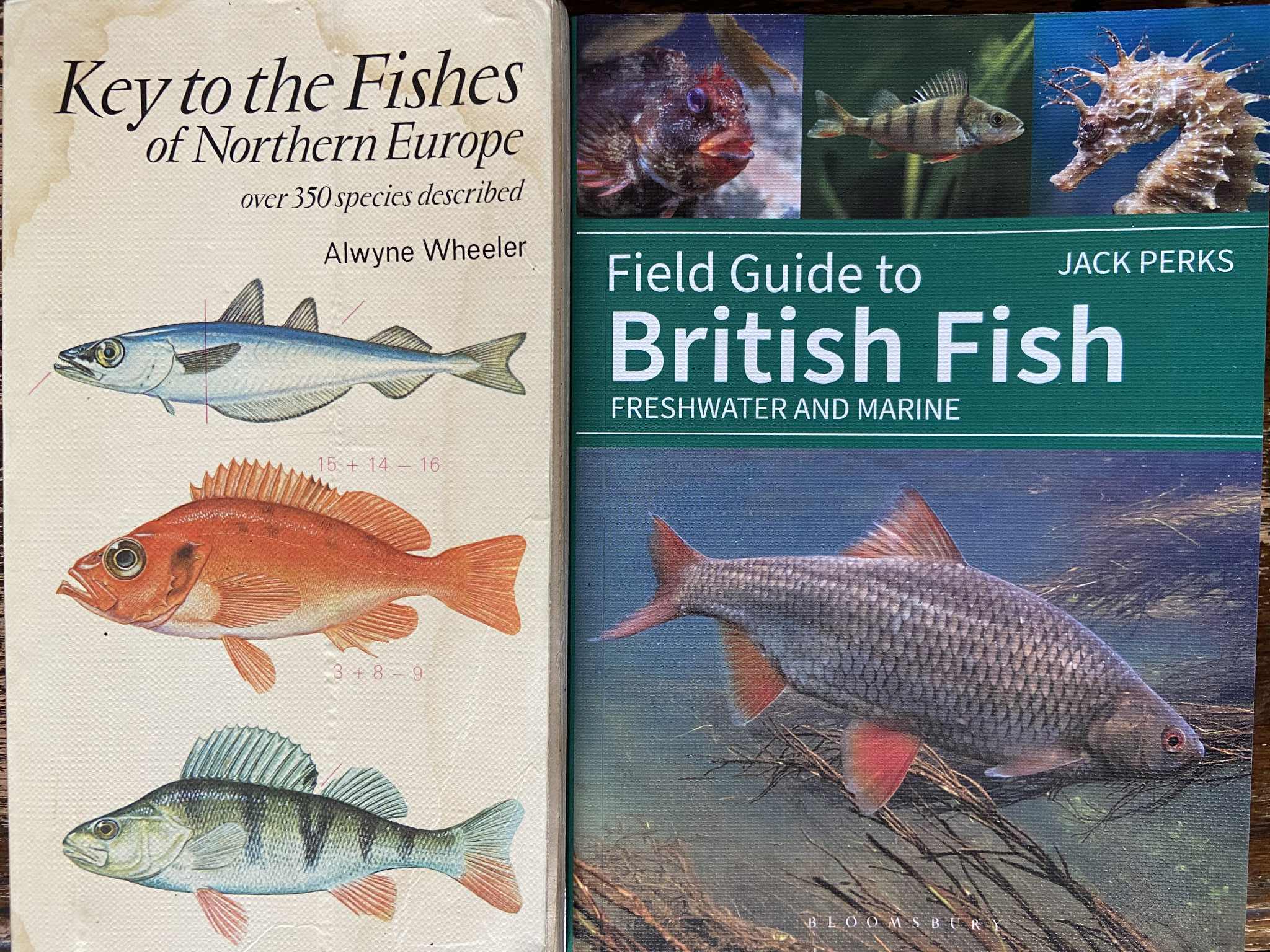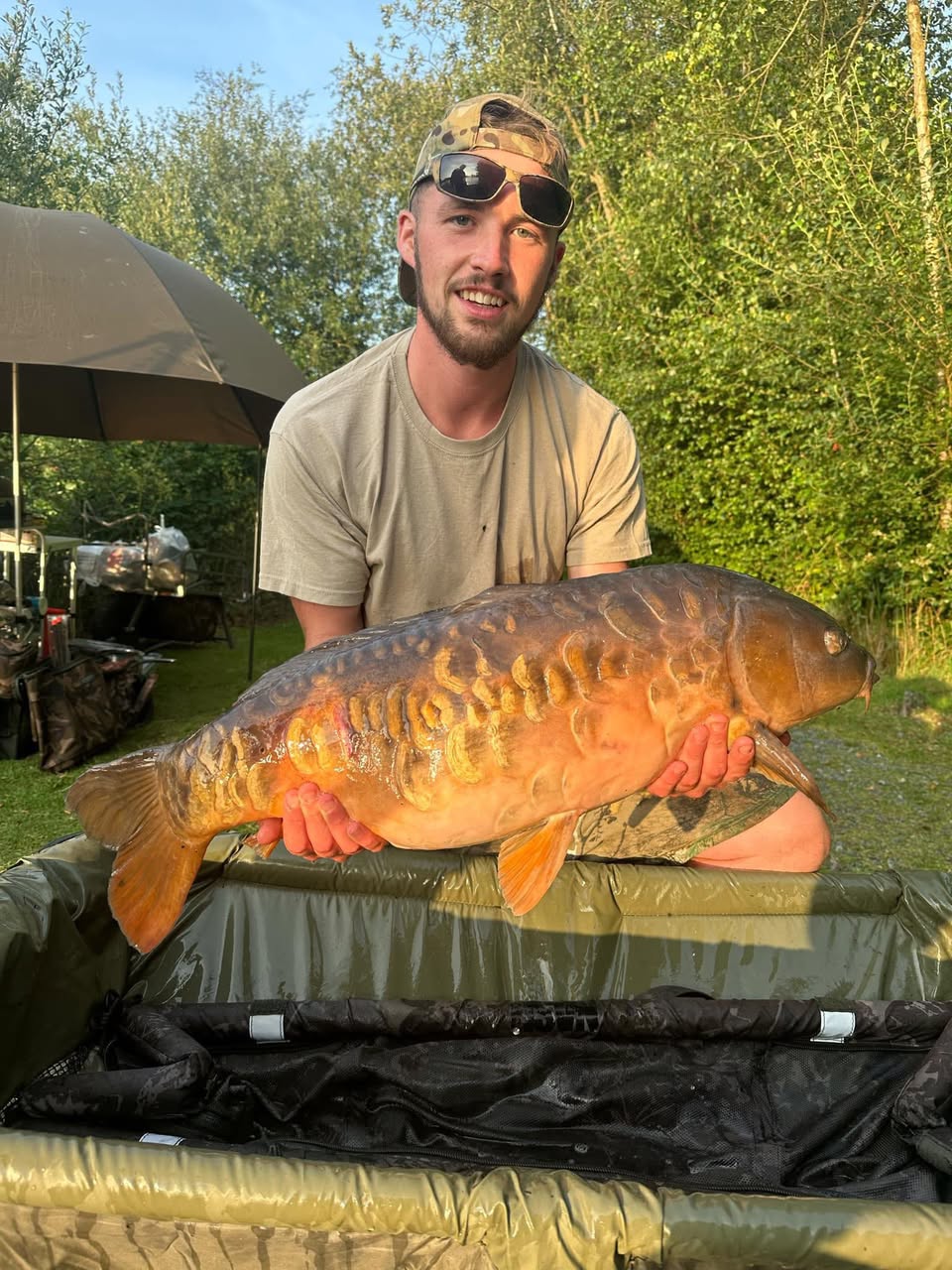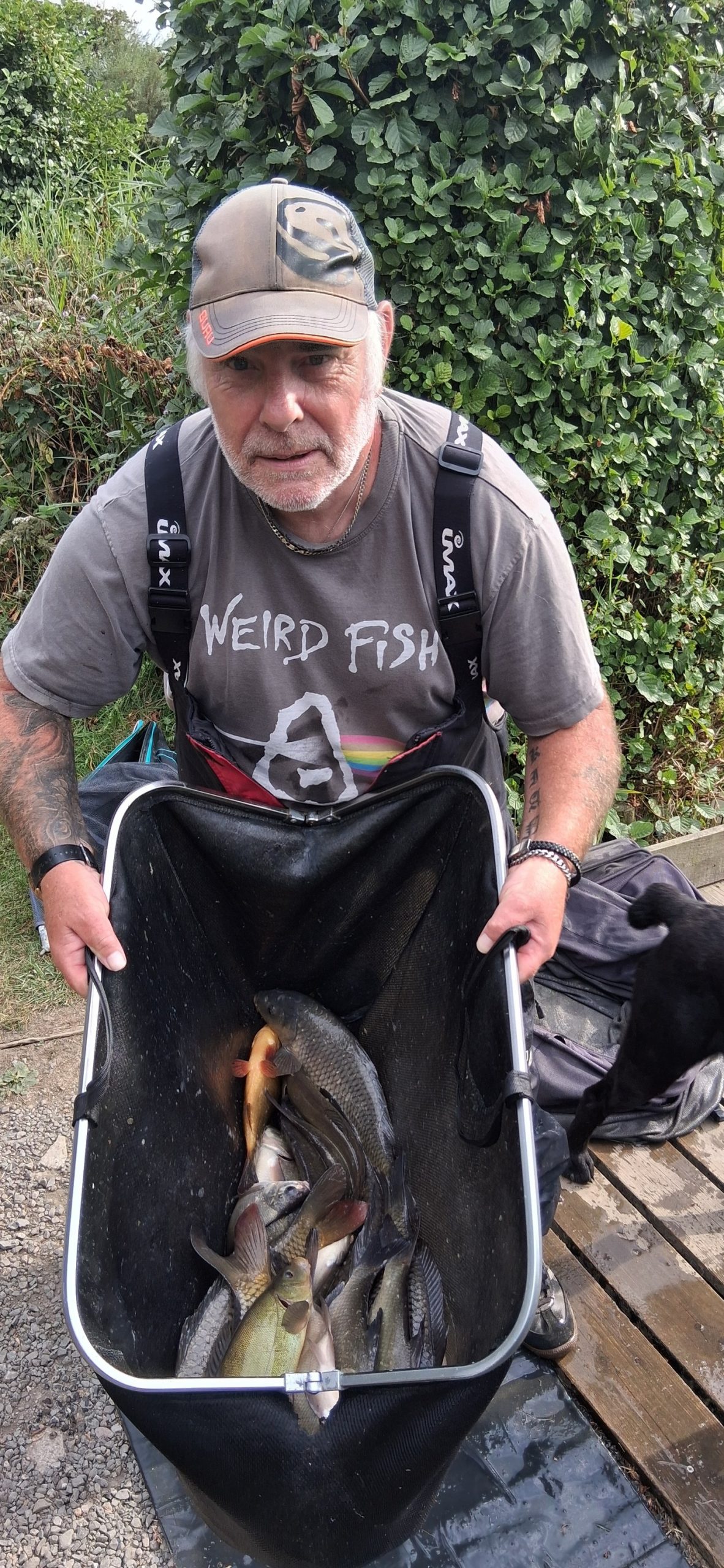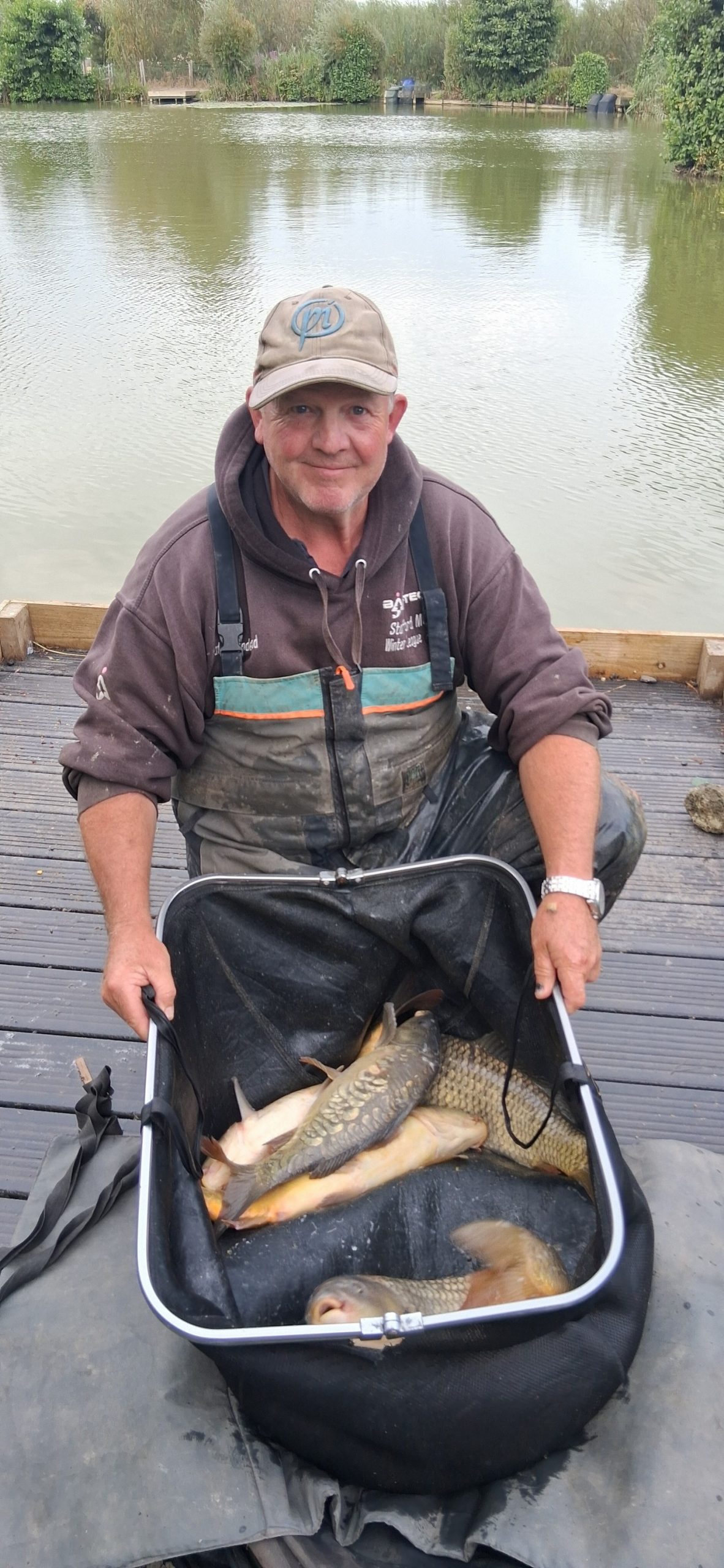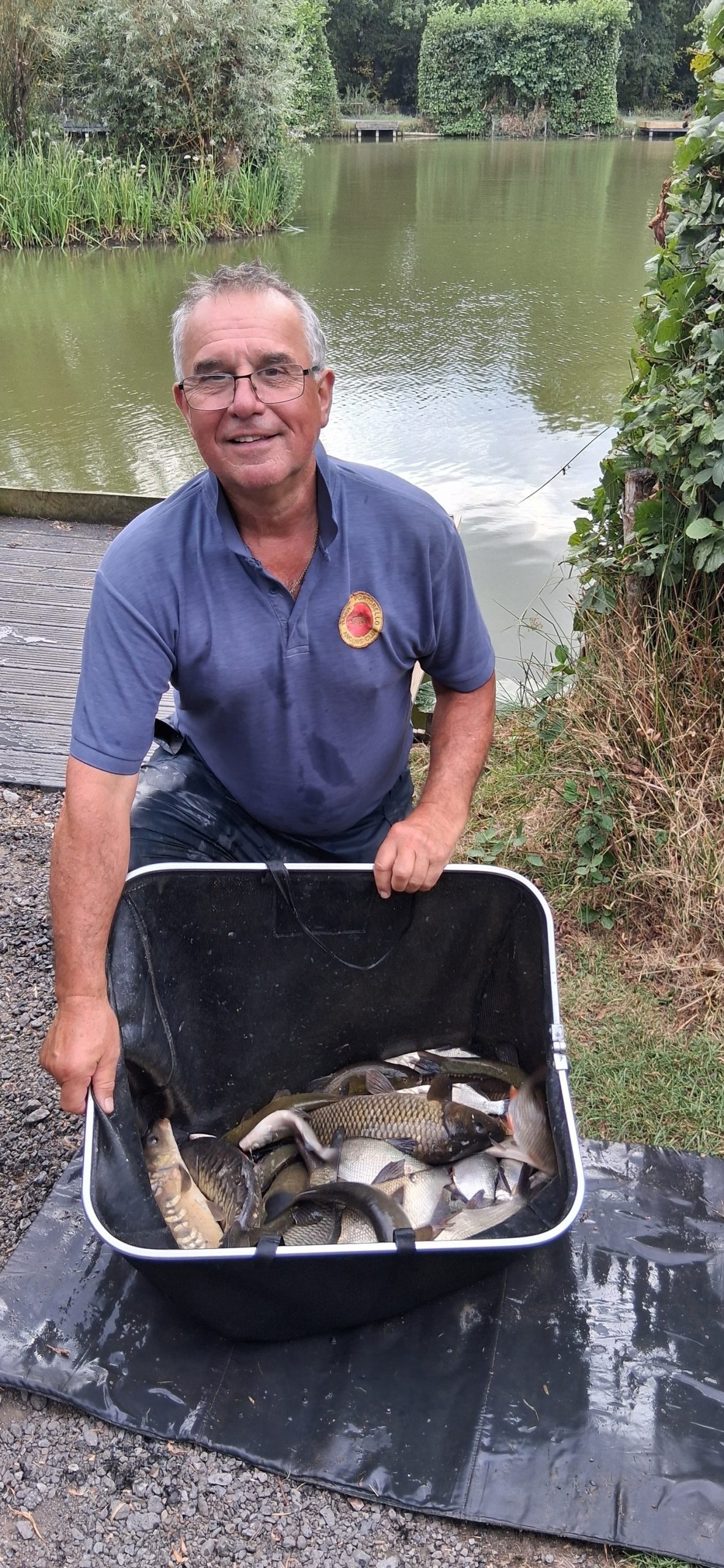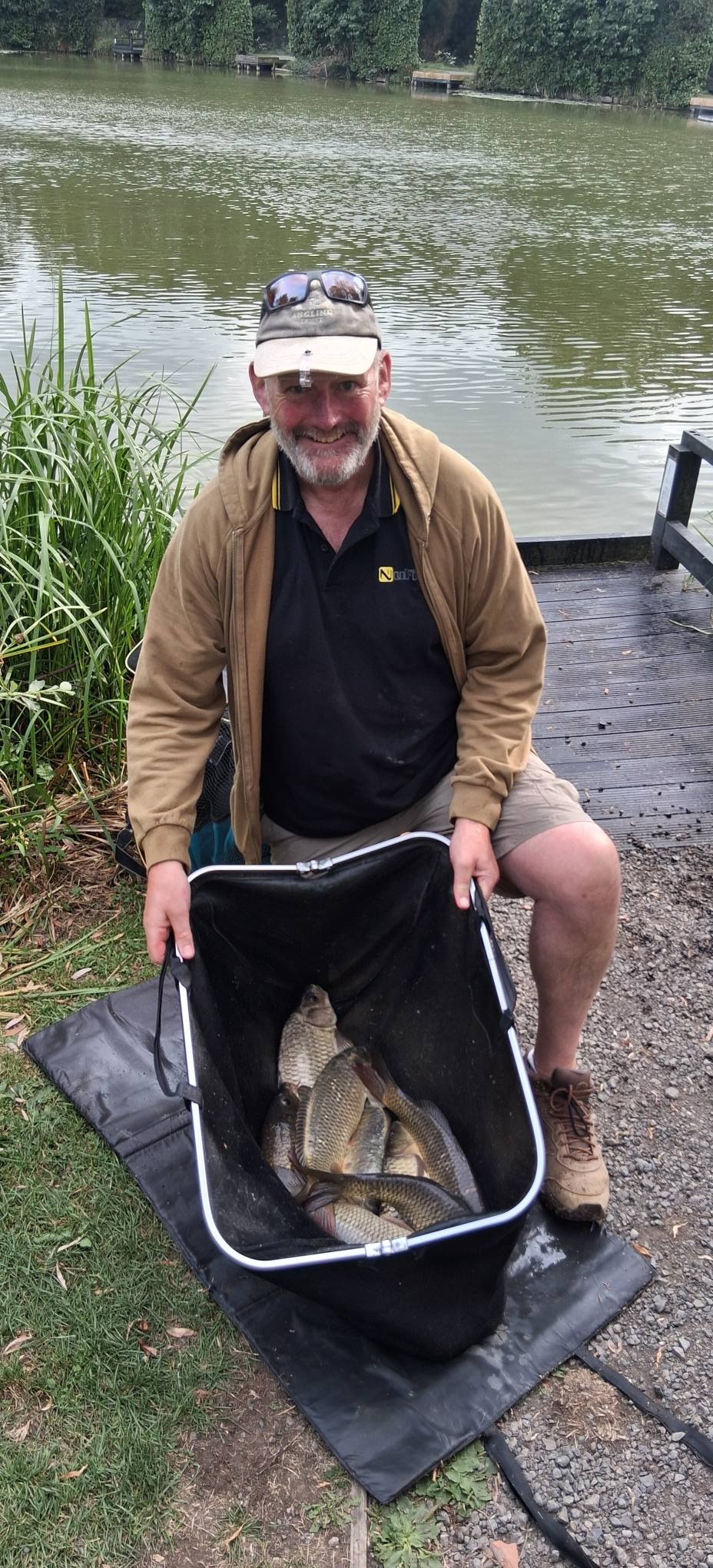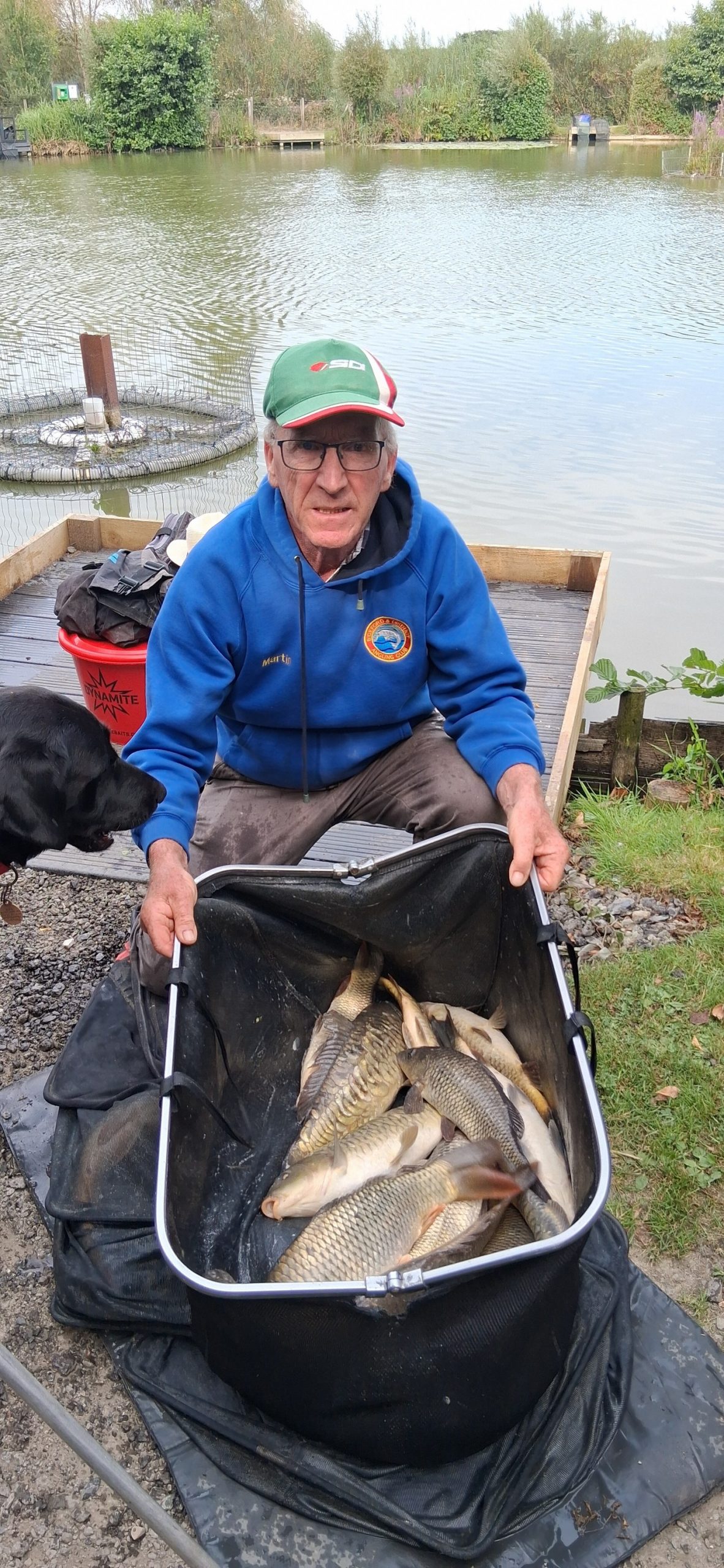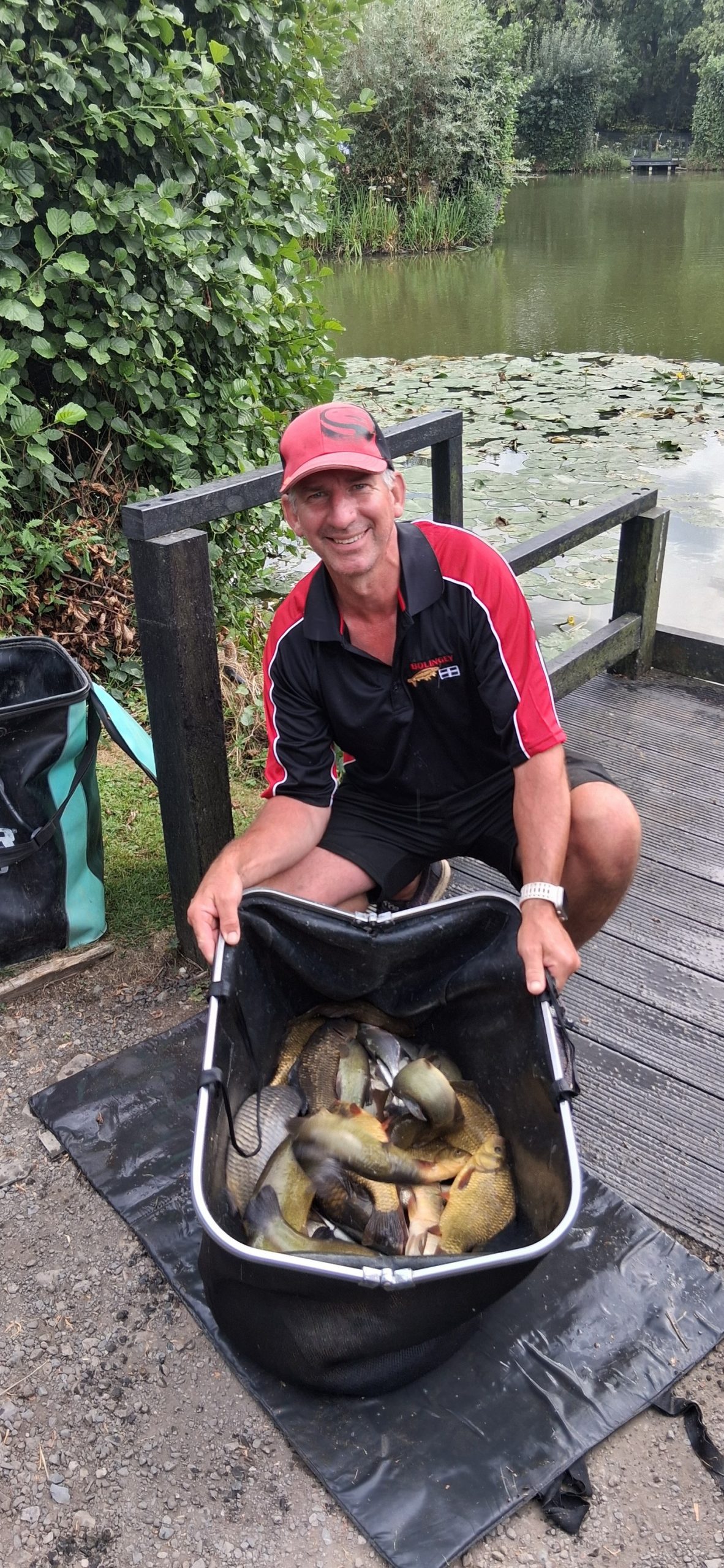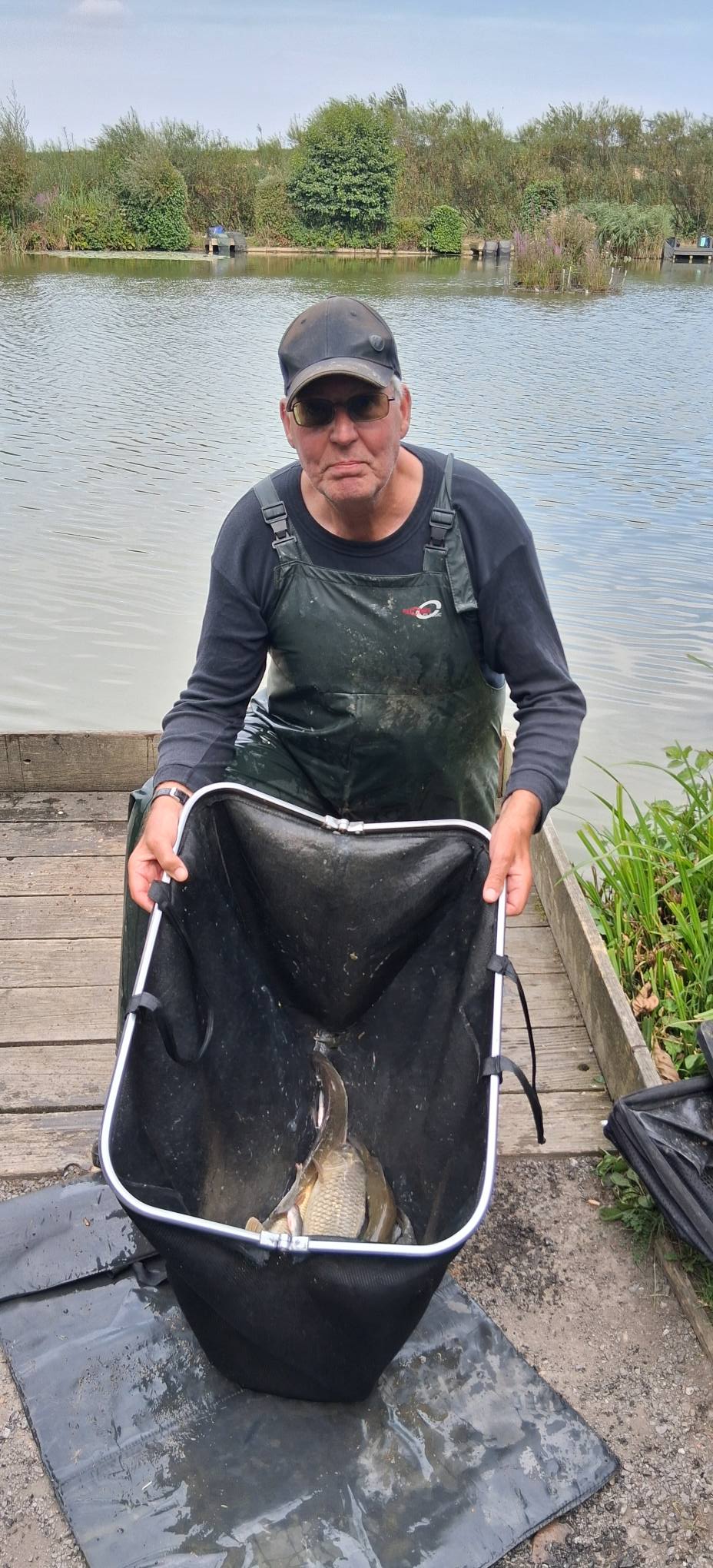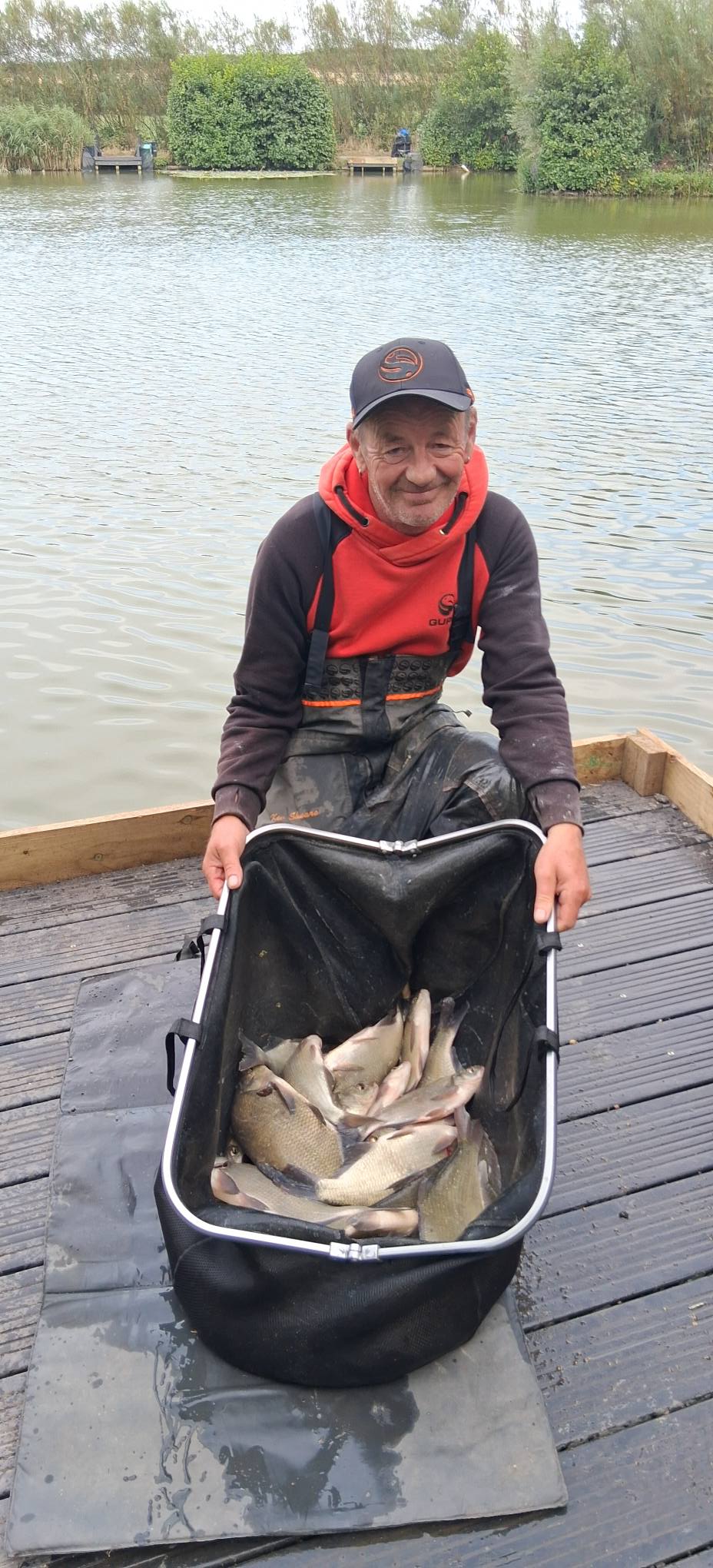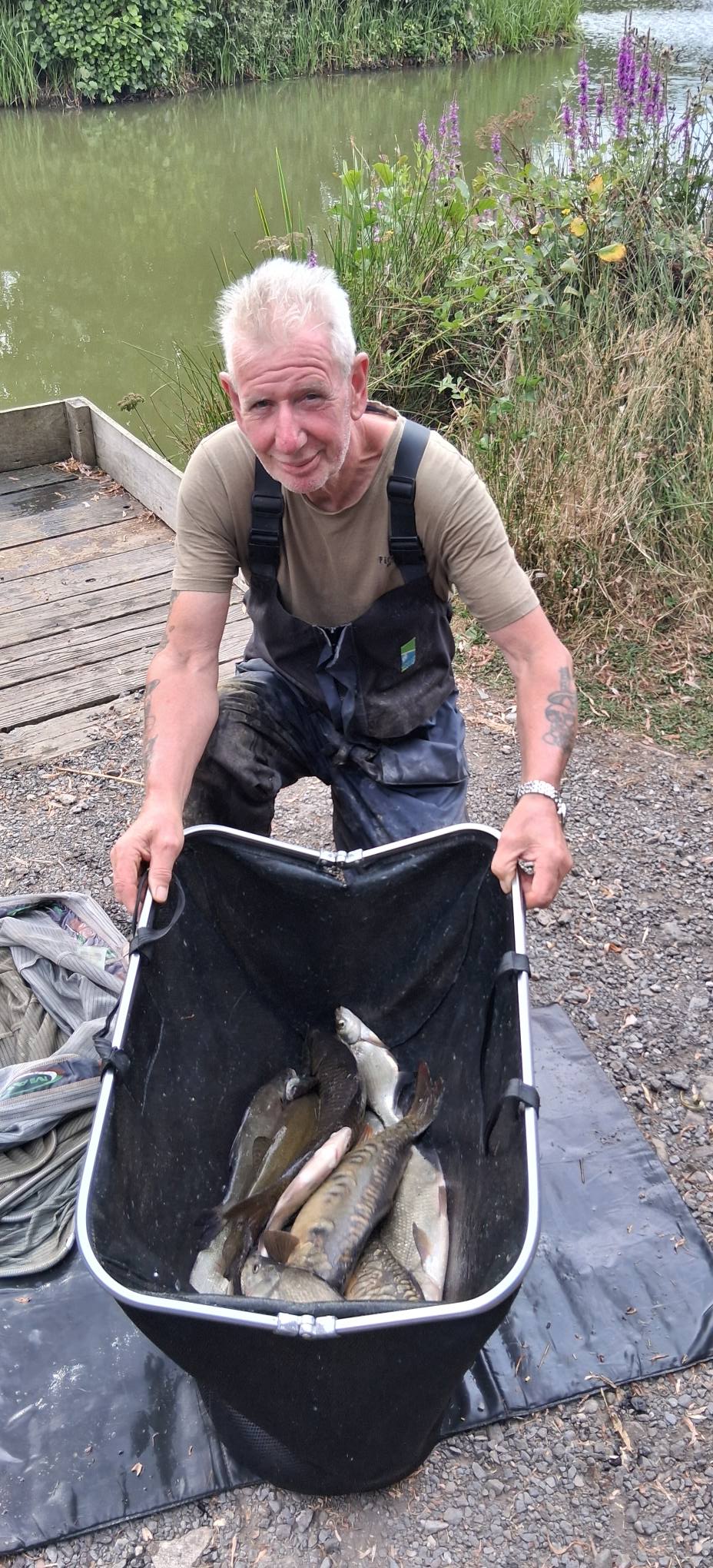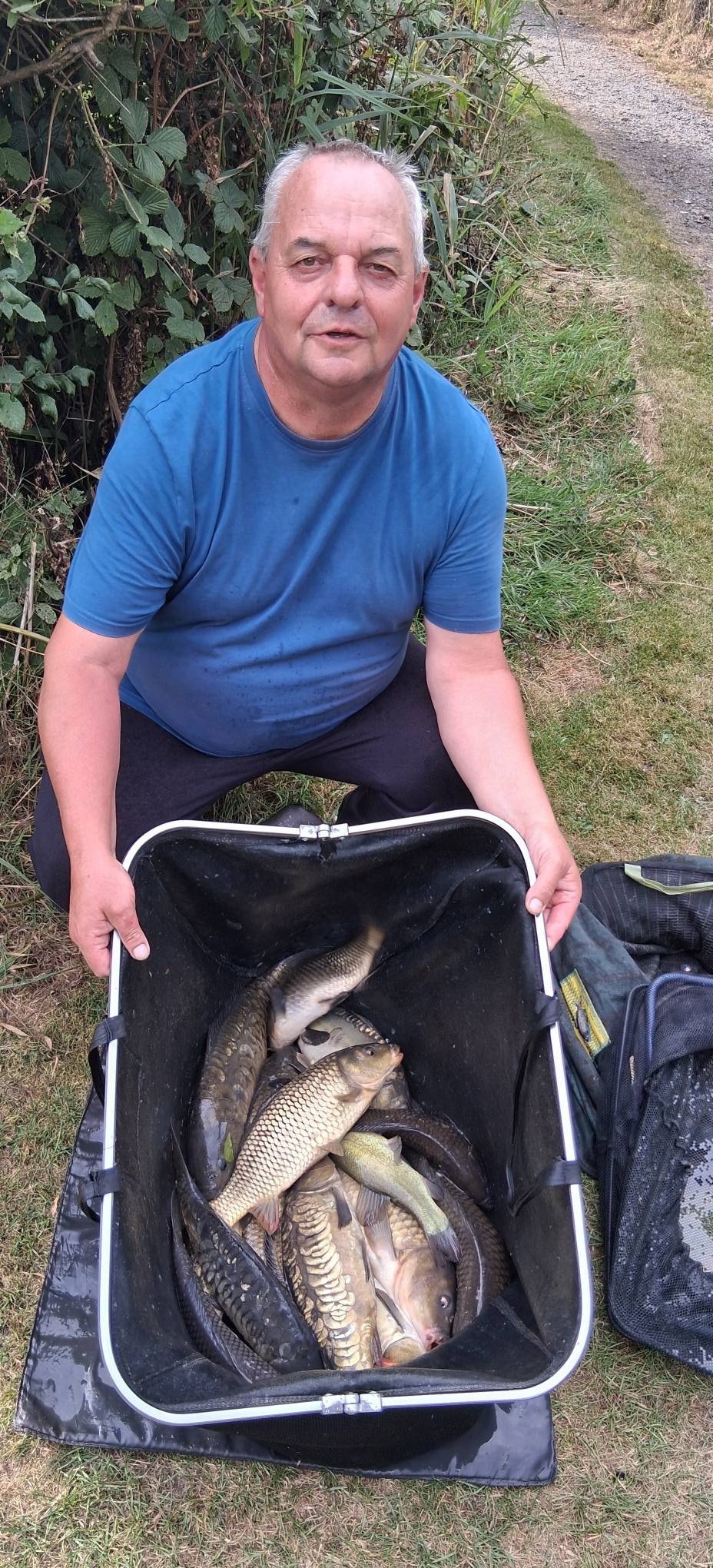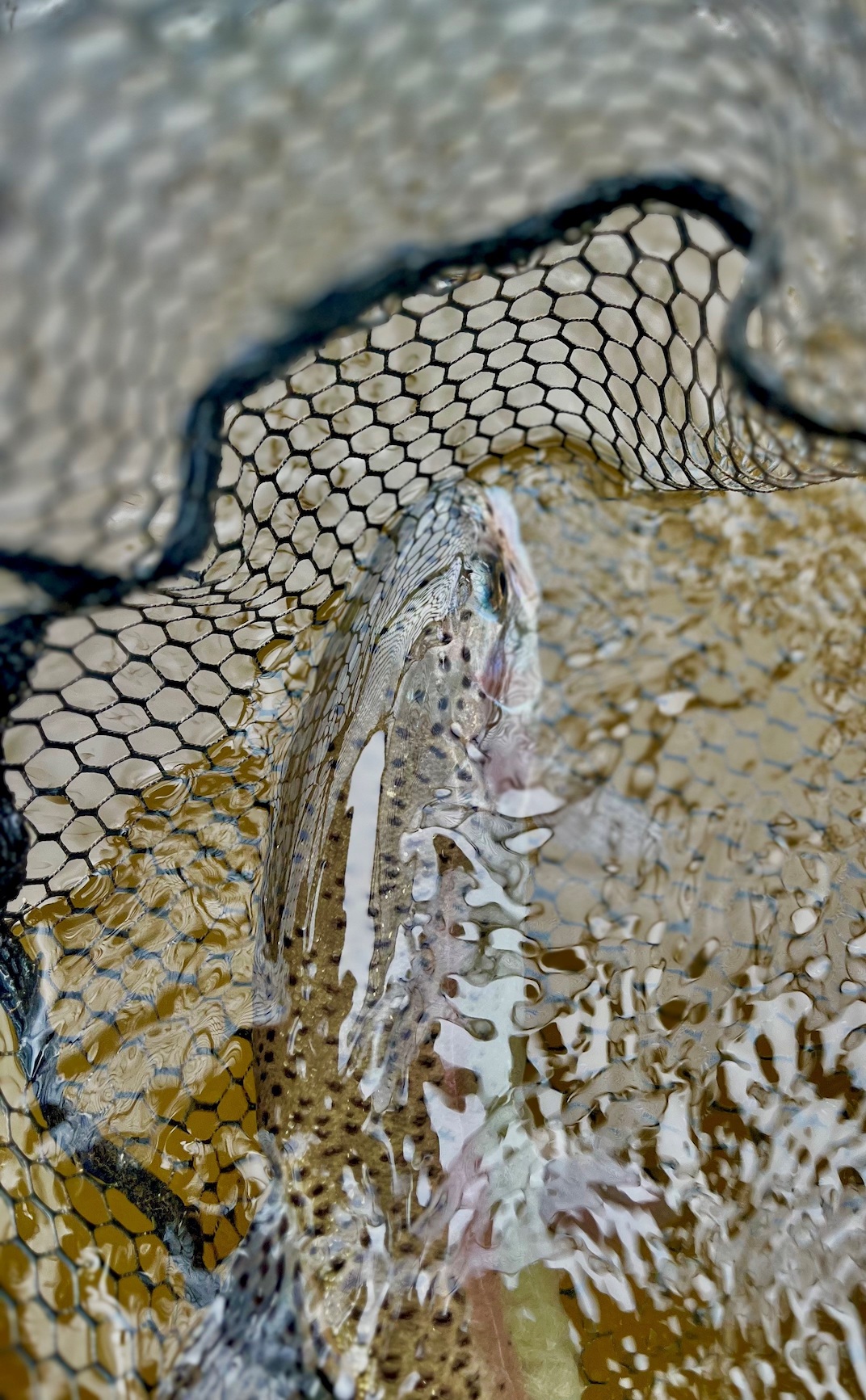
Another hot dry month means that water and air temperatures have continued to rise, while levels continue to fall. Generally fish have been in the cooler deeper water, and fishing from boats (where available) with sinking or intermediate lines has often been the best option.
Fishing:
Kennick – Rods averaged 2.4 fish per visit, with boat anglers having the edge over bank anglers, managing to access the deeper water locations. Sinking, Intermediate or sink tip lines with a variety of retrieval methods (from slow ‘figure-of-eight’ to a fast pull) proved to be the best tactic, fishing the deep water or near the bottom in most cases. The Narrows, Boat Bay, Clampitts Bay, The East Wall, Smithacott, Oak Tree Point and The Causeway all proved to be popular locations. Some fish would rise to take a dry pattern (Foam Beetle, Daddy or Hopper), but most preferred to feed deeper, taking either Lures (Orange or Tequila Blobs, Green and Black or Orange Fritz, White Minnows, Yellow and Orange FABs) or deep nymphs (Buzzers, Damsels, Montanas and Hares Ears). Andrew Algar caught five rainbows to 3lb 7oz in one session, and seven to 3lb on another, fishing from a boat on both occasions, using dark flies and a slow retrieve on sinking lines. Joseph Croy caught five rainbows to 3lb; Graham Roberts and his boat partner caught nine rainbows to 3lb between them, again fishing the deep water. Water temperatures are now up to 21ºC, with the level down to 57% capacity.
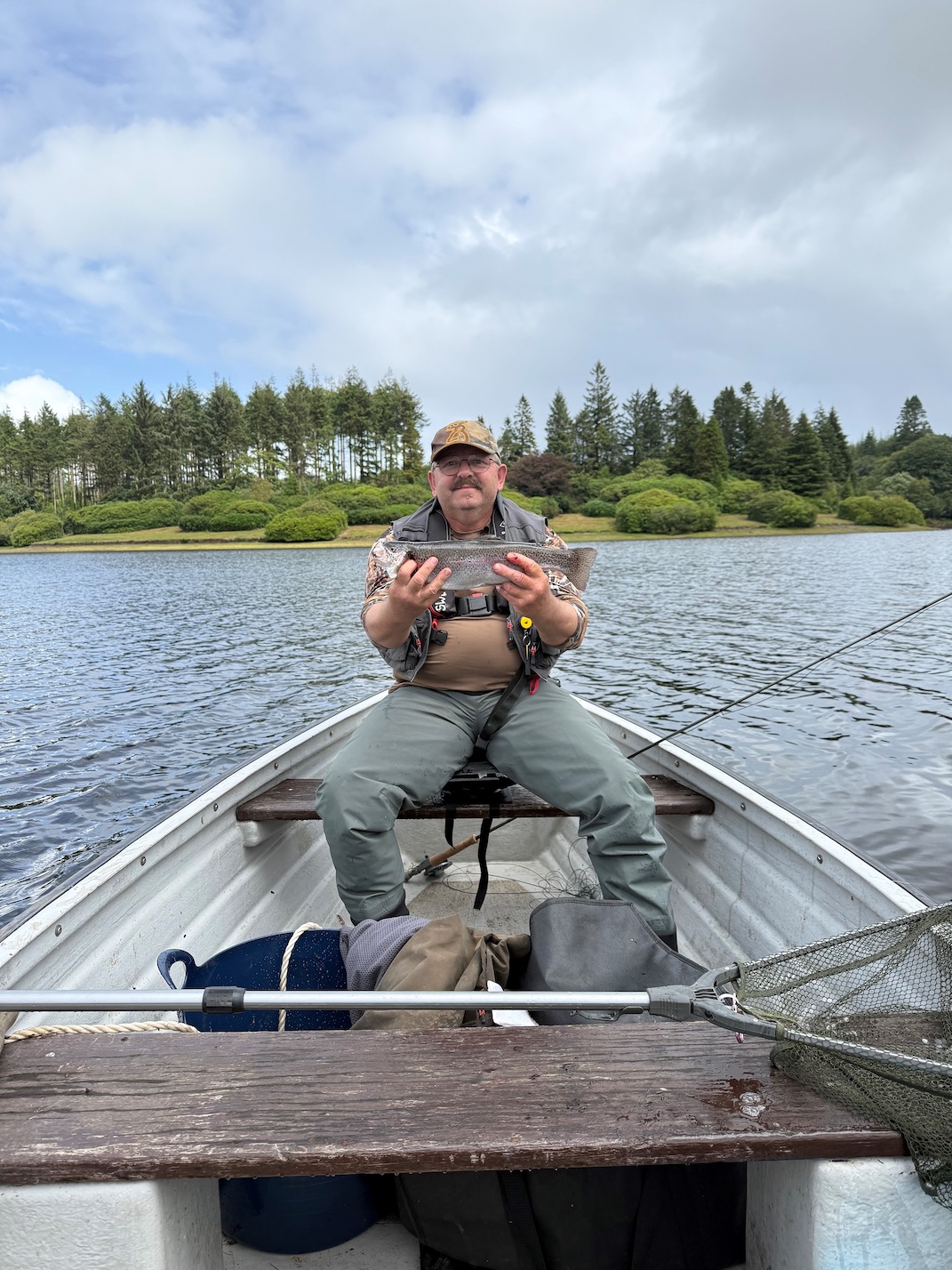
Siblyback – The warmer conditions have proved challenging for anglers, with rods averaging under one fish per visit. A few anglers have found success with a floating line, with the occasional fish rising to a Daddy or Black Hopper, but most fish have fallen to Orange Blobs, Green Boobies or Orange Fritz, as well as some nymph patterns (Buzzers, PTNs, Invictas and GH Montanas), all fished with a medium retrieve on a sinking line. Popular locations included Stocky Bay, Two Meadows, West Bank and the deeper water by the dam. Levels are now down to 56% capacity.
Burrator – Levels were down to 45% capacity by the end of the month, thus opening up additional areas to bank anglers. In spite of the warm conditions, anglers enjoyed some excellent sport, averaging 3.2 fish per visit, which included some great bags of up to ten fish. The best locations included Lowery Point, Longstone, Sheepstor, Bennetts, The Pines and Pig’s Trough. Fish fed throughout the water column, with anglers catching on Floating, Intermediate and Sinking lines, generally using a fast retrieve. Successful dry patterns included Black Gnats, Claret Hoppers, Sedges, Bobs Bits and Foam Daddies. Otherwise, Damsels, Buzzers, Diawl Bachs and Montanas took the sub-surface feeders, as did lure patterns such as Tequila Blobs, Orange Blobs, Vivas, Cormorants and Boobies. Al Green (from Plymouth) caught ten fish in one session, fishing early in the morning, with feeding fish showing on the surface – he fished with floating and intermediate lines and a fast strip or fast ‘figure-of-eight’ retrieve. Richard Peel also netted ten fish from a boat. Kevin Sellar (from Plymouth) caught a bag of nine rainbows, as did Nick Forrester. Levels are at 45% capacity at time of writing.
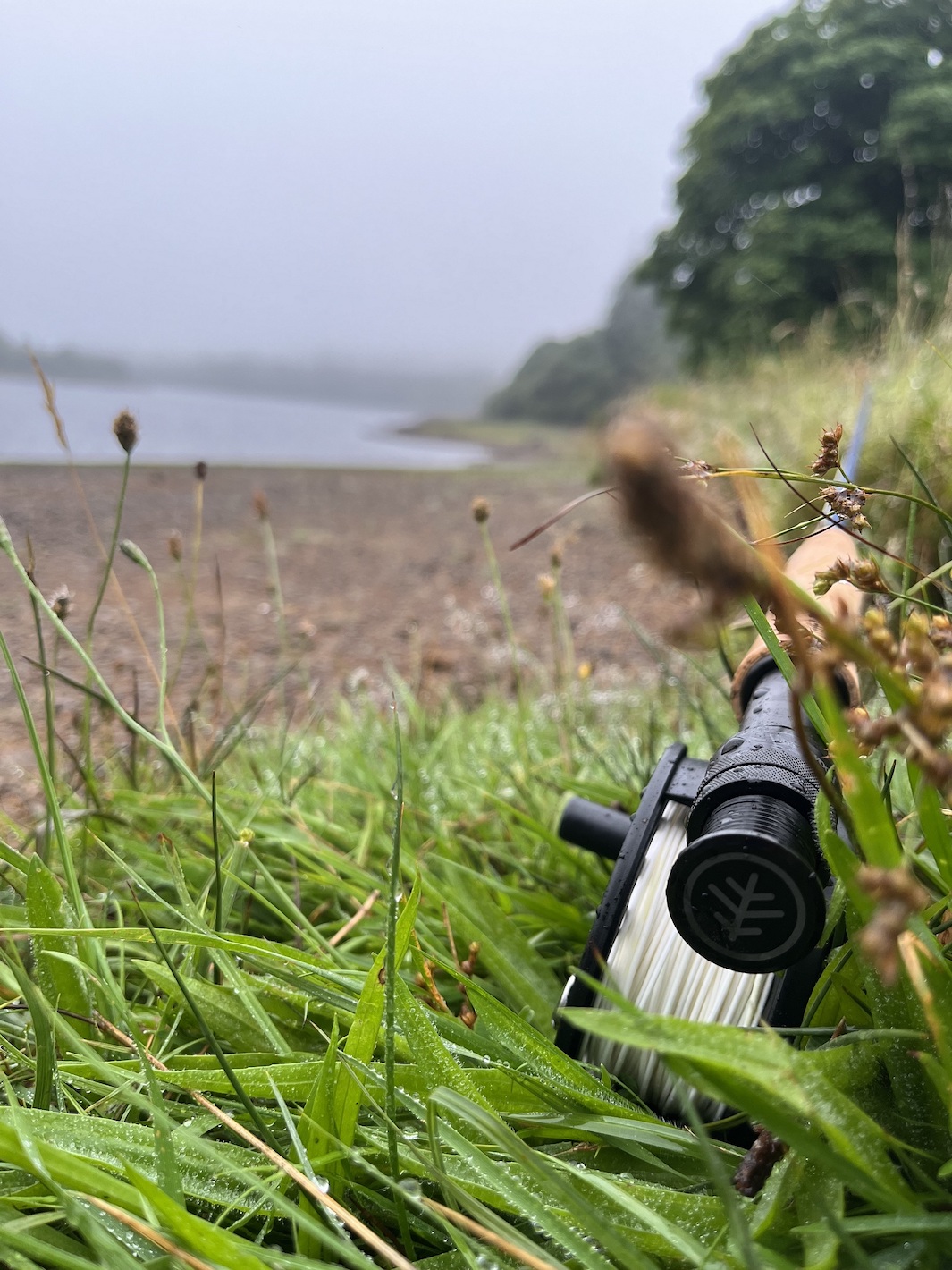
Stithians – Anglers managed just under one fish per rod, mainly using floating or sink-tip lines, with fish being caught at Pub Bay, Goonlaze, Yellowort, Ray’s Reach and Pipe Bay, generally between four and five feet down. With fish coming up to the surface, Beetles, Black Gnats, Daddies and Hoppers all caught trout, while deeper feeders took Montanas, Diawl Bachs, Buzzers and Soldier Palmers. Levels are now down to 65% capacity.
Colliford – This month anglers averaged just under two browns per visit, with most anglers favouring floating lines with a variety of retrieves. Productive banks included Lord’s Waste, Menaridian, Stuffles and the deeper water by the dam. Dry patterns were popular, with fish taking Beetles, Orange Daddies, Claret Hoppers, Deer Hair Sedge and Dry Red Ants; successful sunk patterns included Soldier Palmers, Peter Ross, Zulus and Black Pennells.
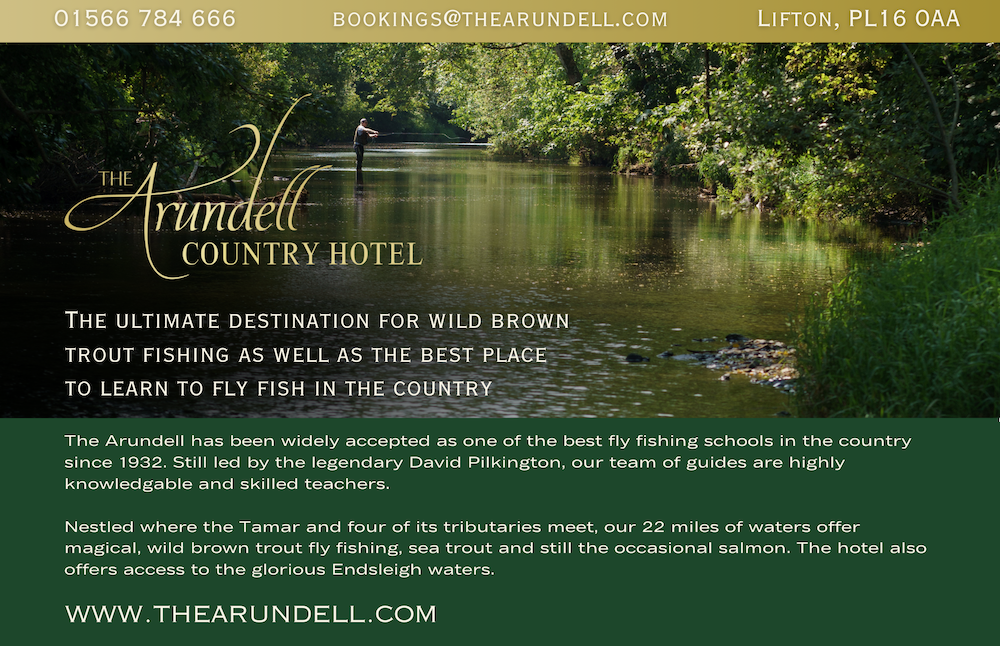
Fernworthy – Anglers averaged 1.2 fish per visit this month, with most fish being caught off Lowton, Permit Hut, Thornworthy, Brownhills and the South Bank. Floating lines proved to be the order of the day, with Sedges, Black Gnats, Daddies and Bibio Hoppers catching rising fish, while Diawl Bachs, Buzzers and Black Pennells took the deeper feeders. There has been a good hatch of buzzers in the evenings. Water levels are now down to 83%.
Roadford – It proved to be a quiet month at Roadford with anglers averaging 0.6 fish per visit. Fish were found at Grinnacombe, Shop Bay, Davey’s Bank and the deeper water by the dam, with nymph and wet patterns catching most fish (Buzzers, Invictas, Black Pennells and Soldier Palmers). Water levels are at 77% at the time of writing.
Please see the Trust’s website (www.swlakestrust.org.uk/trout-fishing) for more information on buying tickets, boat availability and booking, and forthcoming events.
